The best wireless earbuds, all real-world tested: I've covered wireless buds for 10 years, and these are the best for all budgets
Our reviewers spent well over 600 hours testing the earbuds in this guide: here’s my definitive verdict
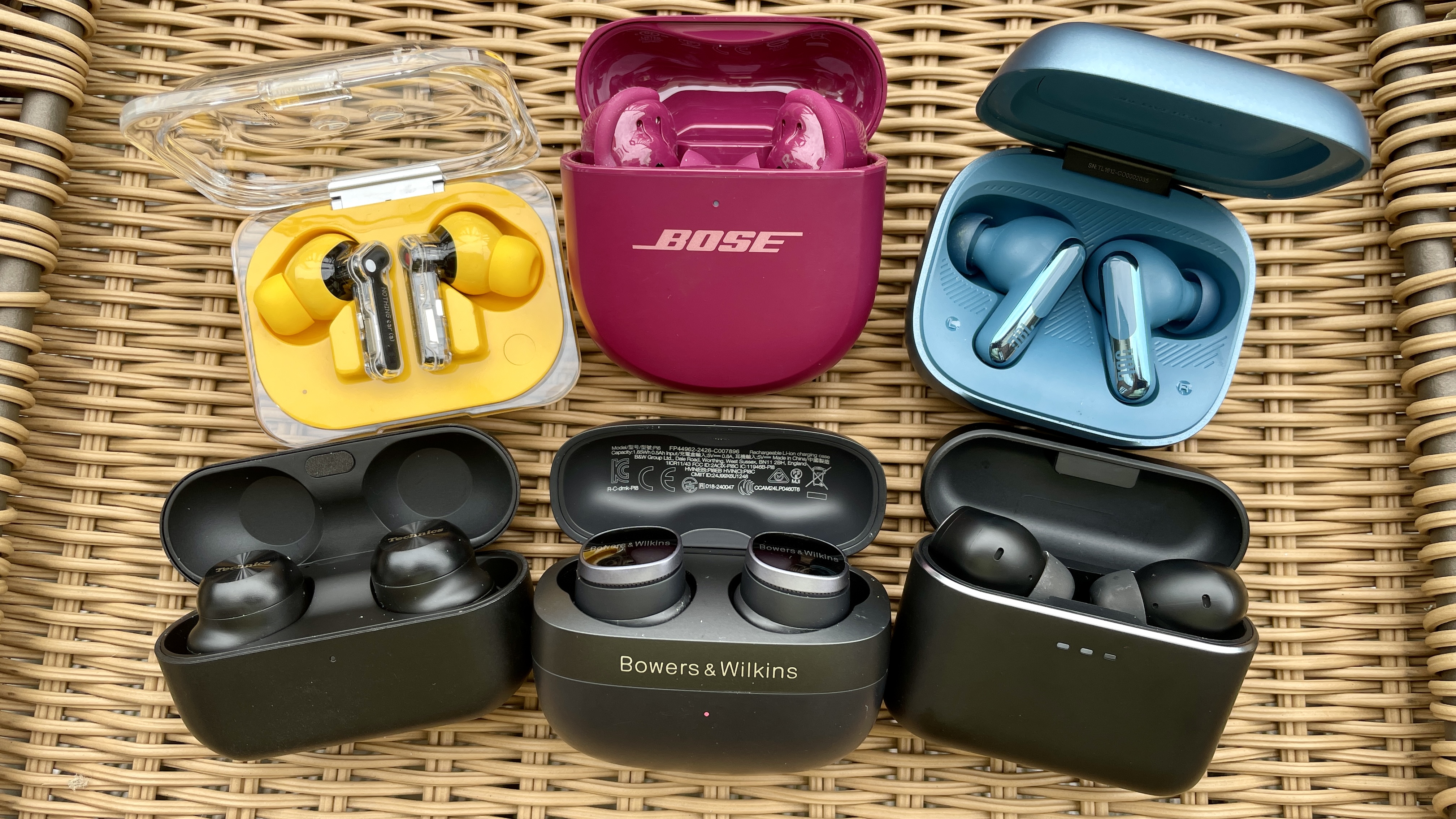
I’ve been managing our best wireless earbuds guide for more than five years, and testing earbuds for over a decade, which means I know how to find the right pair at the right price among all of 2025’s great options.
I put this guide together with TechRadar’s Audio Editor, Becky Scarrott (formerly of What Hi-Fi?) to make choosing your next pair of earbuds easy. Every set of earbuds below has been selected by one of us, based on 600 hours of testing between us and our team of expert reviewers using our rigorous earbuds testing methodology.
Below we’ve included everything you need to know, including budgets, phone platforms, varying levels of audio quality demands and more. As there are so many discounts to look out for, we've also included the real-world prices you should aim for. We simply want you to find a pair you love at a great price.
The quick list
Want to cut to the chase and find out which wireless earbuds are the best? Here's our roundup of choices. You can jump to a more detailed review of every pick from here, along with our price comparison tool to help you find the best deals.
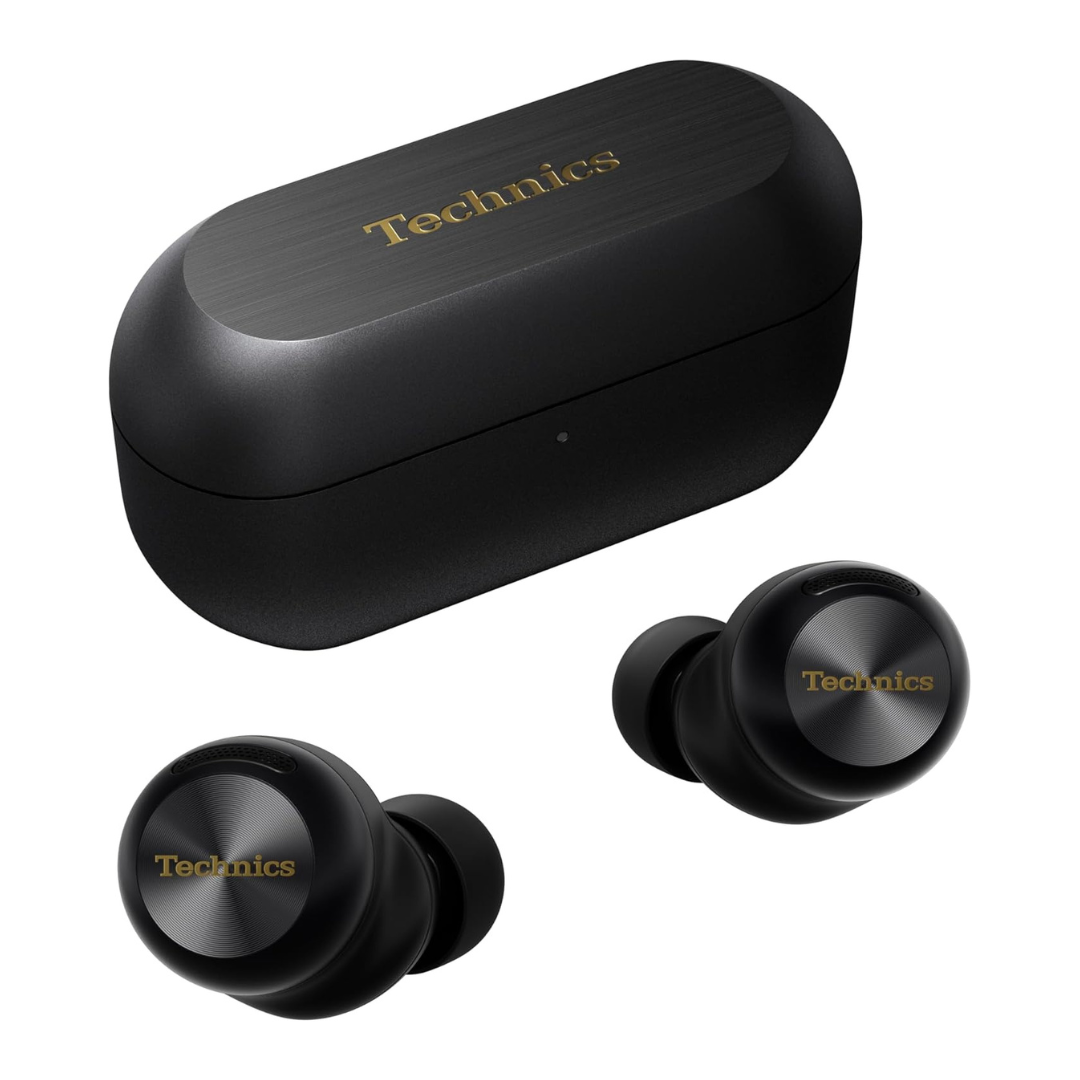
The best wireless earbuds overall
These highly accomplished buds are all-rounders, delivering excellent sound, strong noise cancellation, and features like triple-point connectivity. Comfortable, versatile, and great across the board, they’re easily our top pick.
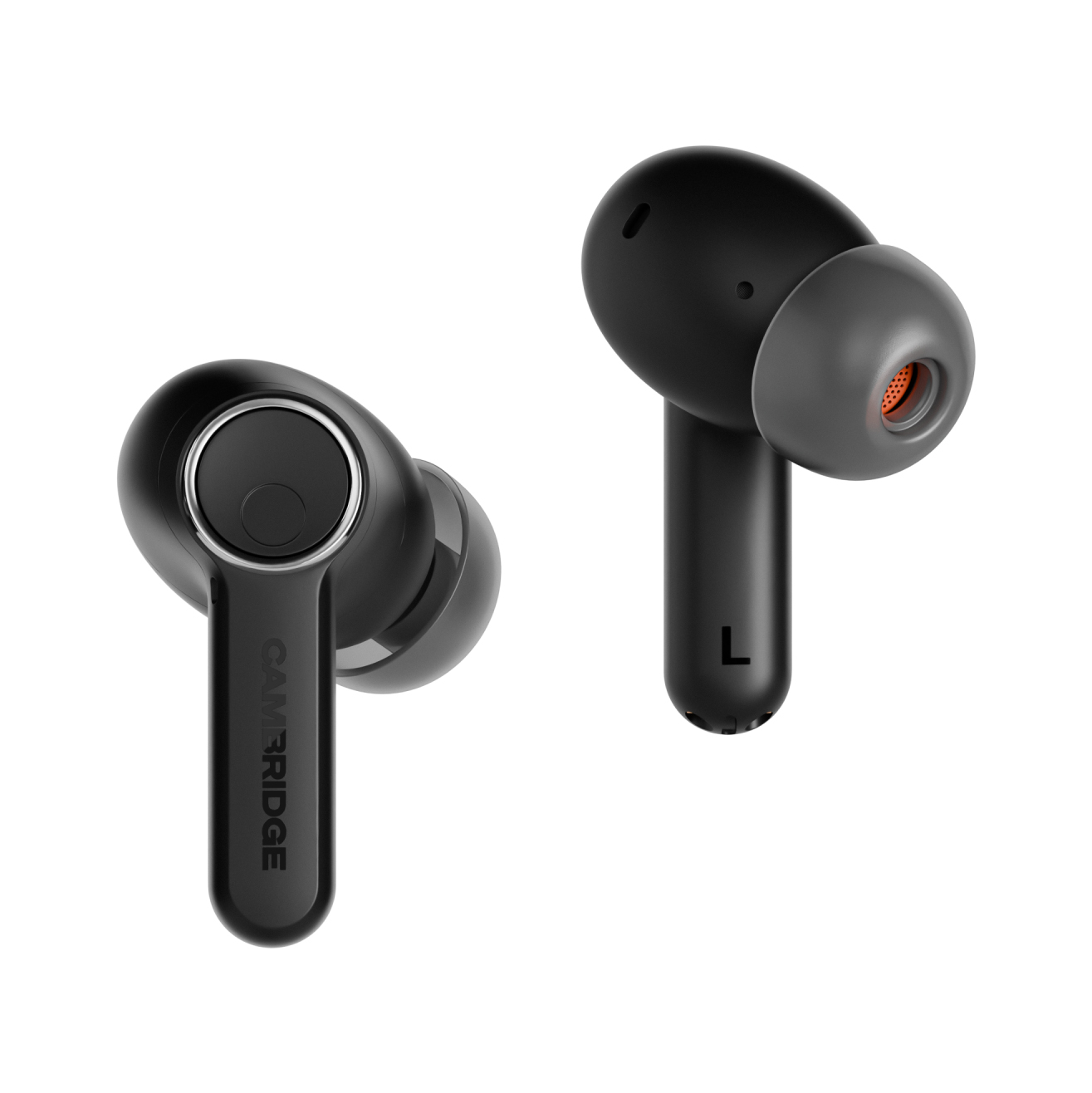
The best mid-priced wireless earbuds
We gave these buds a rare 5-star score in our review – and for good reason. In terms of build quality, features and, most notably, performance, they far exceed expectations for the price. An easy recommendation.
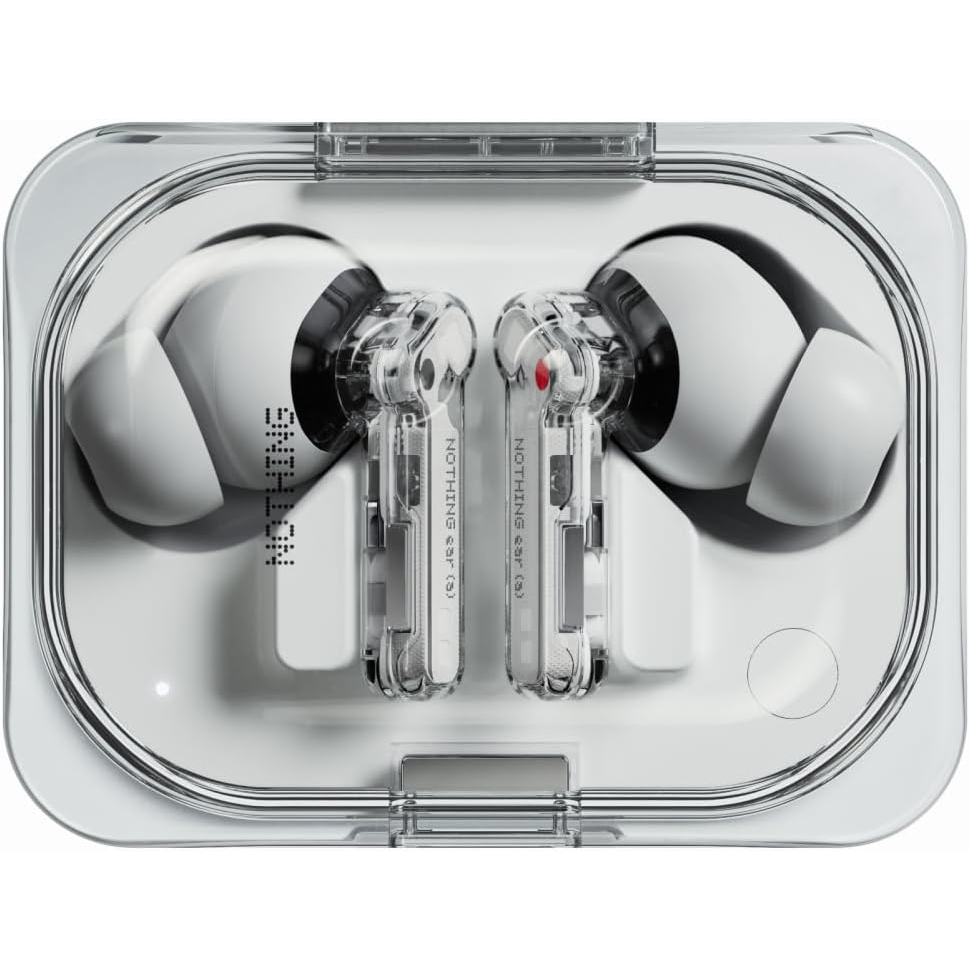
The best budget wireless earbuds
Nothing delivers fun and expansive audio, high-quality active noise cancellation, good app-based features, and the company's signature cool design, all for a fantastic budget price.
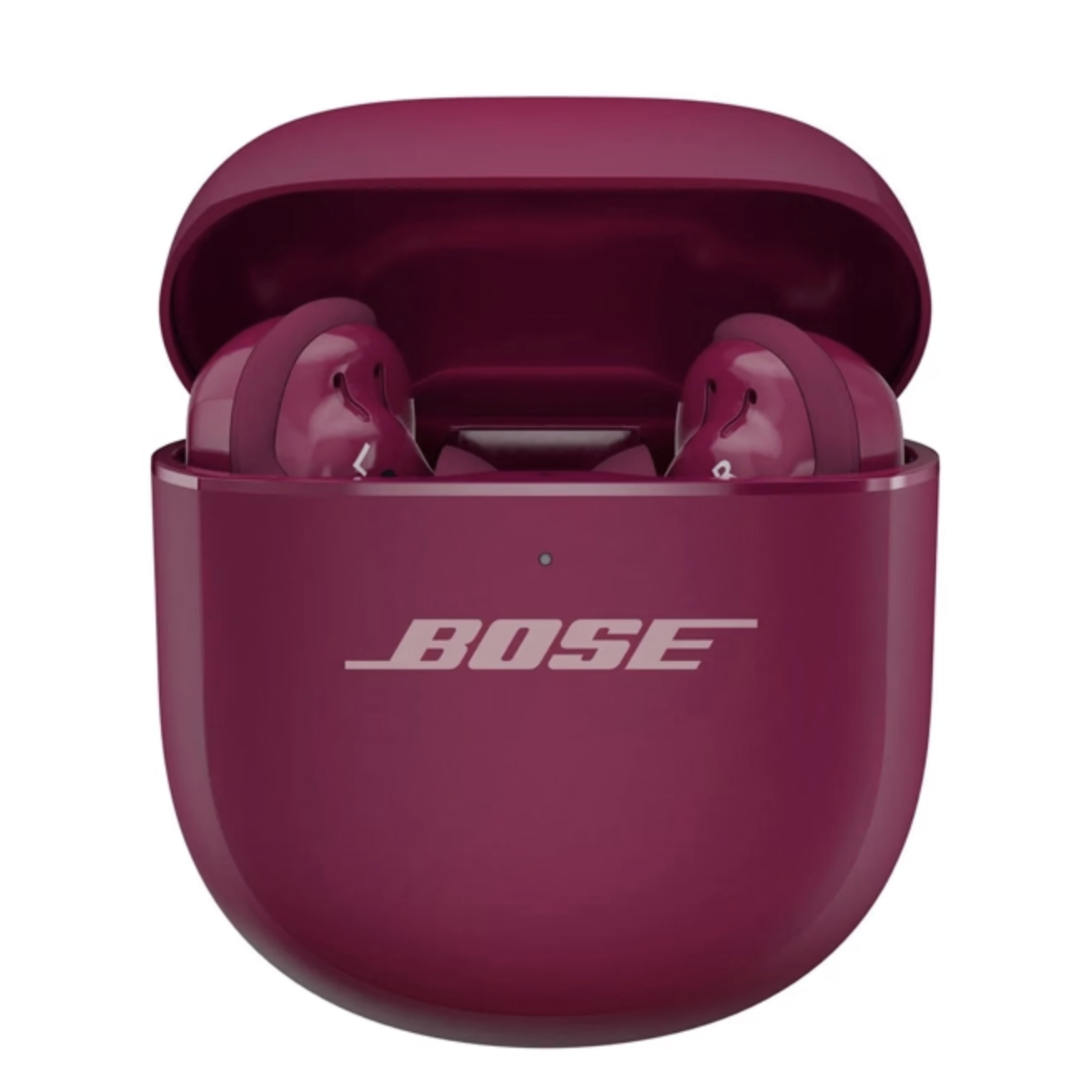
The best wireless earbuds for noise blocking
The new best-of-the-best for noise cancellation, and with a really enjoyable and lively sound to match. Despite being slightly chunky, they comfortable and secure in the ear, too.
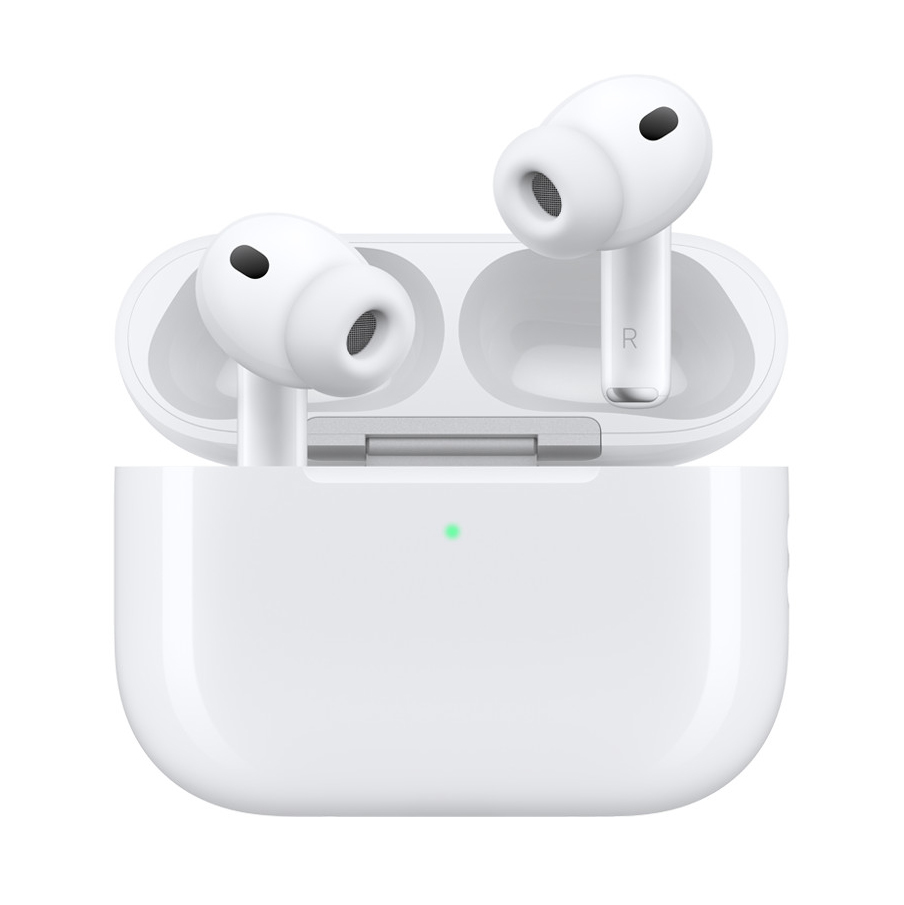
The best wireless earbuds for Apple fans
Apple’s latest Pro buds improve on their predecessors in almost every way – they’re comfier, more secure, have better ANC, and even include a heart rate monitor. If you’re already in the Apple ecosystem, they’re a no-brainer.

The best wireless open earbuds
Open earbuds are booming, and these rank among the best-sounding pairs we’ve tested, and are very well-priced. They're also very comfortable, though there's no ANC and the app is a pain to load on Android.
Load the next products...
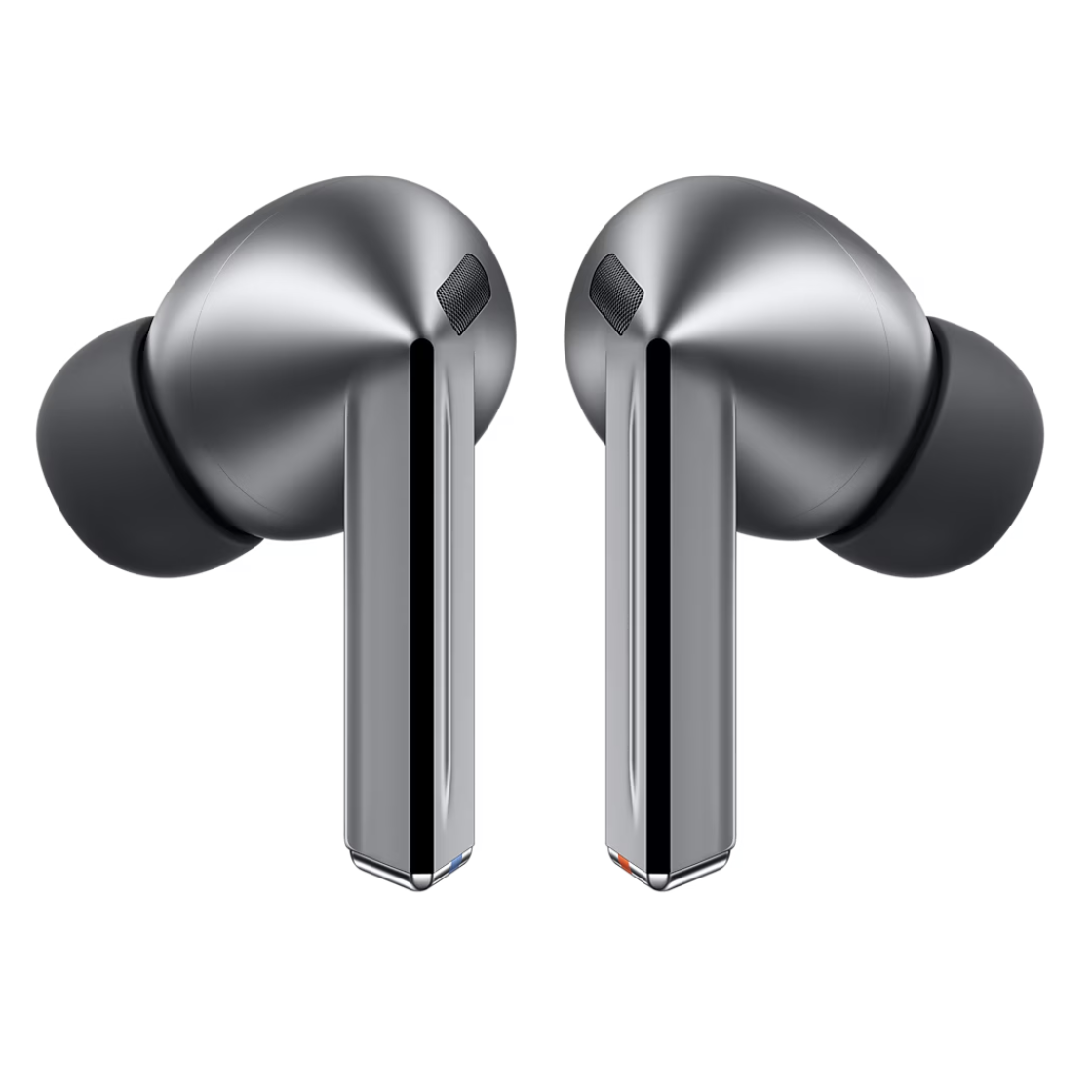
The best wireless earbuds for Samsung users
These buds have special sauce with Samsung phones, including very hi-res audio and spatial audio, that makes them a perfect fit, along with great sound and noise cancellation.
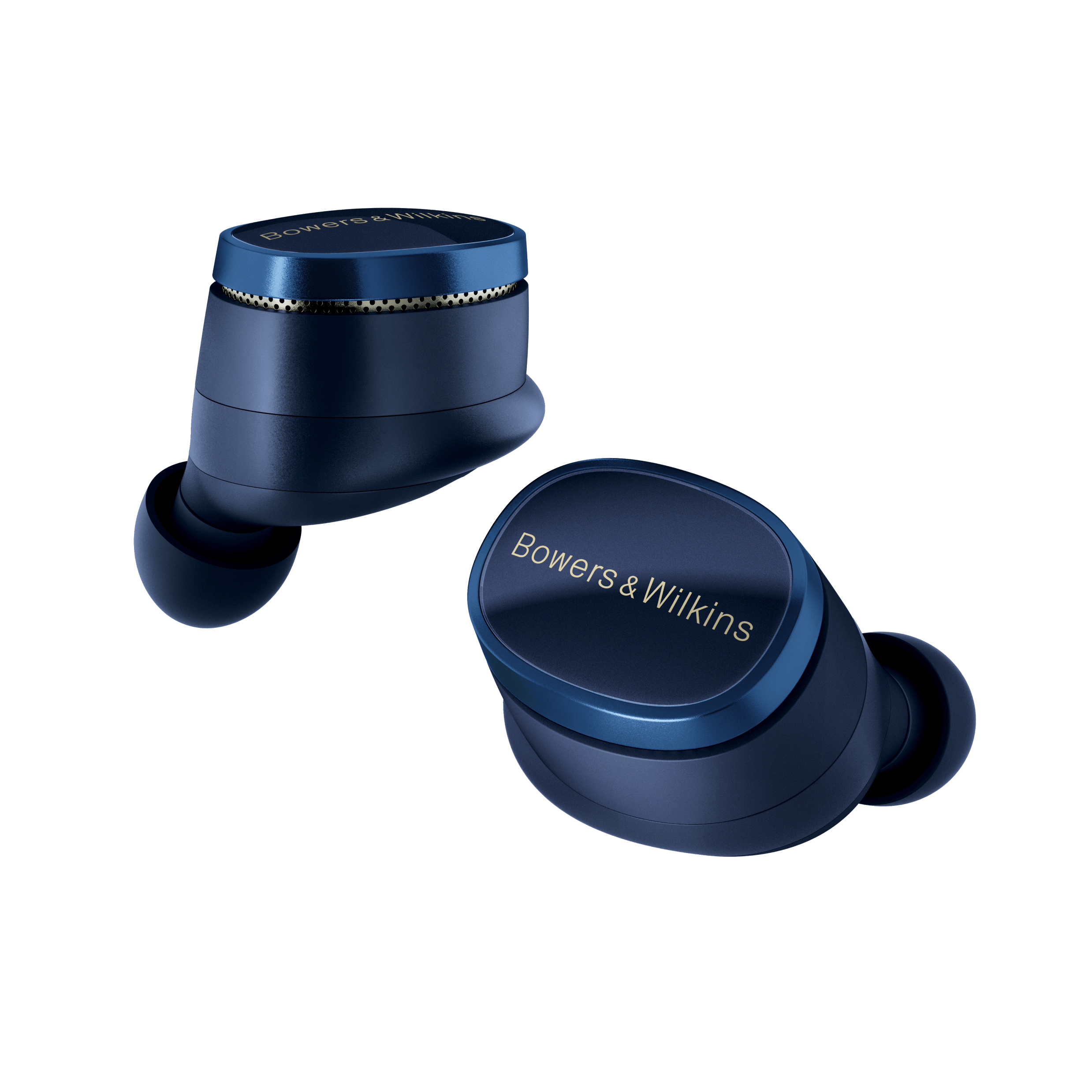
The best wireless earbuds for supreme sonic clarity
With the best sound we’ve heard from wireless buds, the Pi8s are an audiophile’s dream. ANC is as good as Bose, fit is excellent, and there’s optional wired connection. Our top pick for sound – but honestly, they’re amazing all-round.
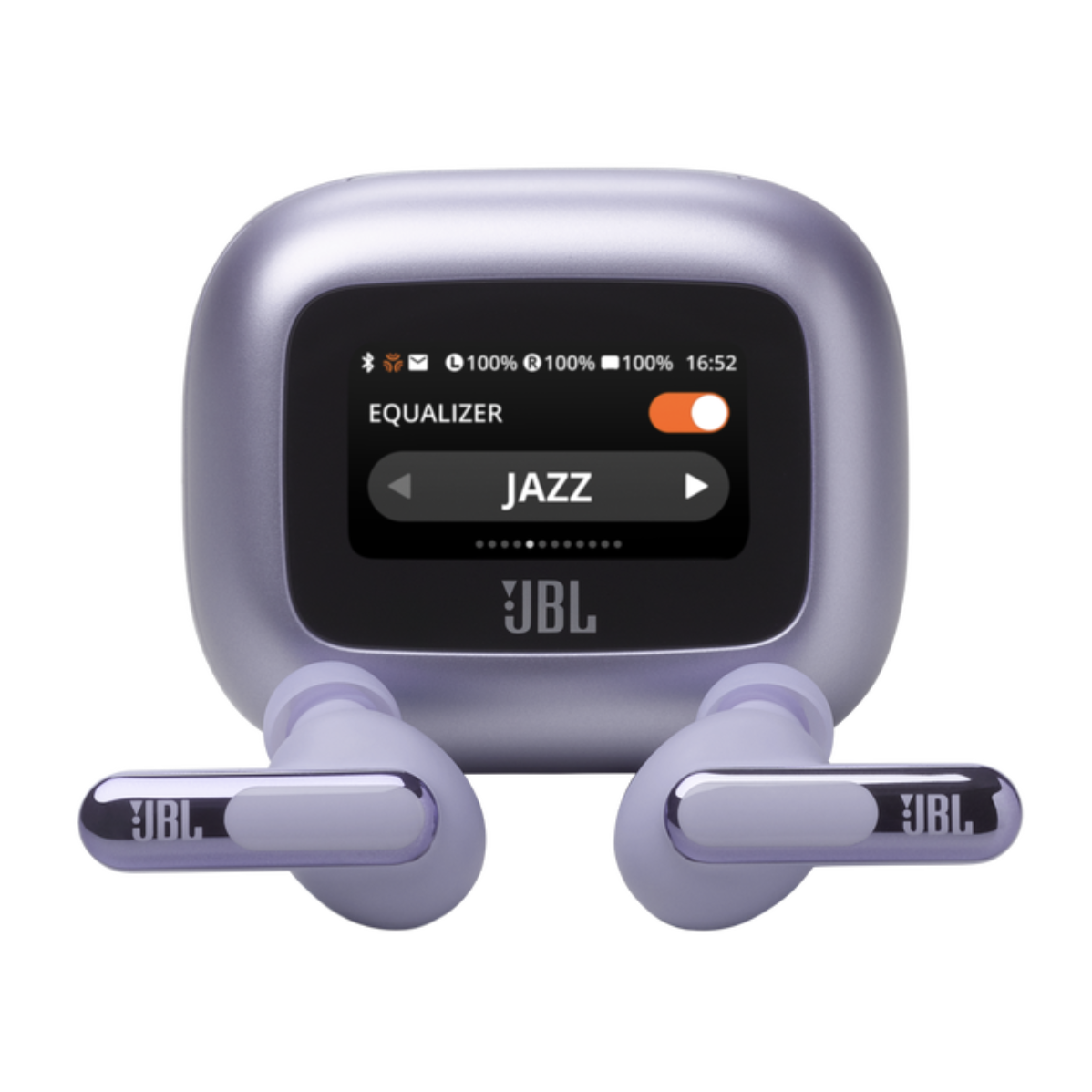
The best wireless earbuds for battery life
With 10 hours from the buds with ANC on, and 48 hours from the case, these earbuds go on and on and on. The cool screen on the case is a highlight too, as is the sound.

I lead TechRadar’s audio coverage, and I’ve worked in tech writing and editing for 17 years. I actually worked on TechRadar before it even launched 17 years ago, and this is my third stint here. As a writer, I reviewed early neckband wired earbuds, and as an editor I’ve covered the rise of true wireless earbuds ever since the very first models around nine years ago. I’ve tested these products over their whole evolution from ‘convenient but weird’ to ‘the main kind of earbuds that anyone buys’. I developed the earbuds testing methodology used for reviewing the buds in this guide.
About this guide
Why you can trust TechRadar
Testing and enjoying wireless earbuds is inherently a subjective experience. Yes, you can measure their audio output scientifically, but that doesn’t automatically translate into musical talent, and doesn’t tell you much about their value. However, testing subjectively also makes it hard to rate and rank them, since we can’t demonstrate it over the internet, so here’s how I approach it.
The main thing is that we’ve scored and rated these earbuds in different areas in comparison to each other, based on our direct comparisons, so that while our scores in this guide might be subjective, they are still consistent. To ensure this consistency, we created our earbuds testing methodology, to make sure that reviewers are using some of the same tracks for sound comparisons (our playlist is public, and you can try it at home), with equivalent-quality audio sources, and are testing the microphones and battery life in the same way.
Microphones are the one part of wireless earbuds’ performance that can be communicated over the internet, so while we’ve scored them here, I’ve also included recordings so that you can make your own judgement.
We check and update this guide all the time, looking for how new releases or price drops may affect our rankings – I include an update log, so that we’re transparent about how it’s evolved over time.
December 8, 2025
Refreshed the introduction. Added the Earfun Air 4 Pro Plus into our 'also consider' list. Checked all of the copy in the guide to ensure everything is up to date.
The best wireless earbuds you can buy
The best wireless earbuds overall
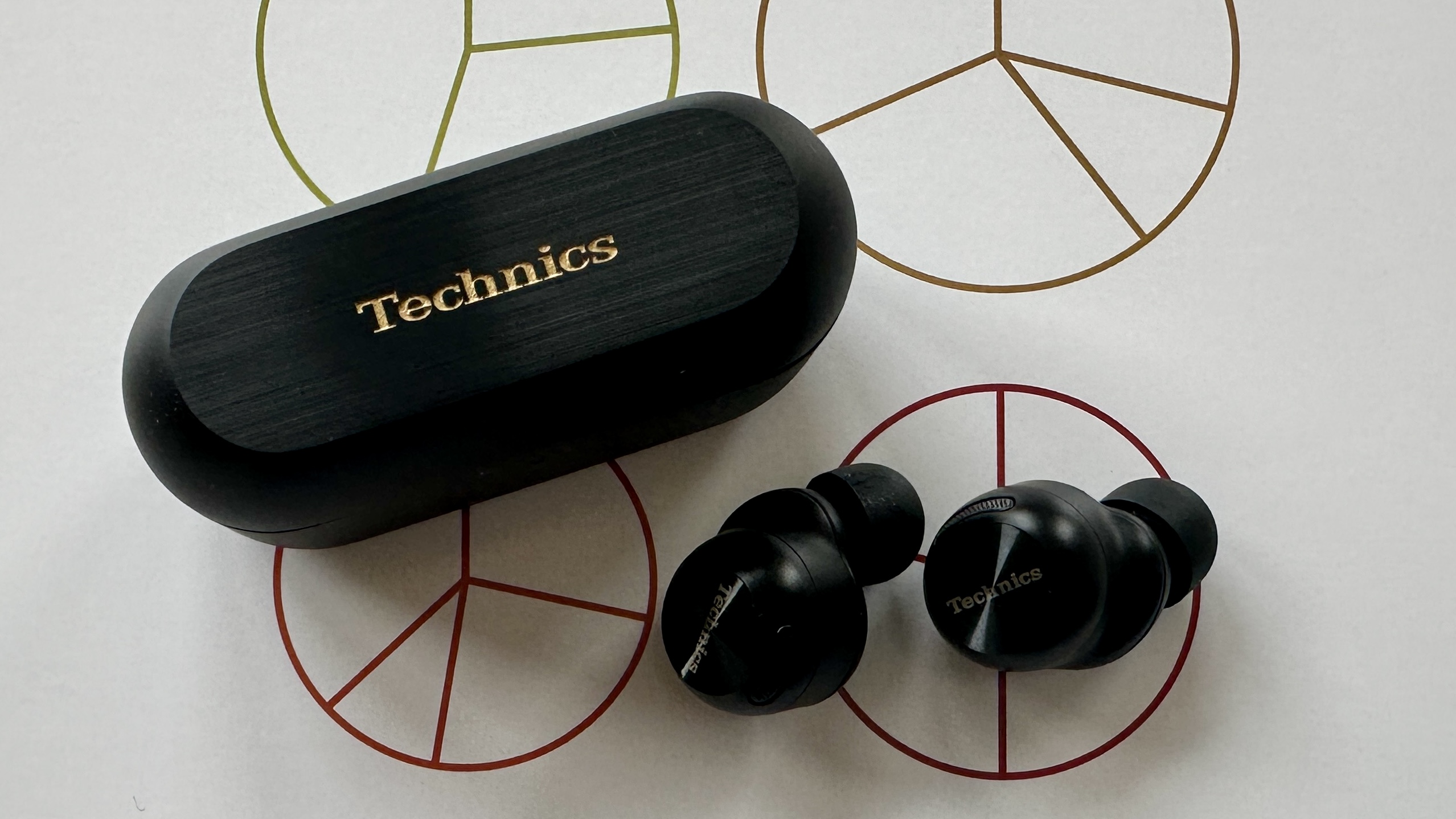
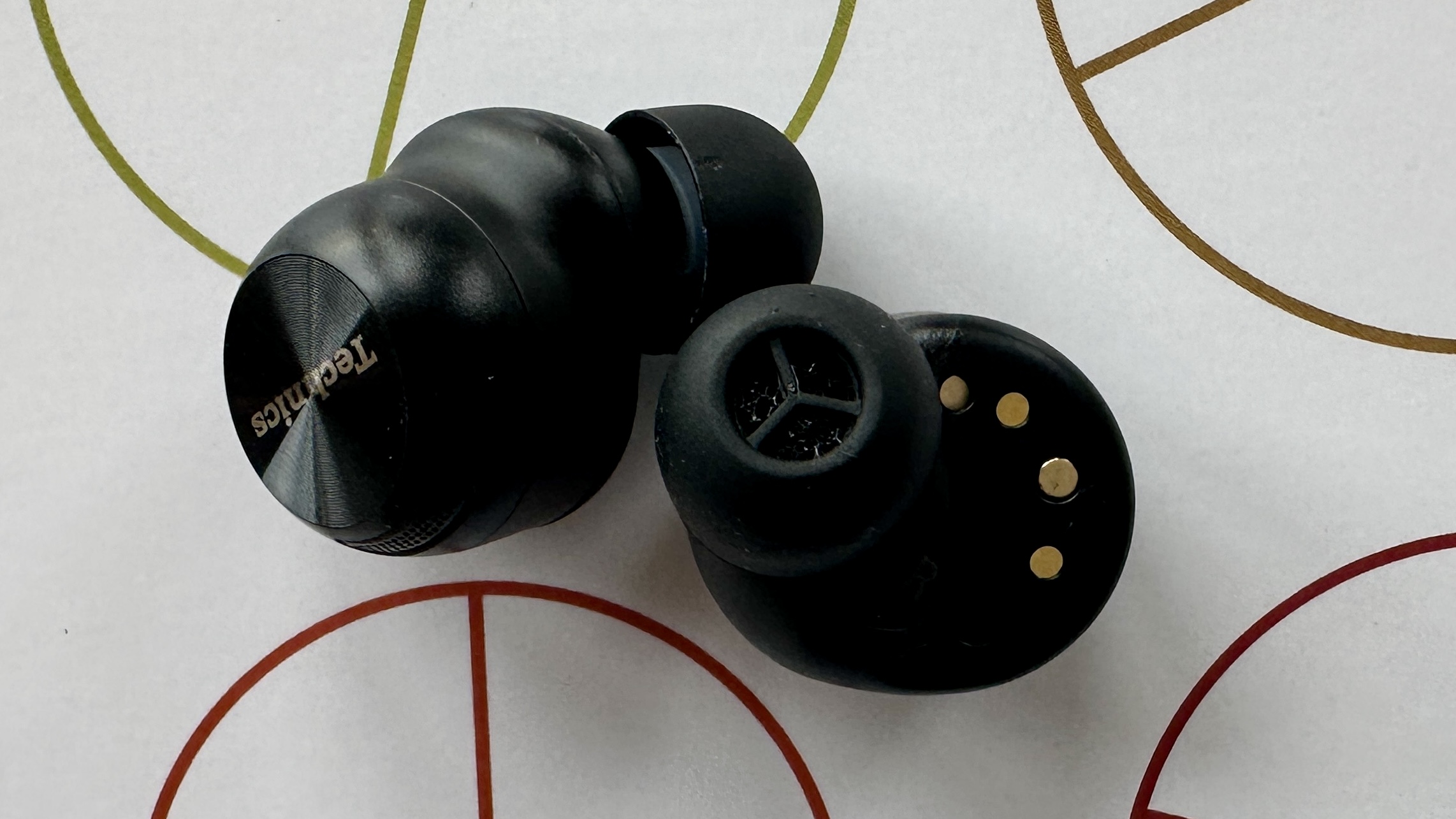
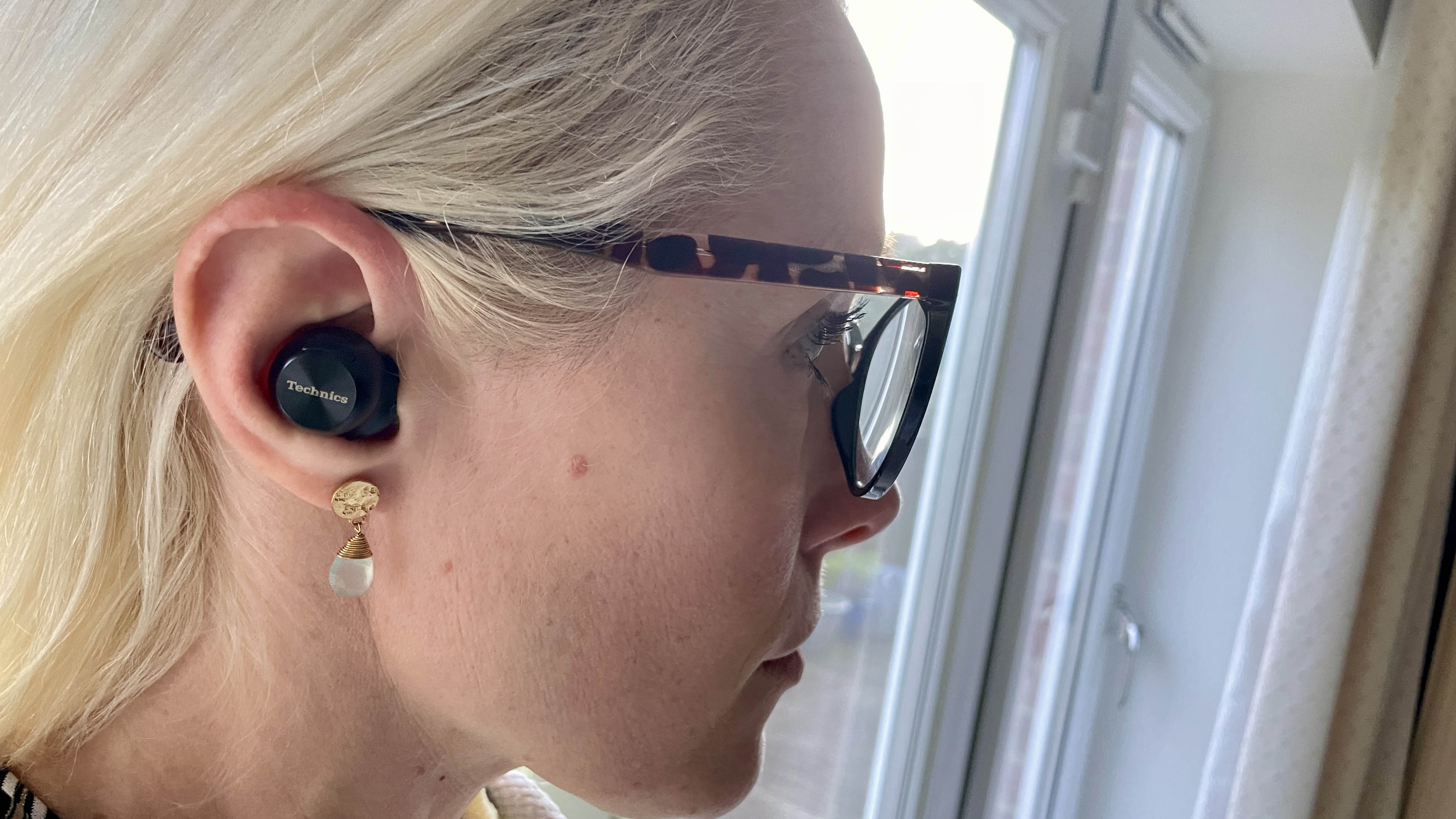
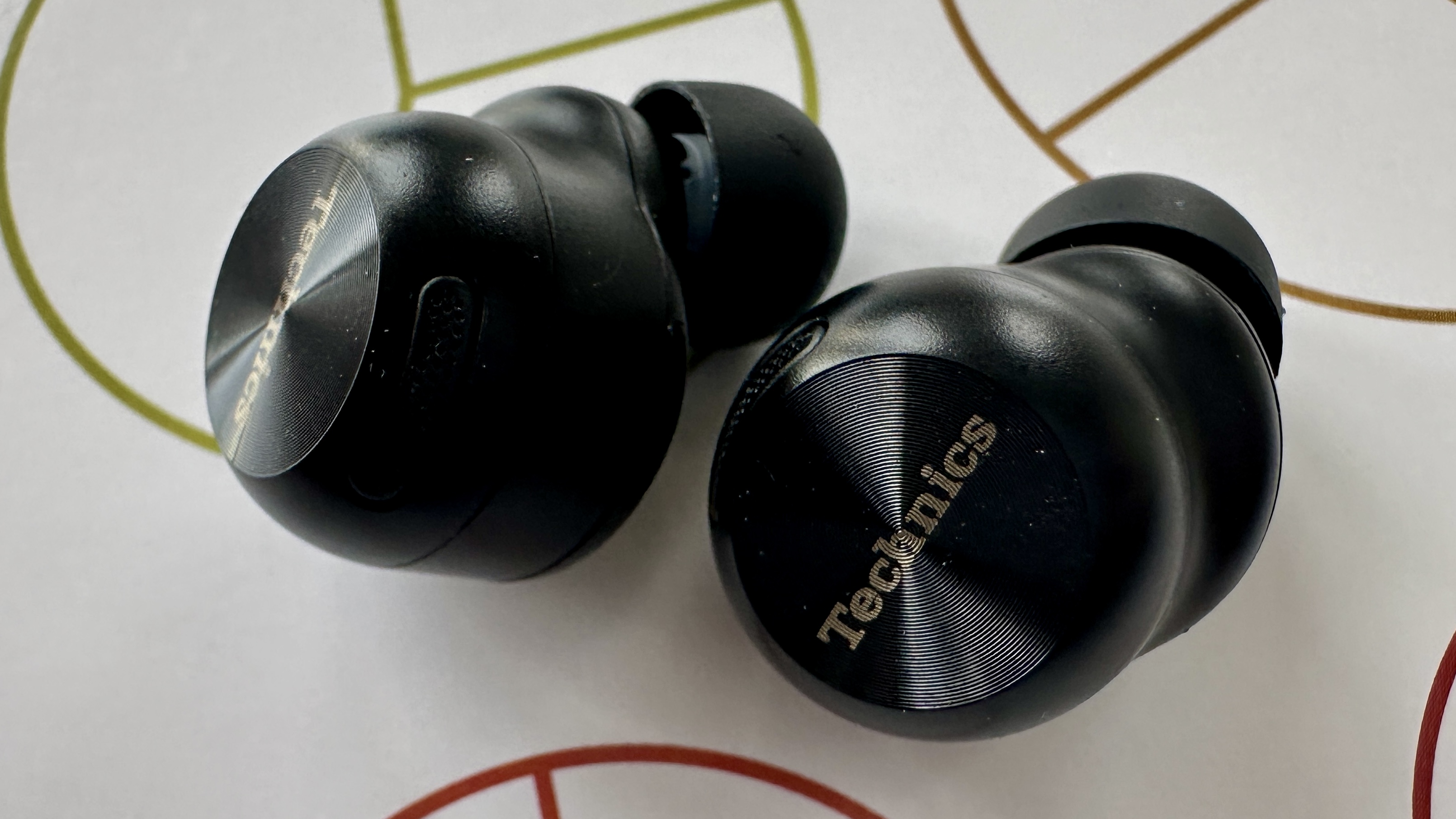

Specifications
Reasons to buy
Reasons to avoid
1-minute summary: I'm blown away by what the Technics EAH-AZ100 can do. Even though they're far from cheap, they're somehow amazing value. Because they not only pack in so many great features (including triple-point Bluetooth connectivity, which is still something only the older Technics EAH-AZ80 and this newer model can do), but they sound absolutely phenomenal with the active noise cancellation turned on, thanks to their Magnetic Fluid speaker driver, which has been derived from Technics' much more expensive in-ear monitors. It's a bit of a shame that they sound noticeably worse with the ANC turned off, though I personally never have it turned off, so this minor flaw won't stop me from loving these buds. I should also note that if the best possible noise cancellation is your priority, then Bose still has these beat – but the ANC is very good in general for most environments.
The Technics are just such incredible all-rounders, and offer so much: they're comfortable and fairly light, they switch instantly between three devices of any platform, they support Dolby Atmos from any compatible device, they sound good enough to satisfy audiophiles, 10 hours of battery life with ANC is excellent, their faults are real picky stuff, and I think they're the real deal for most people.
Read our full Technics EAH-AZ100 review

Reasons to buy
✅ You want a vibrant and revealing sound: With the ANC turned on, these buds walk the fine line between being insightful and honest to the music, and being energetic and just plain fun to listen to.
✅ You want to switch between devices easily: The triple-point connectivity is almost unique, and makes it seamless to move between phone, tablet and laptop without re-pairing no matter what company they're from.
✅ You want comfortable and fairly small buds: Technics has fit all of this tech into lightweight and pretty small earbuds, so they're good for people for small or larger ears, and stay comfortable for long periods.
Reasons to avoid
❌ You like to listen without noise cancellation turned on: The sound is immediately and clearly weaker when you turn the ANC off, so if you like to do that often, they're not such a hit.
❌ You need the absolute best noise cancellation: They don't do this badly at all, but the Bose QuietComfort Ultra Earbuds (2nd Gen) at #4 on the list can do it just that bit better.
❌ You're on a budget: They're so good that they're easily worth the price of $299 / £259, but several premium options here – plus their predecessor, the Technics EAH-AZ80 – can be found for significantly less.
Show full expert analysis ▼
In-depth analysis

You can't really fault these buds in this department. Wireless connectivity includes regular Bluetooth audio, plus LDAC hi-res support, and future-proof LC3 Bluetooth LE Audio tech. You can tweak the sound from the app using the EQ settings. Battery life is really strong in most standard use cases, with 10 hours of life with ANC on from the buds – though this can go up to 12 with ANC off, or down to around seven when using LDAC's higher-quality streaming. 10 hours is a great result for standard listening, though. You can charge them over USB-C (with 90 minutes of use from a 15-minute quick charge) or wirelessly. There's adaptive noise cancellation that's very effective even if it's not quite best-in-class, and there's a 'Voice Focus AI' mode for picking up your voice more clearly in calls. The cream and sprinkles on this well-stacked cake are the head-tracked Dolby Atmos spatial audio support, and the triple-point Bluetooth pairing. This means the AZ100 can stay connected to three devices at one, switching between them instantly when needed, no matter who made them. Pretty much no other earbuds offer this, except Technics' own AZ80, and it's so useful.

The sound quality of the Technics EAH-AZ100 is pretty damn stunning, especially for a pair of earbuds priced competitively with other mainstream premium earbuds, and not priced like the hardcore audiophile stuff. We said in our review that "they’re a balanced and insightful listen, more than capable of bringing order to the ear no matter how unruly a recording might think it is." They're very highly detailed, but not unforgivingly so, and can lay out all the elements of a recording with total precision and control. But they're not analytical or plain; they have an expert level of depth and energy across the frequencies to help you get lost in those well-laid tracks. We said that "low-frequency activity is deep, punchy and textured" while "the midrange is open and informative, with a whole stack of detail." Treble is solid and committed without become overly hard at any point. They're basically the ideal balance between being revealing and insightful to original recordings, and adding entertainment to get you through commute. However… that's all the case with the ANC turned on. With it turned off, we said "low frequencies lose a degree of substance, and the overall presentation becomes rather flimsy and lightweight." Competitors manage to hold the same sound profile in both modes, so this is the only flaw here.

These are Technics' smallest and lightest flagship true wireless earbuds yet, and they come with give different sizes of in-ear tips in the box – which is to say: Technics really wants everyone to get a great fit and be comfortable, and we think it succeeded. The black and silver finishes are nice, and they feel very well-made. The carrying case is pleasingly slimline, so it won't bulge in a pocket, and it feels solid. The touch controls work well in our experience, and you can customize what they do. The app is well laid-out as well, though it's maybe not a masterpiece of visual design.

The Technics EAH-AZ100 are easily worth their asking price of $299 / £259 / AU$499. In fact, when you compare them to other earbuds of the same price, they start to look like a huge bargain. How has Technics' got this many features in, without sacrificing audio quality to the value gods, in a size this small? Obviously, they're still a high price, though, and they lack aptX hi-res support, which is really the only knock to their value package.
Technics EAH-AZ100 test results
Sound quality (ANC on) | 5 / 5 |
Sound quality (ANC off) | 4 / 5 |
Mic quality | 4 / 5 |
Battery life (ANC on) | 10 hours |
Battery life (ANC off) | 12 hours |
The best mid-range wireless earbuds
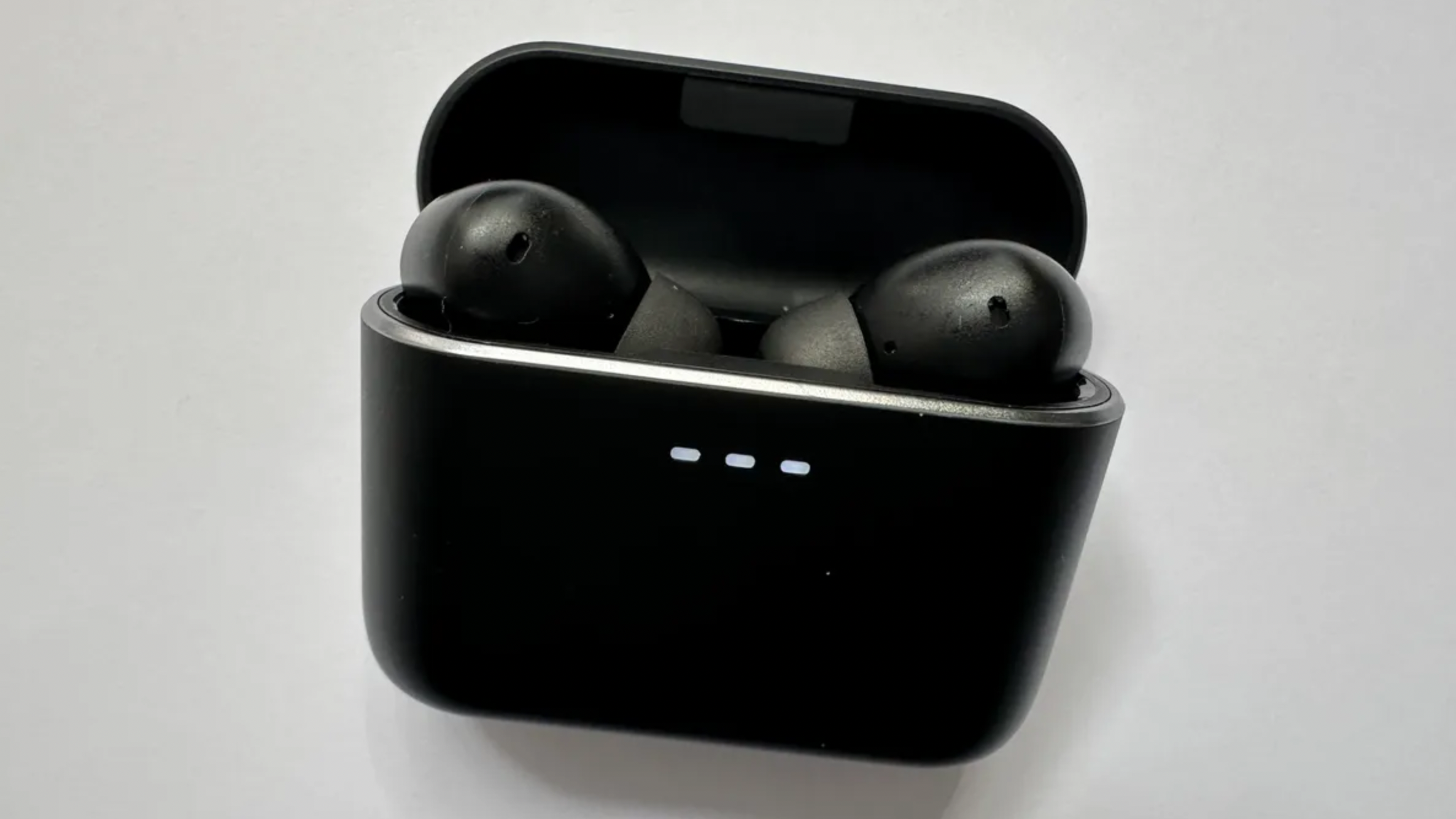
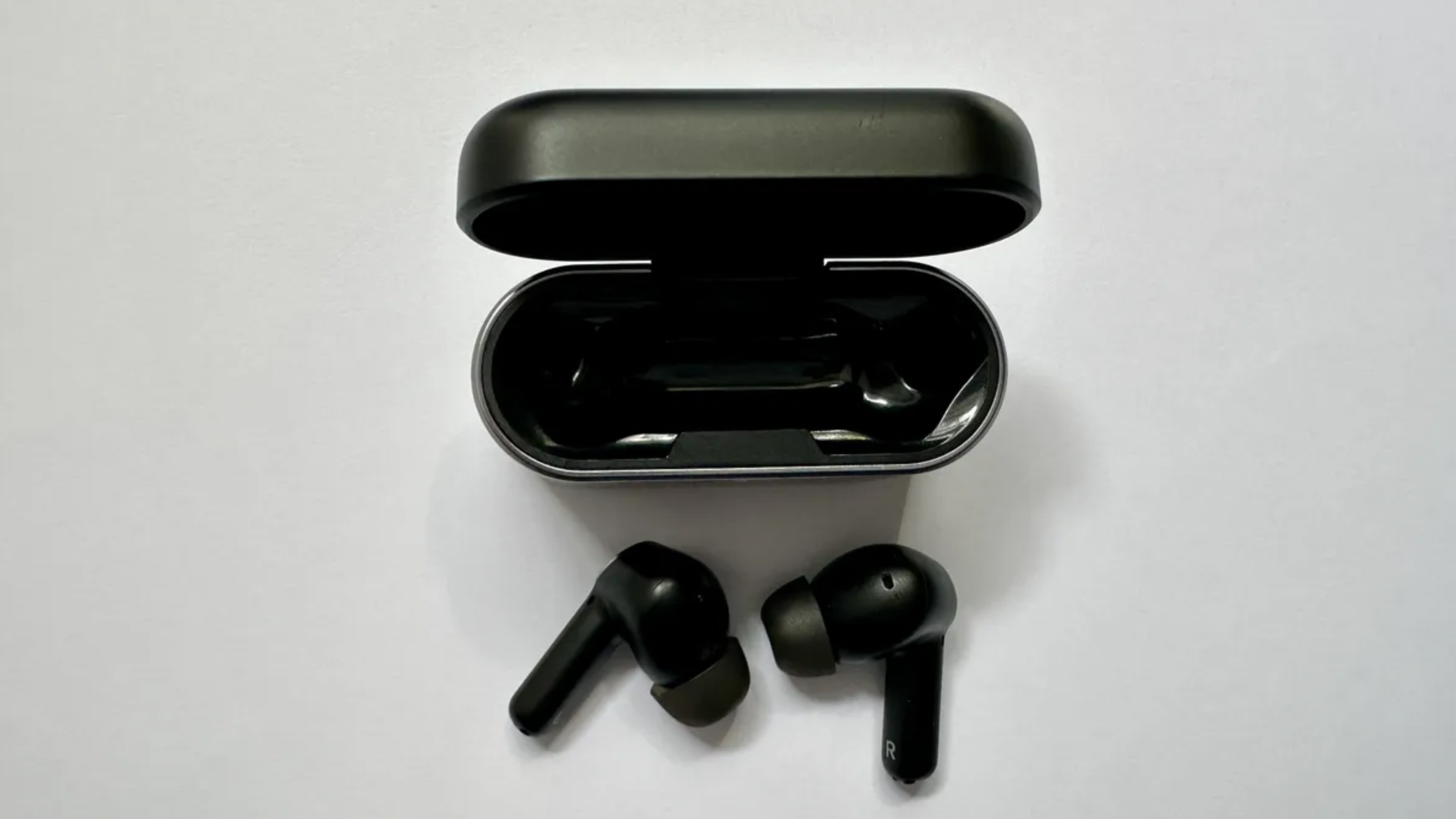
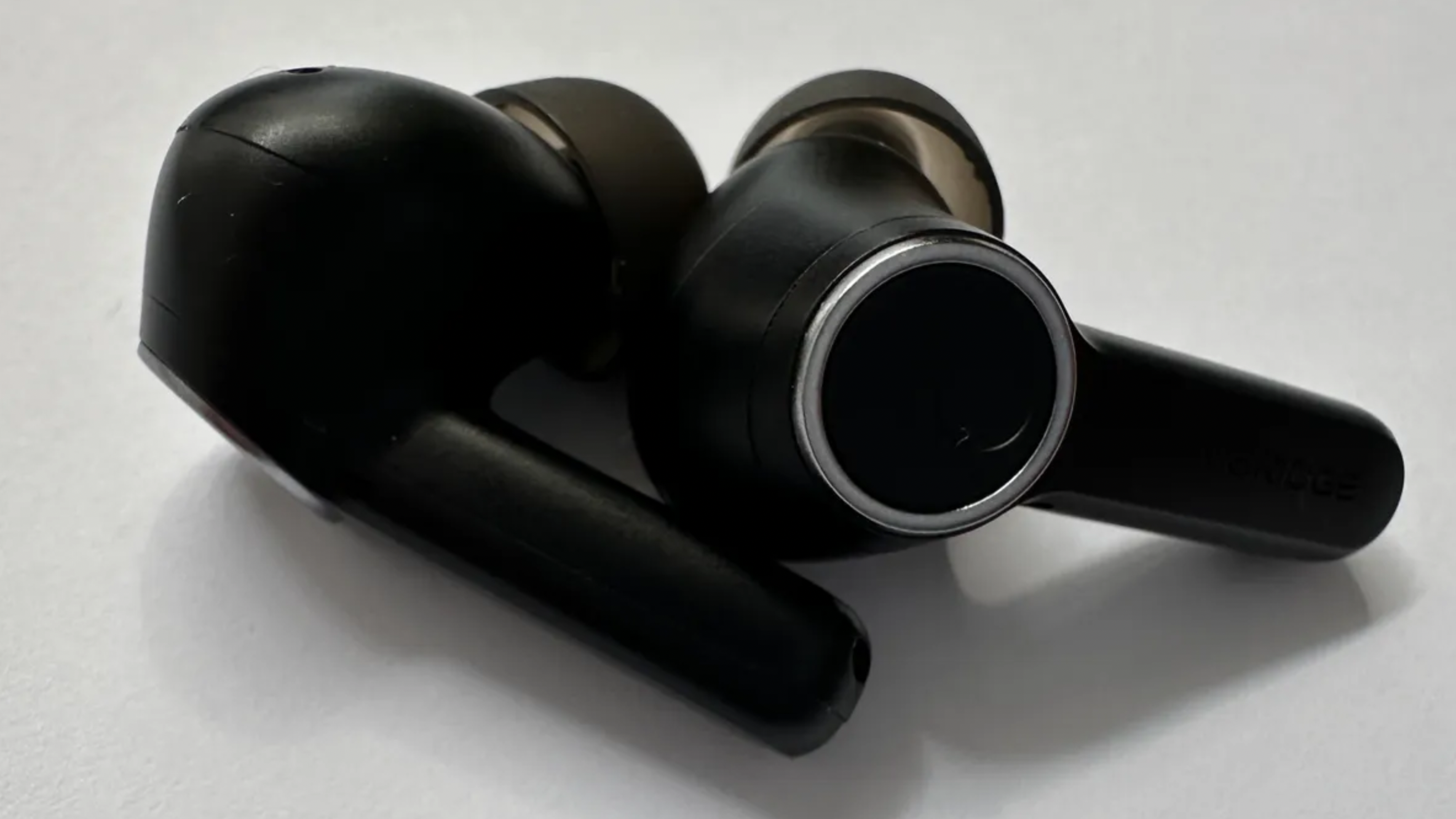
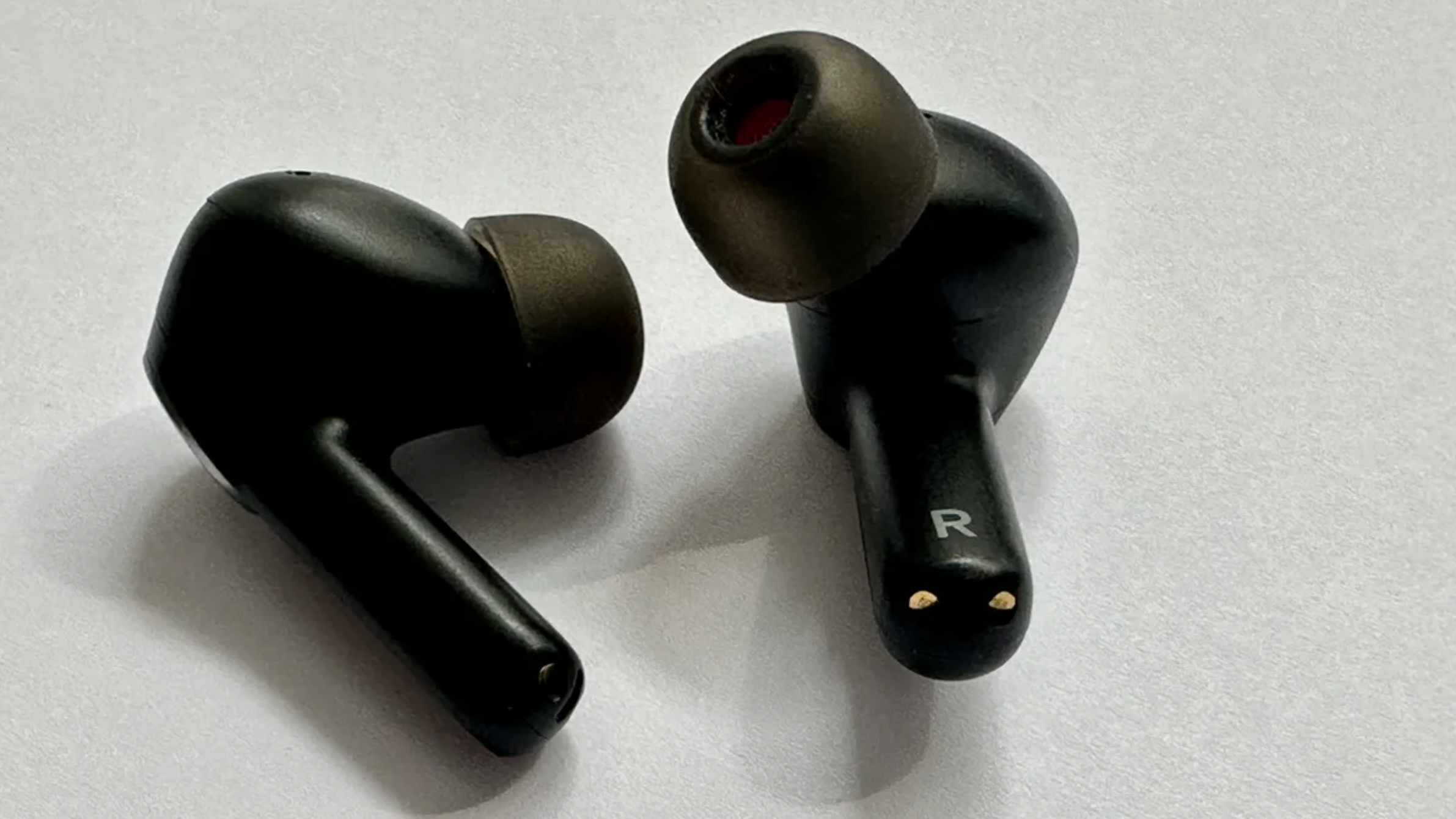
Specifications
Reasons to buy
Reasons to avoid
1-minute summary: Cambridge Audio’s true wireless earbuds have always been good, but the Melomania A100 take them to a new level of bang-for-your-buck. We gave these earbuds a rare full five stars in our review because, for a very reasonable price, you get everything you need. They’re packed with features, including solid noise cancellation, a neat charging case, and thoroughly entertaining sound. When it comes to getting truly satisfying sound, I don't think you can do any better for the price – but you don't have to give up on modern features to get there either. A connoisseur's choice, without the price tag that usually comes with this level of quality and reliability.
Read our full Cambridge Audio Melomania A100 review

Reasons to buy
✅ You have a high-quality source player: With top-tier codec support and excellent sound quality, the A100 buds are the ideal match for serious audio setups.
✅ You prefer a tailored fit: The ultra-slim charging case slips easily into any pocket – no bulky bulges or outfit compromises required.
✅ You appreciate the extras: If the name Matt Berry means anything to you, having him as your audible feedback voice is a small but endlessly enjoyable bonus.
Reasons to avoid
❌ You want spatial audio or a few more advanced features: The feature list here is good, but it doesn't quite have everything.
❌ You like a splash of color: Plenty of similarly-priced rivals come in more than just black or white, if variety is your thing.
❌ You prioritize bass: Look, the sound is great here, especially for the money. But we did note in our review that at the low-end there are some integration issues.
Show full expert analysis ▼
In-depth analysis

The Cambridge Audio Melomania A100 buds are packed with features, and what you get here is so very good for the price. There are buds that cost much, much more that don’t boast specs this good. For starters, they feature Bluetooth 5.4 with support for aptX Adaptive, aptX Lossless, and LDAC, plus multipoint pairing. Six mics handle ANC, calls, and voice control, enhanced by echo-cancelling tech for clearer sound. They use Class AB amplification, which is a step above the usual Class D, alongside a dual-core Qualcomm Kalimba DSP and 10mm Neodymium drivers for crisp and powerful audio. Battery life will give you up to 11 hours (or 39 with the case) with noise cancellation turned off, and a 10-minute quick charge gives you more than three hours of playback. A full recharge takes around 70 minutes via USB-C. They’re also IPX5-rated, so they’ll handle sweat, everyday splashes and light rain with ease. The intuitive Melomania app offers EQ presets, a 7-band equaliser, ANC settings (including ‘low’, ‘medium’ and ‘high’), gaming mode, sleep mode and wear detection. An added bonus is audible feedback is voiced by actor and comedian Matt Berry – great news if you’re a fan.You don't get spatial audio, or a few other tweaks you might get elsewhere – but we can easily live without them.

The Melomania A100 buds deliver a lively, detailed and balanced sound that manages to avoid the overblown bass that can be common at this price point. Highs are crisp without harshness, mids are open and expressive, and bass is punchy yet controlled. Now, there is a slight disconnect between the low-end and midrange, but the overall cohesion and tonality impress. The soundstage is spacious and well-defined, with strong dynamics and clarity even in more complex orchestral tracks. Despite their precision, these buds do manage to remain engaging and fun to listen to. Active noise cancellation is also excellent here for the price. It’s effective, unobtrusive and capable of handling most external noise without affecting sound quality all that much.

Like several models in this guide, the Cambridge Audio Melomania A100 earbuds take a leaf out of Apple's book and go for a sleek stem-style design. Weighing just 4.7g per earbud, and with a selection of tips to choose from, most people can expect a light and comfy fit. The compact charging case is pocket-friendly, though it is slightly fiddly to open. Available in black or white, build quality and finish are excellent here. What's more, the capacitive touch surface on each stem is genuinely nice to use, a combination of presses and holds gives control of most playback controls.

With the Melomania A100, Cambridge Audio has knocked it out of the park. These true wireless earbuds offer features and performance that outshine anything else at this price. They're comfortable, packed with features, easy to control and sound exceptional. For $149 / £119, nothing else comes close in value.
Cambridge Audio Melomania A100 test results
Sound quality (ANC on) | 4.5 / 5 |
Sound quality (ANC off) | 4.5 / 5 |
Mic quality | 2.5 / 5 |
Battery life (ANC on) | 6 hours |
Battery life (ANC off) | 11 hours |
The best wireless earbuds on a budget
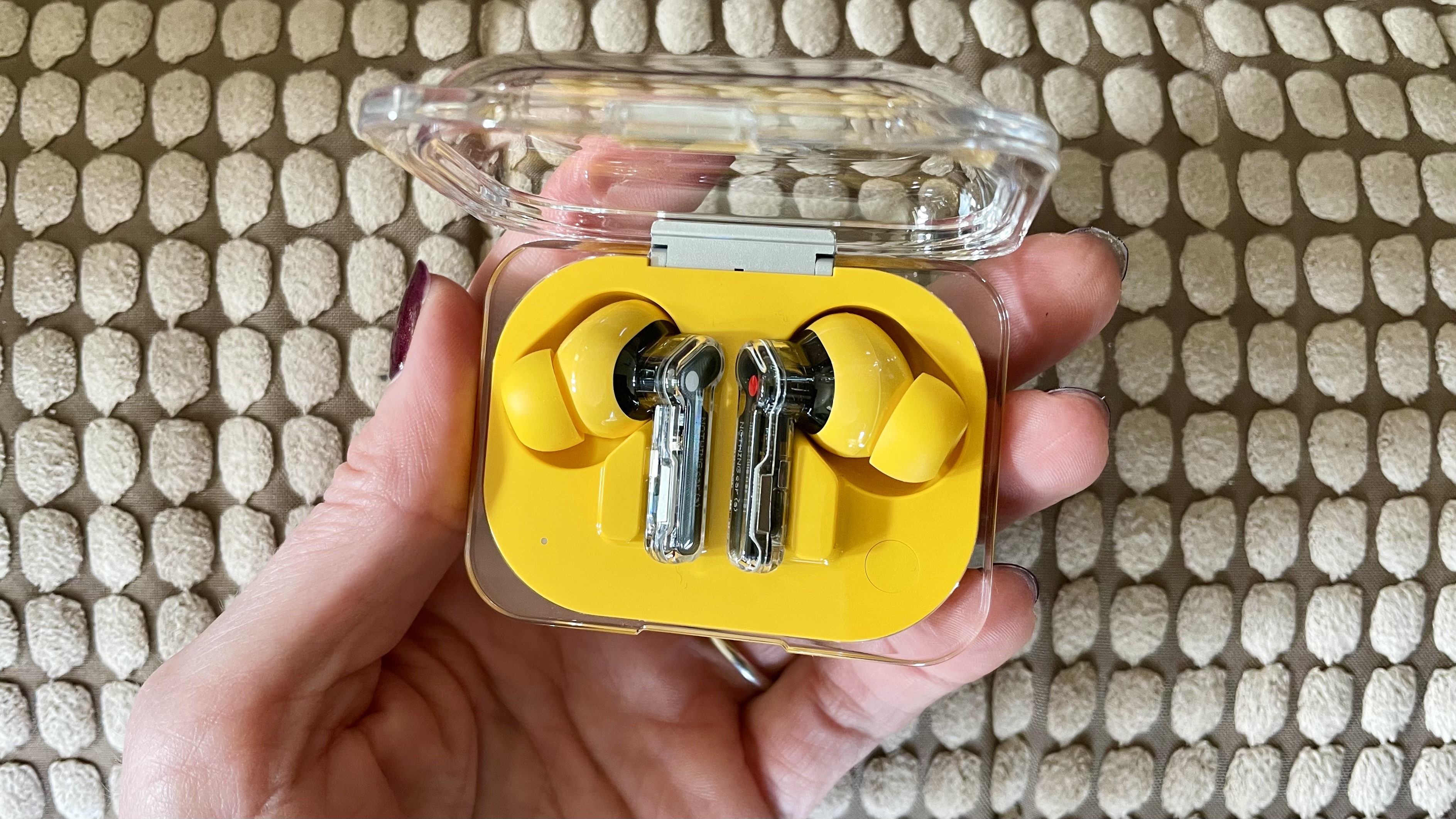
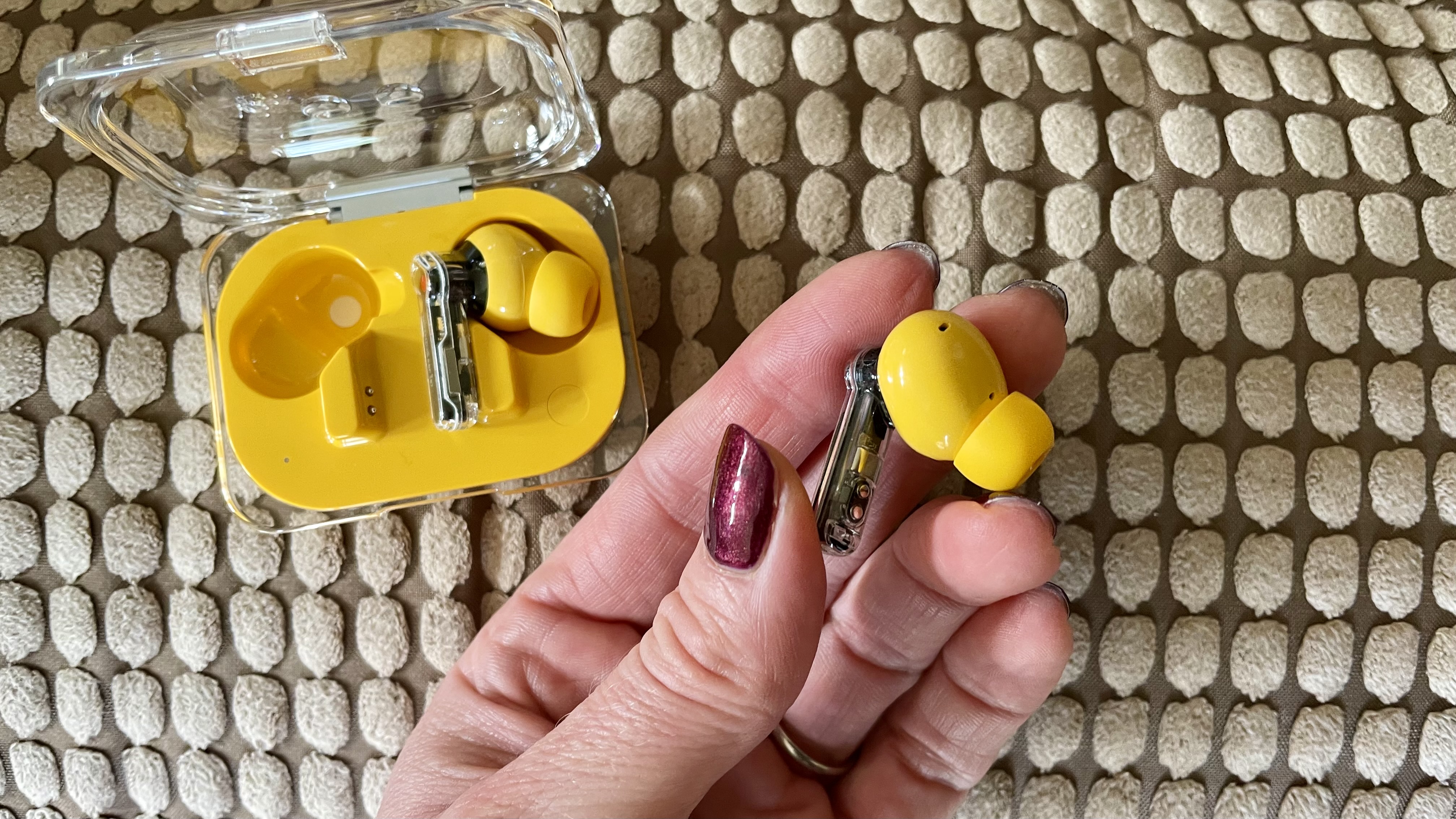
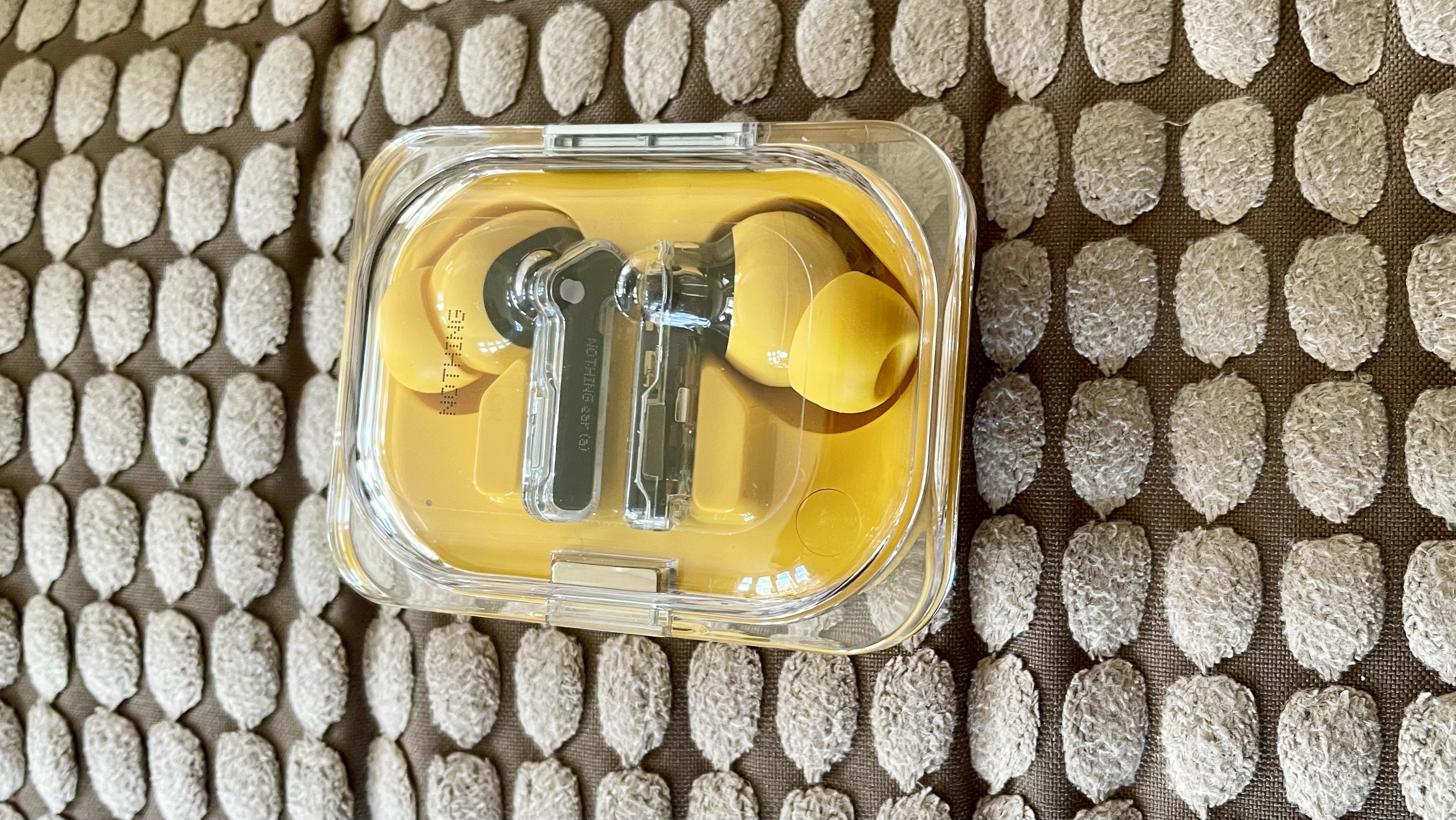
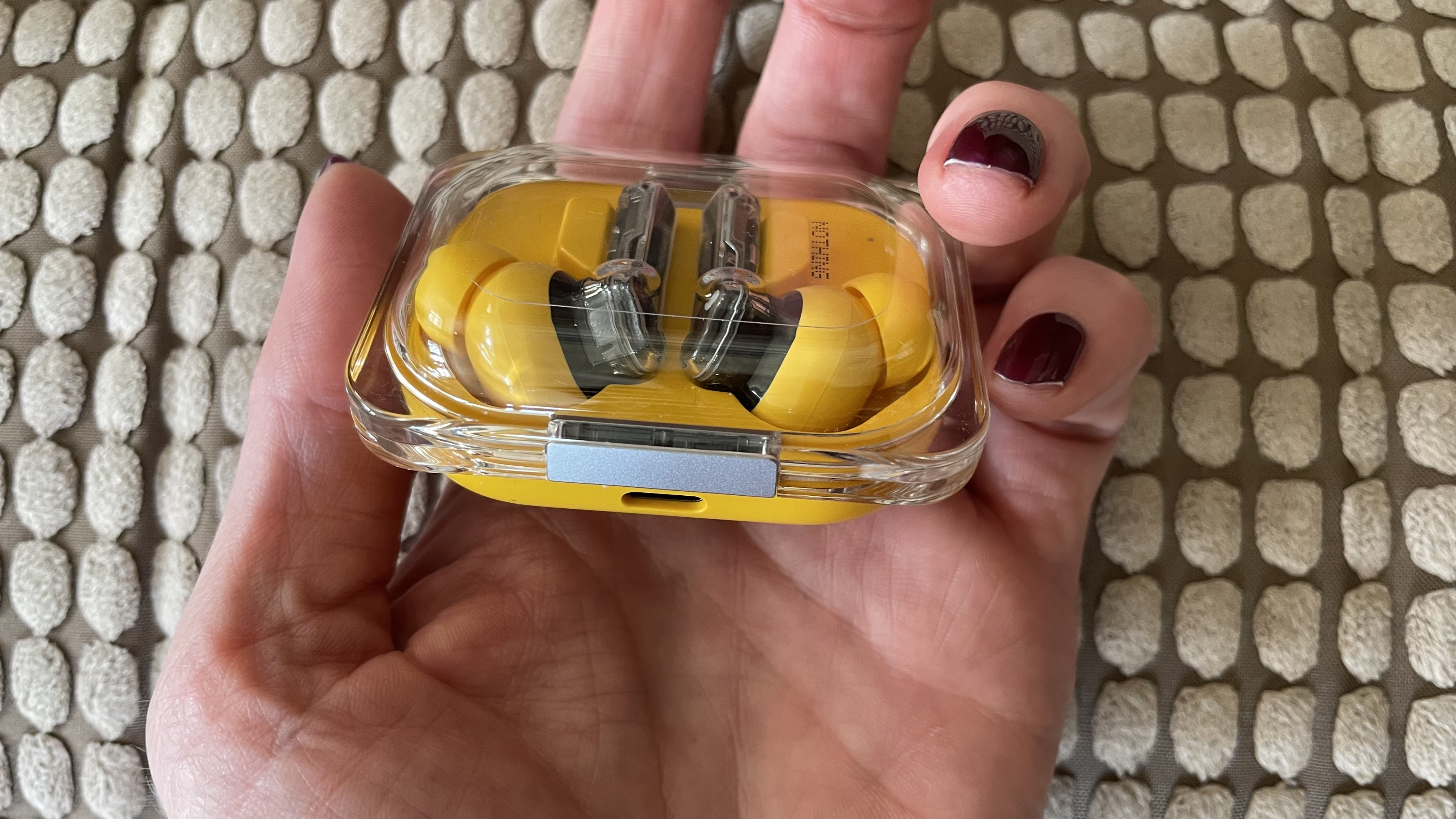
Specifications
Reasons to buy
Reasons to avoid
1-minute summary: I genuinely cannot believe the price of these earbuds for what you get. Not only do they look the absolute business, they sound it too. Nothing's 2024-issue earbuds are the cheaper siblings to the flagship Nothing Ear (which launched on the self-same day), but unless you want the hearing test and subsequent personalized sound profile reserved for the flagship set, I'd save your money and go for these instead. You do get in-ear detection, excellent ANC, a low-lag toggle for gaming, detailed sound quality, issue-free multipoint to two devices, an ear tip fit test plus a Find My Earbuds feature, which issues a rattlesnake-style sound from whichever bud you're trying to locate. They really are a joy to listen to, especially given their lowly sub-$100 / £100 asking fee, which continues to be reduced in price. And let's not forget that those pinch-able stems now offer you a direct line to ChatGPT whenever you need it, as long as you have a Nothing phone with the latest Nothing OS installed. Hardly nothing worth shouting about, I think you'll agree…
Read our full Nothing Ear (a) review

Reasons to buy
✅ You want great ANC for less: These offer the best noise-nixing power we've heard for the price.
✅ You go for serious sound quality: The Ear (a) are a seriously fun and zealous listen, aided by their support for LDAC higher-res wireless tech.
✅ You like your tech bold-looking: I've never had so many people stop me and ask what my earbuds are (I had the yellow set).
Reasons to avoid
❌ You want spatial audio support: The similarly priced Sony WF-C700N offer this from certain services, but you won't find it here.
❌ You need top-tier stamina: 5.5 hours with noise cancellation on is distinctly average – again, the Sony buds mentioned above offer 7.5 hours.
❌ You'd like Nothing's hearing test and personalized sound profile: For that, you'll need to shell out a little more, for the flagship Nothing Ear.
Show full expert analysis ▼
In-depth analysis

If you need buds that do what's casually referred to as 'the basics' today – fuss-free fit, good sound, great ANC, clear calls, bit of EQ adjustment, decent on-ear controls – these are the buds for you. And they do better than the basics too: if you've got a Nothing Phone (2), Phone (1) or Phone (2a), Nothing has integrated both its Nothing earbuds and Nothing OS with ChatGPT, to offer users instant access to the chatbot directly from those pinch stems. However comfortably you sit with AI's introduction, it certainly adds value at the level. Nothing's Clear Voice Technology has been upgraded here, and it makes call-handling a breeze. Also here: Bluetooth 5.3 and LDAC support for higher-res audio, which is a rarely-seen inclusion at this level. There's no onboard spatial audio wizardry, and you don't get the Nothing Ear's curated sound profile tech (which is similar to the Ear (2)'s splendid personalized hearing tests, if you're familiar). However, you do get in-ear detection, a low-lag toggle for gaming, issue-free multi-point pairing to two devices, an ear tip fit test and a Find My Earbuds feature, which issues a rattlesnake-style sound from whichever bud you're trying to locate. You can opt for High, Mid, Low, and Adaptive noise cancellation profiles. High is very good: you can see why it drops the battery life from 9.5 hours without ANC to 5.5 with it…

How good's the sound quality in the Nothing Ear (a)? Stream the intro of The Who's Substitute – ideally on an Android phone with LDAC support. Tell me those guitar strings and shaker aren't every bit as spine-tingling as you could ever hope to get for such a low price… But you don't need to use hifalutin' codecs to get the goods – even when I stream lossy Spotify tracks (or better Apple Music ones, from my iPhone) the Nothing Ear (a) buds deal with them admirably. For dynamic build and nuance, the Nothing Ear (a) are meaty and arresting, prioritizing fun and energy over that integrated hi-fi listen some might prefer – but for me, I can't pick fault with that; not when there's so much here to celebrate sonically. As long as you don't expect them to be better than something that sells at nearly three times the price (which would hardly be fair), the Nothing Ear (a) will delight you.

Can I just say that I really dig the design here and leave it at that? So many people said they loved the look of them during testing. I mean, look at them. Are you surprised? The case is transparent, which means you'll know if you've put 'em both back in to charge, but there are plenty of flourishes here which will make you go 'ah, nice'. One is the pinch stems, which work even if you have gloves on (unlike touch capacitive options), another is the right-red, left-white dots also help you match the colors for charging. Also, it is emphatically not a case of 'same buds, different box' from Nothing with this iteration. The drivers are different to all Nothing Ears that have been before them and although they're smaller, they're better – it's all to do with tweaks to the dual-chamber design under the hood, which now includes two extra vents for improved airflow and means Nothing's been able to get 10%-15% flow more from the Ear (a)'s driver. After switching out to the smaller ear tips (you only get three, but it's plenty with this design), I also find the Ear (a) to be a cinch to wear – although if you've particularly small ears you may need to try before you buy, and my guide to the best earbuds for small ears is worth consulting. You don't get wireless charging support at this price, but the IPX2 rating of the case (for mild water resistance) is more than you get with plenty of pricier options, and the earbuds themselves boast an IP55 rating, which means they're dust- and water-resistant.

They're five-star buds for a reason. Despite being as good-looking as any earbuds can be for this money, it's not a case of style over substance. The ANC is excellent for the level and you even get LDAC and ChatGPT support to add extra sound-per-pound value. If you're prepared to spend $299 / £299 / AU$450 (aka triple the money) there's better noise-cancellation available in the Bose QuietComfort Ultra Earbuds (Gen 2), but that's hardly a fair fight. We should also mention that it's worth considering the more recently-released Nothing Ear (3), which are more expensive than the Ear (a) we're recommending here, but the latest buds from Nothing and seriously impressive – we're currently working on a full review that's coming soon. At one point, I would've nudged you towards the Sony WF-C700N at this price-point, but considering the Nothing Ear (a) are getting cheaper and cheaper, in my honest opinion, the Nothing look more stylish and perform easily as well. They're hands-down our best budget choice these days.
Nothing Ear (a) test results
Sound quality (ANC on) | 4.5 / 5 |
Sound quality (ANC off) | 4.5 / 5 |
Mic quality | 3.5 / 5 |
Battery life (ANC on) | 5.5 hours |
Battery life (ANC off) | 9.5 hours |
The best wireless earbuds for ANC
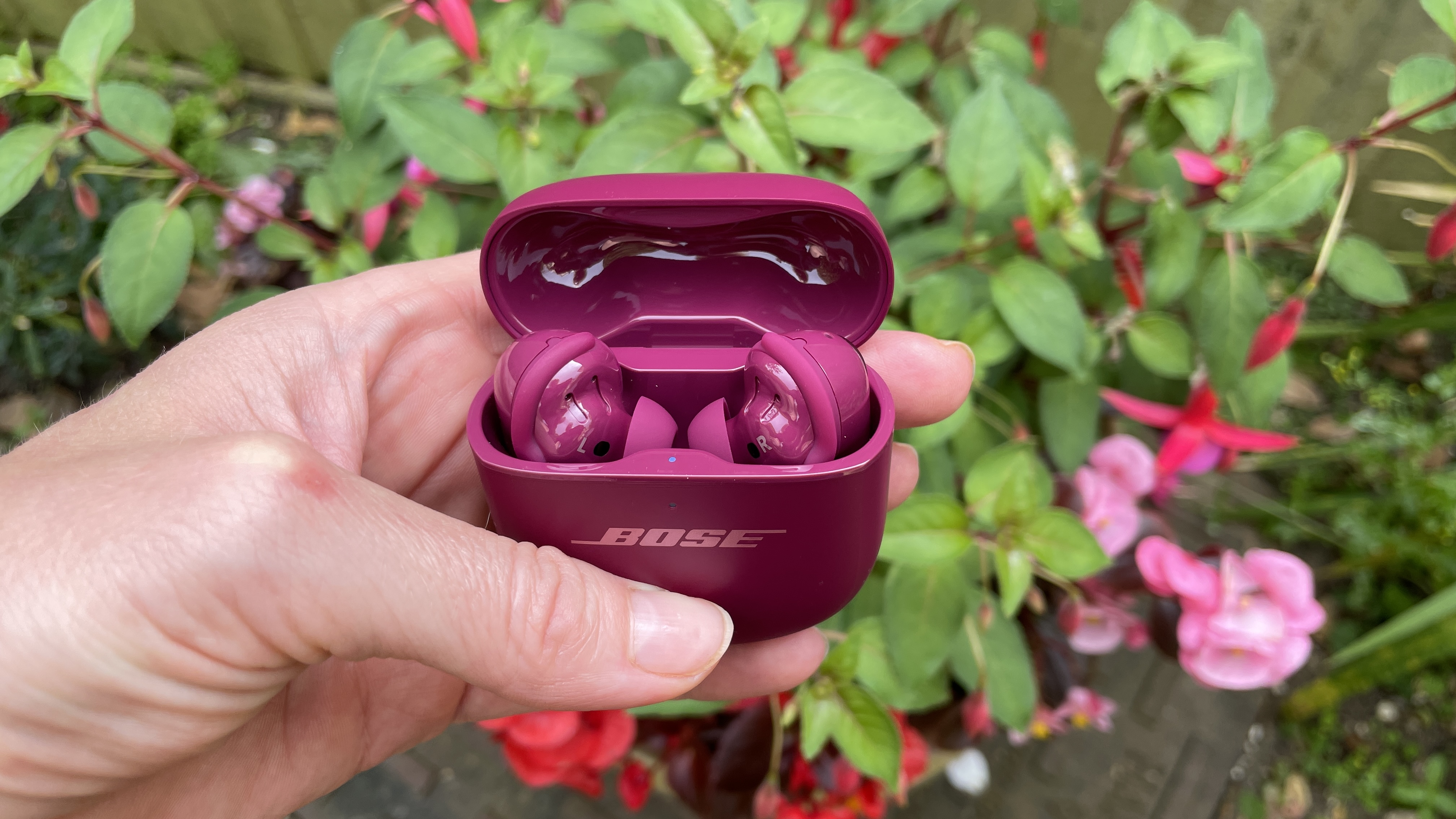



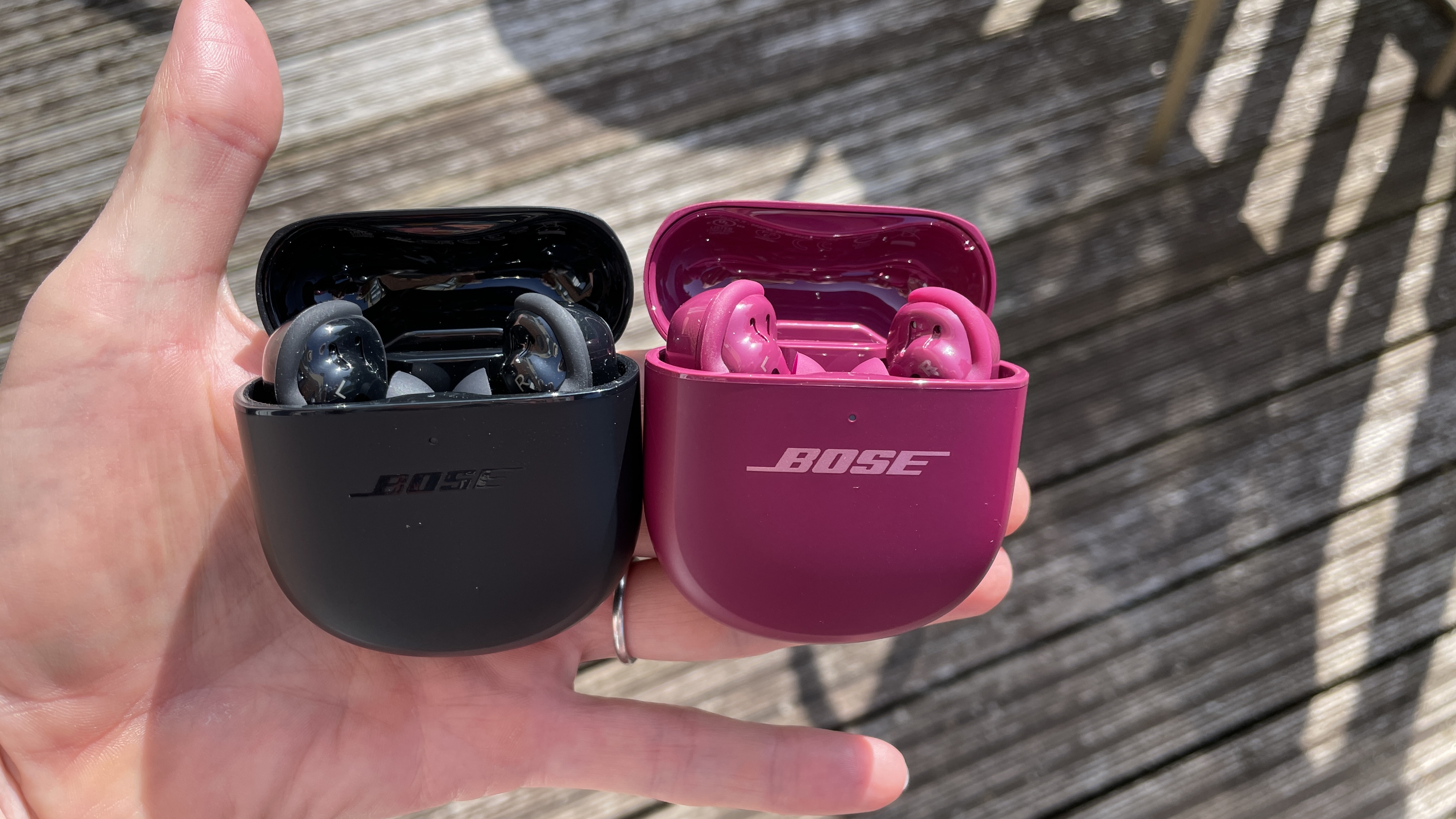
Specifications
Reasons to buy
Reasons to avoid
1-minute summary: Just when I thought Bose’s noise-cancelling abilities couldn't get much better in a set of earbuds, the QCU Earbuds 2 land on my desk and prove me wrong. I enjoyed the greater dynamism, punch, energy and zeal this time around – and their ability to do great work with sound applies to the ANC too. This particular Bose iteration provides a sonic backdrop as welcomingly silent, cocoon-like and relaxing as I’ve ever experienced in an in-ear design. But that's far from the end of the praise where this particular Bose vintage is concerned – and yes, that is a reference to the wine-like colorway. This time around, you also get an embedded wax guard to avoid any gunk sneaking past the outer shells, wireless charging from the box, and multi-point connectivity that works seamlessly, things the original Ultras bizarrely lacked on their release. Some of the best earbuds on the market for energetic sound and class-leading noise cancellation? Without a doubt.
Read our full Bose QuietComfort Ultra Earbuds (2nd Gen) review

Reasons to buy
✅ Noise cancellation is paramount: These earbuds block outside sound better than anything else we've tested to date.
✅ You like an exuberant, energetic sound: When it comes to vibrancy and attack, Bose's new buds are overflowing – they're a really enjoyable listen.
✅ You want to feel a secure fit: These Bose buds are somewhat bulky, but they're held in place safely by fitting both in the ear canal and sitting against the outside of the ear too.
Reasons to avoid
❌ You want a more neutral, hi-fi sound: We had a great time with the super-lively sound, but purists may prefer the Technics or Bowers & Wilkins options here.
❌ You want a slim, light bud: At 7.7g per earbud, they rank among the heavier options – you'll feel them in the ear more than some here.
❌ You're on a budget: Getting the best noise cancellation available doesn't come cheap – though you might find the first-gen Ultras for a good deal these days.
Show full expert analysis ▼
In-depth analysis

The new Bose Ultra buds are largely the same as the first gen version, but now you get wireless charging included in the case as standard (the previous model required a weird accessory to add this). So that means you get Snapdragon Sound for higher-res audio support with a compatible phone, a custom head-tracked spatial audio system that works with every audio source (and is quite impressive), Bose's CustomTune tech that customizes the sound for your ear shape automatically, and multi-point Bluetooth pairing to two sources. Obviously, the active noise cancellation is the star of the show, and it's not just that it's the best at actually doing the work – we also love the different modes and adjustments that Bose makes possible within its app. They're easy to fiddle with, and it's definitely worth having different settings for the office than a busy commuter bus. Minor downside to note: the EQ adjustments are just three-band, when most rivals will over between five and 10. The battery life of six hours remains very much average.

The ANC isn't the only impressive thing coming from these buds. The sound quality is top-tier as well. In our review, we said "sonically, the QCUE 2nd Gen are a rare treat across the frequencies", and praised how well they can punch down with bass while still leaving textured and layered mids room to breathe, and treble that shines above the rest of the mix. They're earbuds capable of giving that greatest of audio gifts: unlocking new elements of your favorite music. We said that they reveal "sonic articles that lesser earbuds cannot unearth", and are great for detail. The only thing to note is they're a particularly lively set of buds, and some people prefer a more neutral approach. We said that "for detail and neutrality, you'll get just a little more from the aforementioned Technics EAH-AZ100, but for bass impact and zeal, the Bose buds take it." If you like big energy in your music, these will satisfy.

These buds really are so similar in design to the previous Bose Ultra that only an expert could tell them apart – unless you get the beautiful new plum color option. Outside of that, the only obvious change from the last model is a new insert in the ear tip, over the driver, designed to keep ear wax at bay. This means that they're still pretty bulky earbuds by today's standards, but we didn't mind this during testing. The combination of a good in-ear fit, plus an extra rubber grip on the outside, keeps them in place solidly but comfortably. There are different options for both in-ear and the external 'fins', but a fit check mode in the app will tell you if they're in properly, so you know you're getting the best seal against outside noise.

These are obviously not cheap at all at $299 / £299 / AU$450, but they're also priced in-line with other premium earbuds, and yet the noise cancellation is a clear step beyond any of them. And now that Bose has really nailed the sound and added the few missing features we wanted that previous versions lacked, we have to say that we can't find any fault with the price in comparison to the competition.
Bose QuietComfort Ultra Earbuds test results
Sound quality (ANC on) | 5 / 5 |
Sound quality (ANC off) | N/A |
Mic quality | 4 / 5 |
Battery life (ANC on) | 6 hours |
Battery life (ANC off) | N/A |
The best wireless earbuds for Apple fans
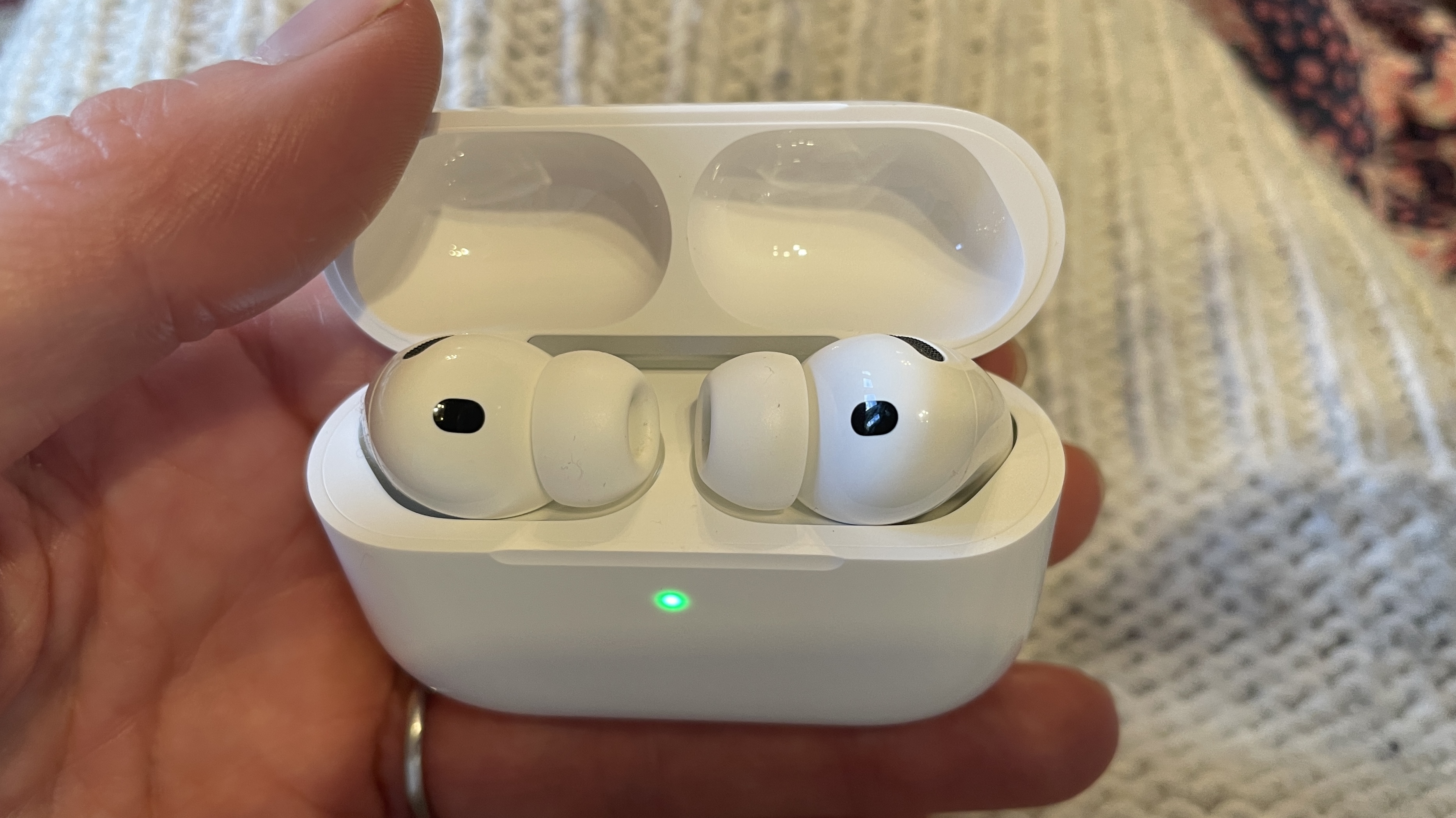
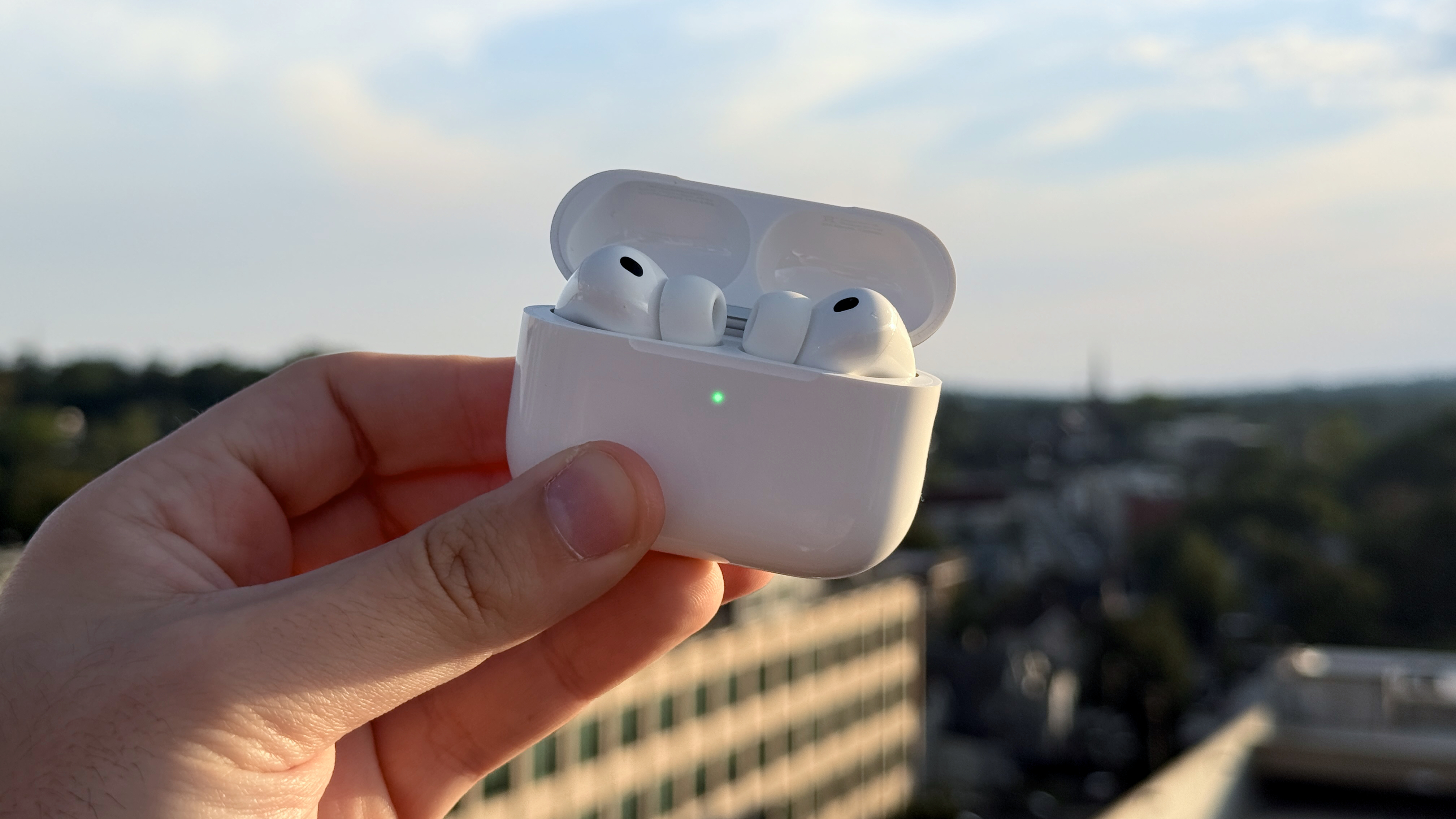
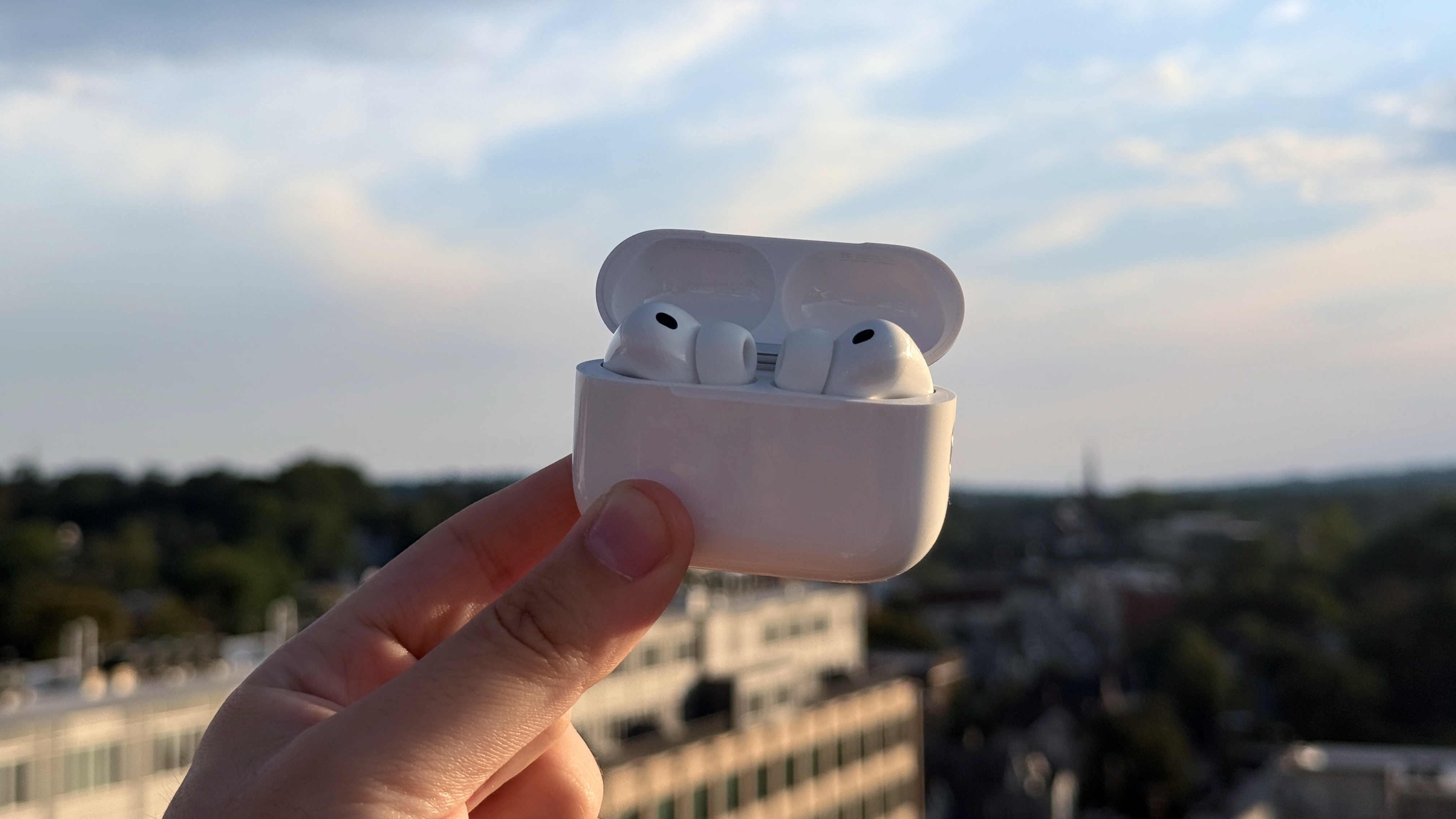
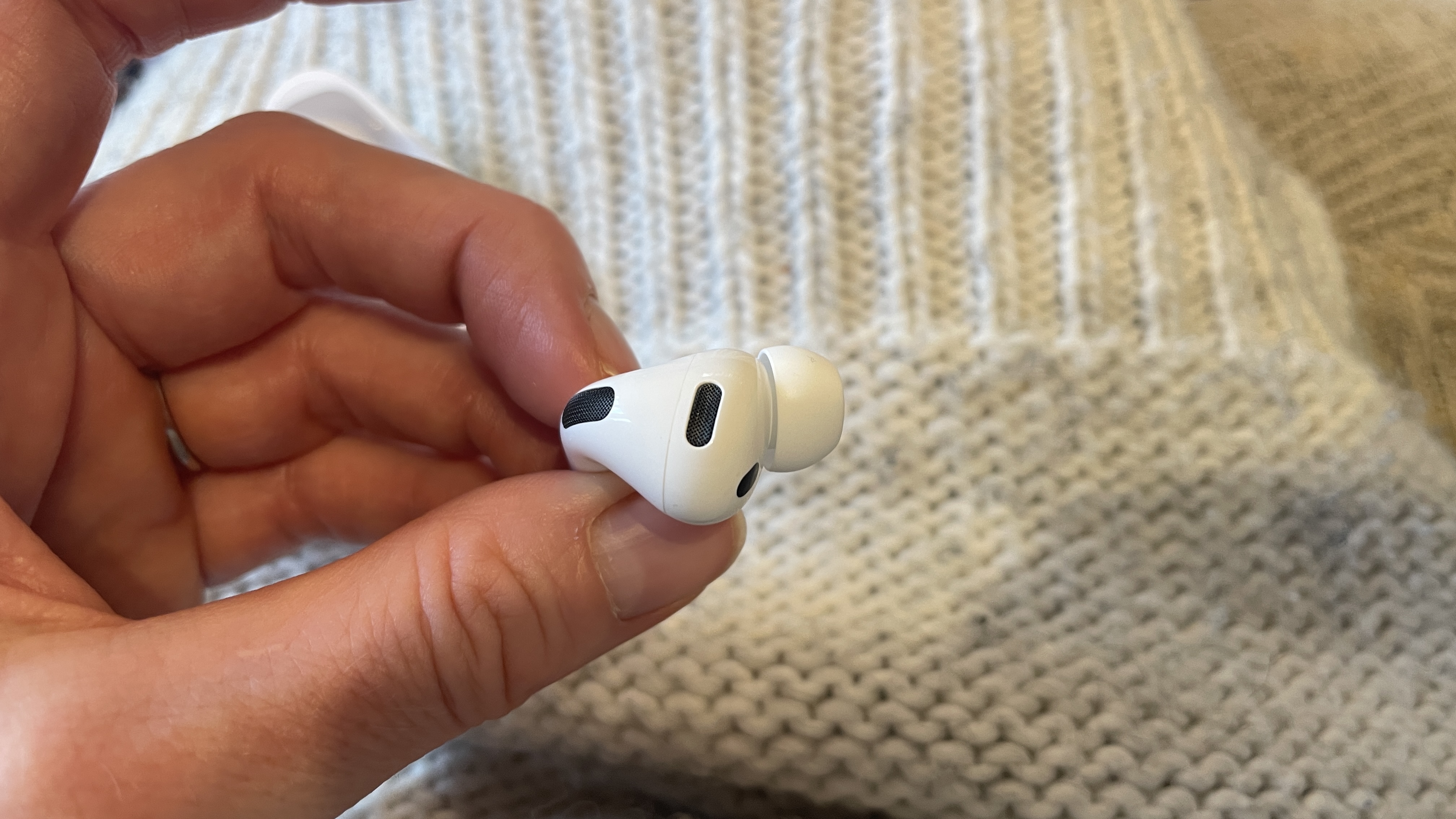

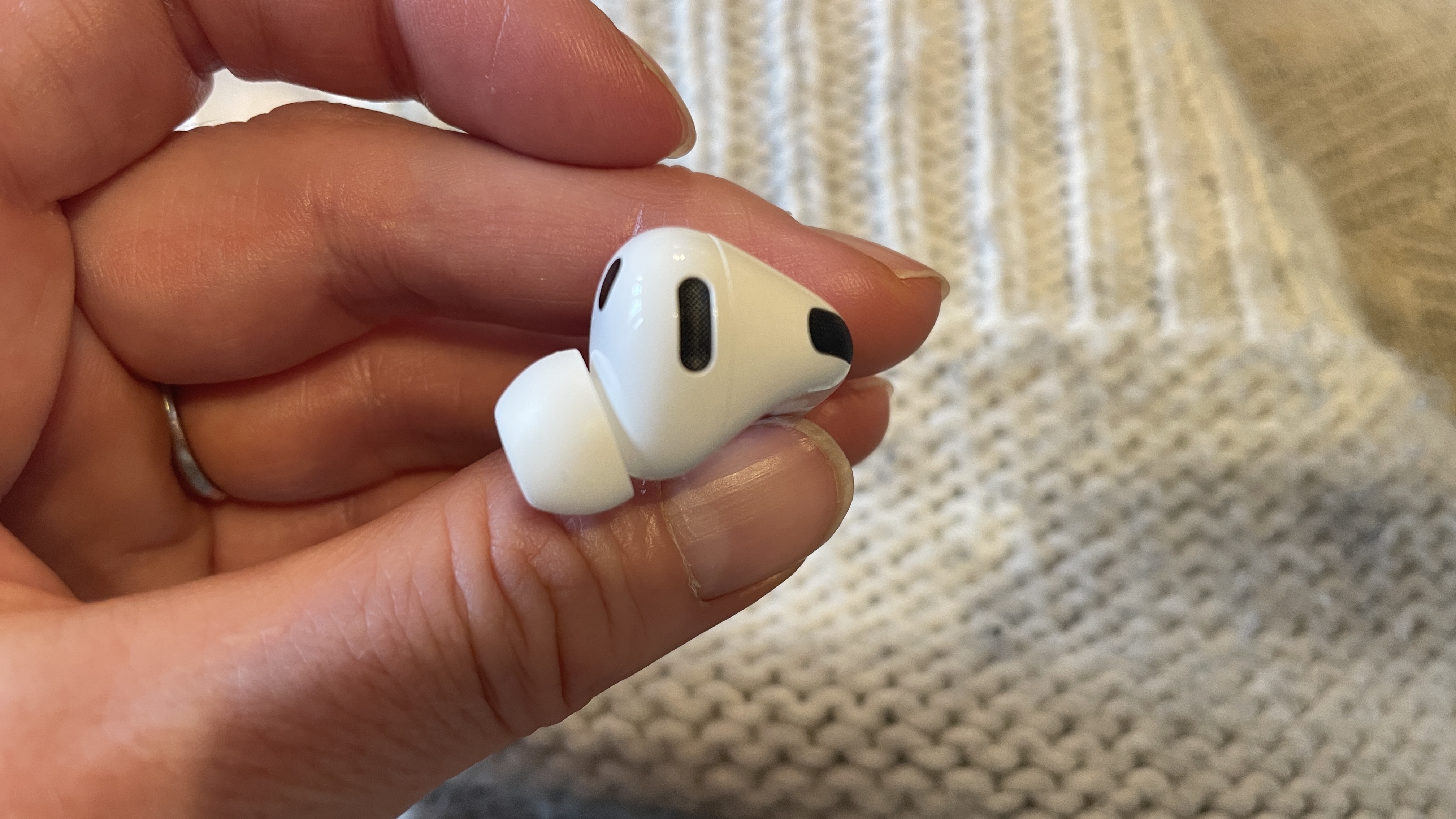
Specifications
Reasons to buy
Reasons to avoid
1-minute summary: Apple's AirPods Pro range are the most popular earbuds on the planet and the tech giant has somehow improved them in almost very way with the Pro 3s. They work so seamlessly with my Apple gear, they sound great, they're super-light and comfortable, and the active noise cancellation which was already fantastic is now even better. In fact, I'd go so far as to say that if you have an iPhone, the audio experience here really can't be beaten. The auto-switching between devices is so useful, and as a movie fan I really enjoy the Dolby Atmos spatial audio support too. There are some notable new features here as well, including live translation and heart rate monitoring, both of which work incredibly well and I imagine will massively appeal to certain users. But as much as the features here impress, I also don't want to understate how much I like their slim case, and non-bulky bud design. Which has actually been streamlined with this version, making them even comfier and, importantly, even more stable. As with all AirPods, they're only really worth considering if you only want to connect them Apple gear, because they lack device-neutral multi-point switching or any kind of app control on Android. You can get better sound quality in some respects, maybe in terms of detail and neutrality. But they're up there with the best on offer. Though they're not cheap, as a complete package for Apple users, the AirPods Pro 3 are incredibly hard to argue with. Then again, if you do want them but can't quite swing the price, we recommend you take a look at the still excellent Apple AirPods Pro 2 as you'll often find them discounted now they've been replaced.
Read our full Apple AirPods Pro 3 review

Reasons to buy
✅ You want superb sound and noise cancellation: Sound is excellent and if you have an iPhone there's no ANC out there that's as effective.
✅ You're in the Apple ecosystem: As always, you really do need an iPhone to fully take advantage of everything these buds offer,
✅ You care about fitness and heart health: You get Fitness+ for free with these buds and a built-in heart rate monitor is really appealing if you're into tracking your health data.
Reasons to avoid
❌ You want good battery life: The battery is improved in this model, but it's still average compared to rivals.
❌ You want to involve non-Apple devices: Android users miss out on the majority of features and will find a better listening experience from the Bose and Technics picks in this list.
❌ You want Lossless audio support, LDAC or aptX: You don't get any of that here, unfortunately, check out the Cambridge Audio Melomania A100 at #2 on the list instead.
Show full expert analysis ▼
In-depth analysis

Let’s start with the assumption that you’re the Apple fan these AirPods Pro 3 are made for. They’re packed with features and cutting-edge tech to rival the best in the business. The standout here is the active noise cancellation (more on that below), but there are a couple of new additions that might be game-changers for some, and a little meh for others. The first is heart rate monitoring, a great addition if you don’t already wear a smartwatch and you’re into fitness or tracking health data. The second is live translation, which can be fiddly to set up but works impressively well once it’s running. Battery life remains fairly average at around eight hours with ANC on (a bit less with Spatial Audio), though the case provides plenty of top-ups to make up for it. Unfortunately, if you’re not an iPhone user, most of these features won’t be available.

The AirPods Pro 3 offer seriously impressive sound, delivering what we described in our review as "immersive and vigorous impact". That sense of immersion is especially noticeable with head-tracked Spatial Audio enabled. Overall, you can expect an expansive, exuberant soundstage that gives bass registers plenty of room to rumble with precision and power. You might find more neutrality and detail from some other high-end buds, but sonically there’s still a lot to love here. They’re well-suited to just about any genre. As we wrote in our review, they “bring your music to your ears with panache and joy.” What more could you ask for? Well, I'm glad you asked. Because what you get here is also class-leading ANC. It was already outstanding in the Pro 2 buds, but it’s even better this time. In fact, Apple claims it’s twice as effective as before at nixing noise, and I can vouch for that. As we wrote in our review, “it’s almost scarily good at sucking the noise out of your ears.” So if achieving that cocoon of silence is important to you, and you’re an iPhone user, you can’t do better.

The AirPods Pro 3 are Apple products, so a high level of build quality and finish really is a given at this point. They have the sleek, stem design we've also come to expect from the Pro range, but this time around you also get an improved fit. That's because the earpiece has been subtly reshaped, which is a small but significant change that gives you a much more stable feel. At only 5.6g each, the buds are still very light, and you've still got pinch-based controls on those iconic stems. There's now an improved IP57 rating too, meaning they're dust resistant and waterproof to a depth of one meter for up to 30 minutes. The case keeps a similar and still pocketable shape, although Apple has done away with the reset button this time – most people won't notice, but I think it's a bit of a shame.

With an official price of $249 / £219 / AU$429, we'd never be able to call the AirPods Pro 3 affordable, but they offer solid value compared to similarly specced rivals, like the Bose QuietComfort Earbuds Ultra (Gen 2) and Technics EAH-AZ100, given their feature set. Especially if any of the newer additions, like live translation or heart rate monitoring, really appeal to you. If ANC is a priority, they're also worth every penny (it's excellent here). That said, do consider their limitations. If you like long listening sessions or you're not an iPhone user, you may find less value overall. Ultimately, how much they're worth depends on what you value the most.
Apple AirPods Pro 3 test results
Sound quality (ANC on) | 4.5 / 5 |
Sound quality (ANC off) | 4.5 / 5 |
Mic quality | 4.5 / 5 |
Battery life (ANC on) | 5.5 hours |
Battery life (ANC off) | 10 hours |
The best wireless open earbuds
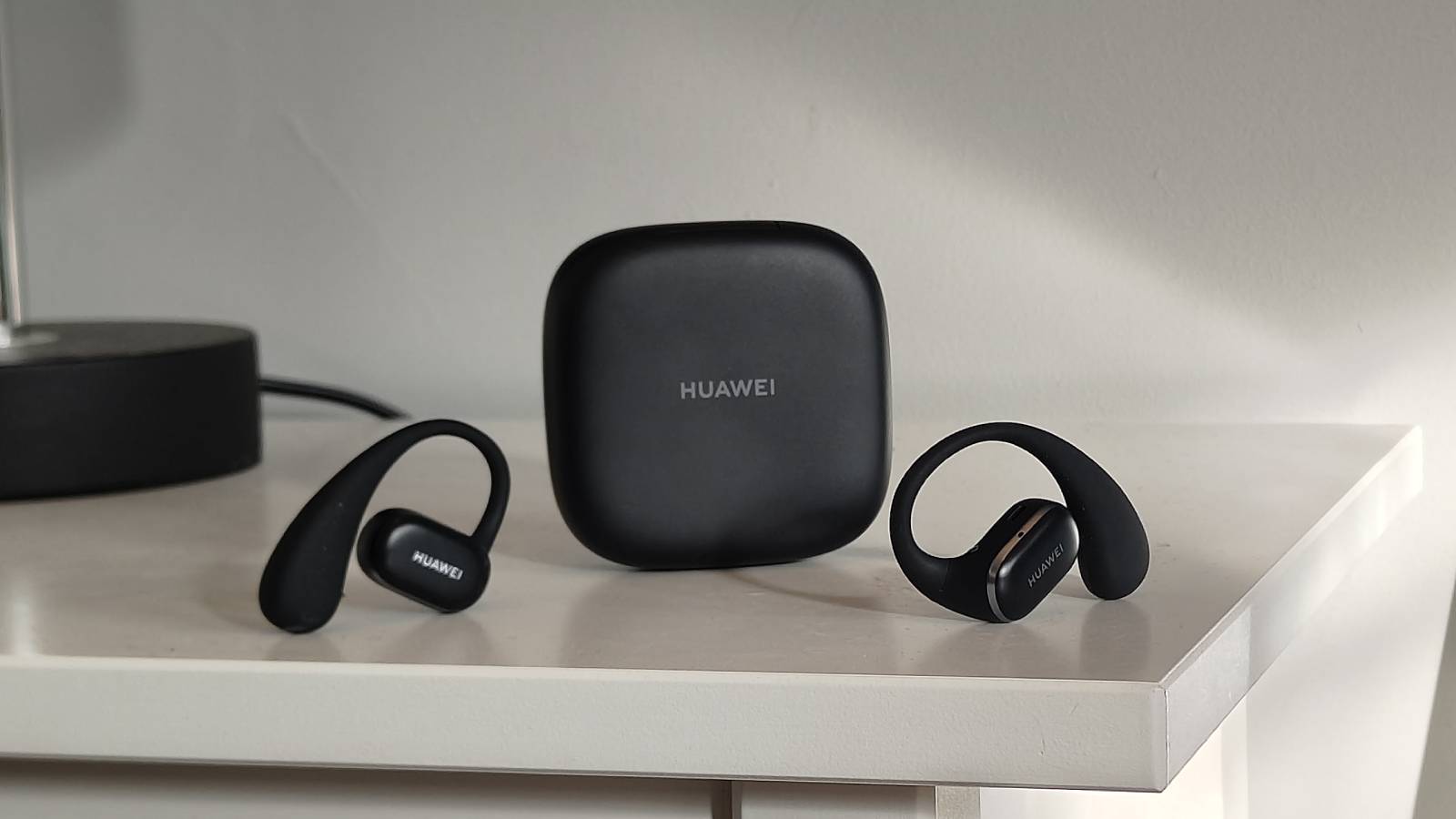
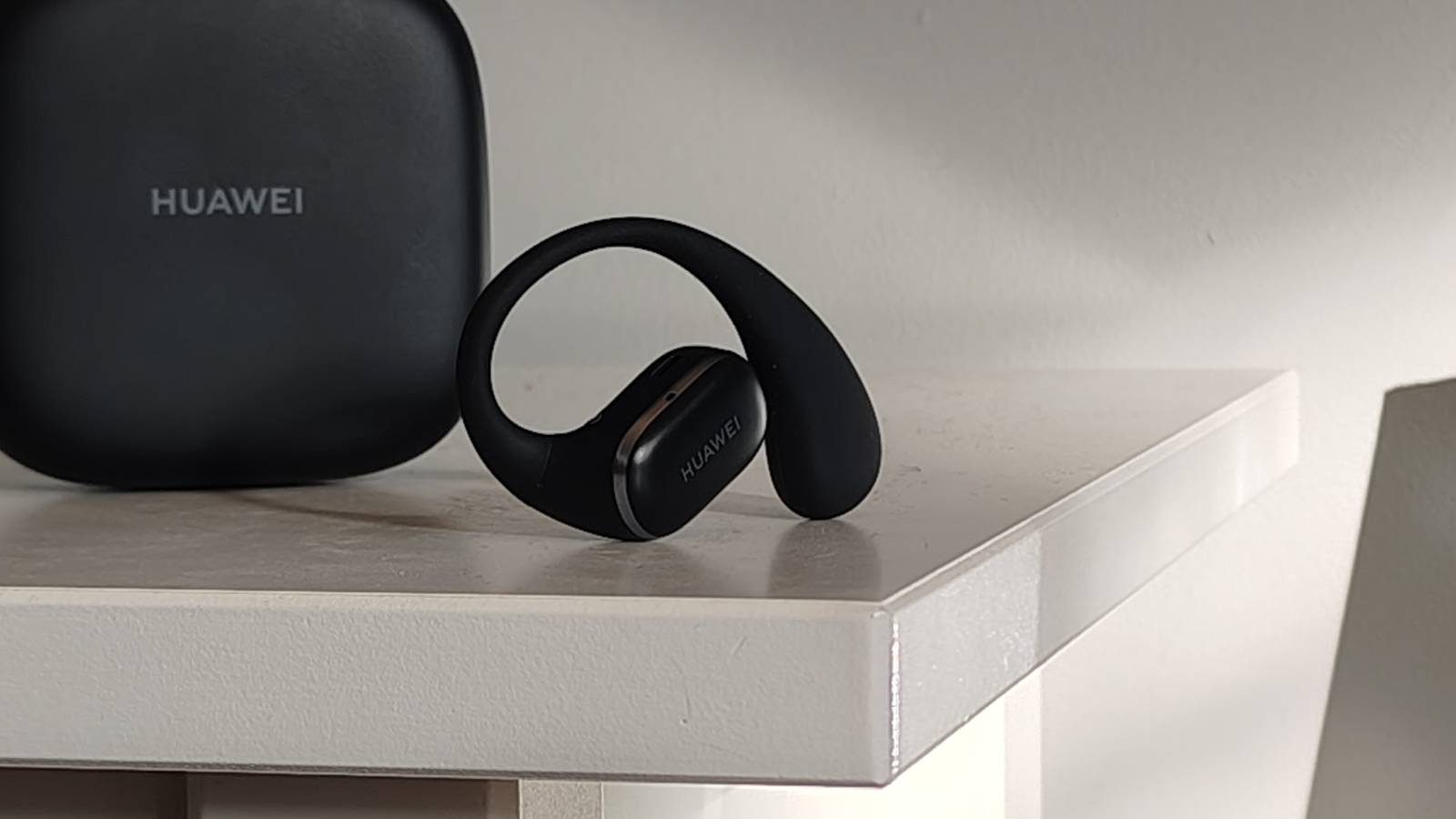
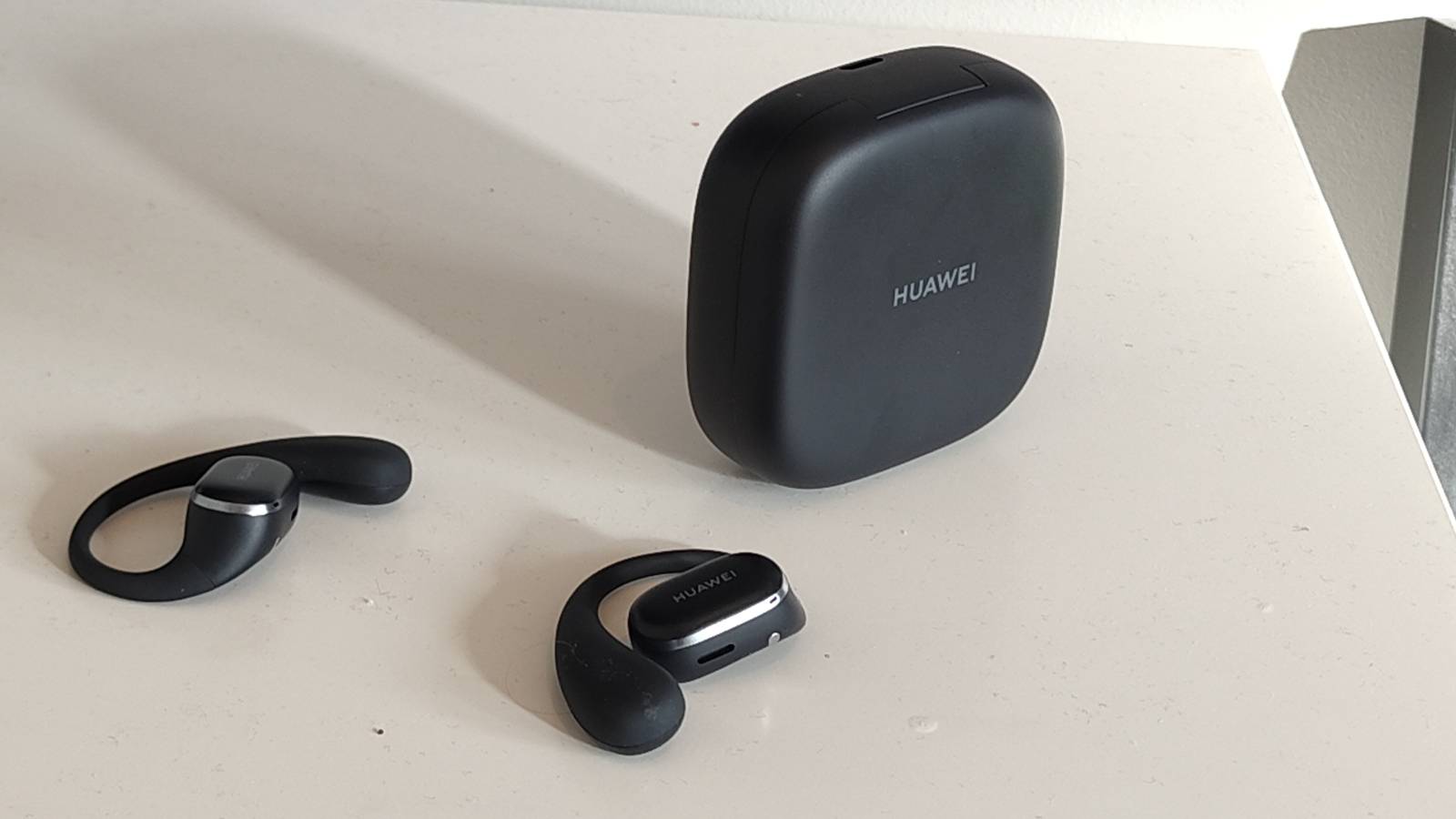
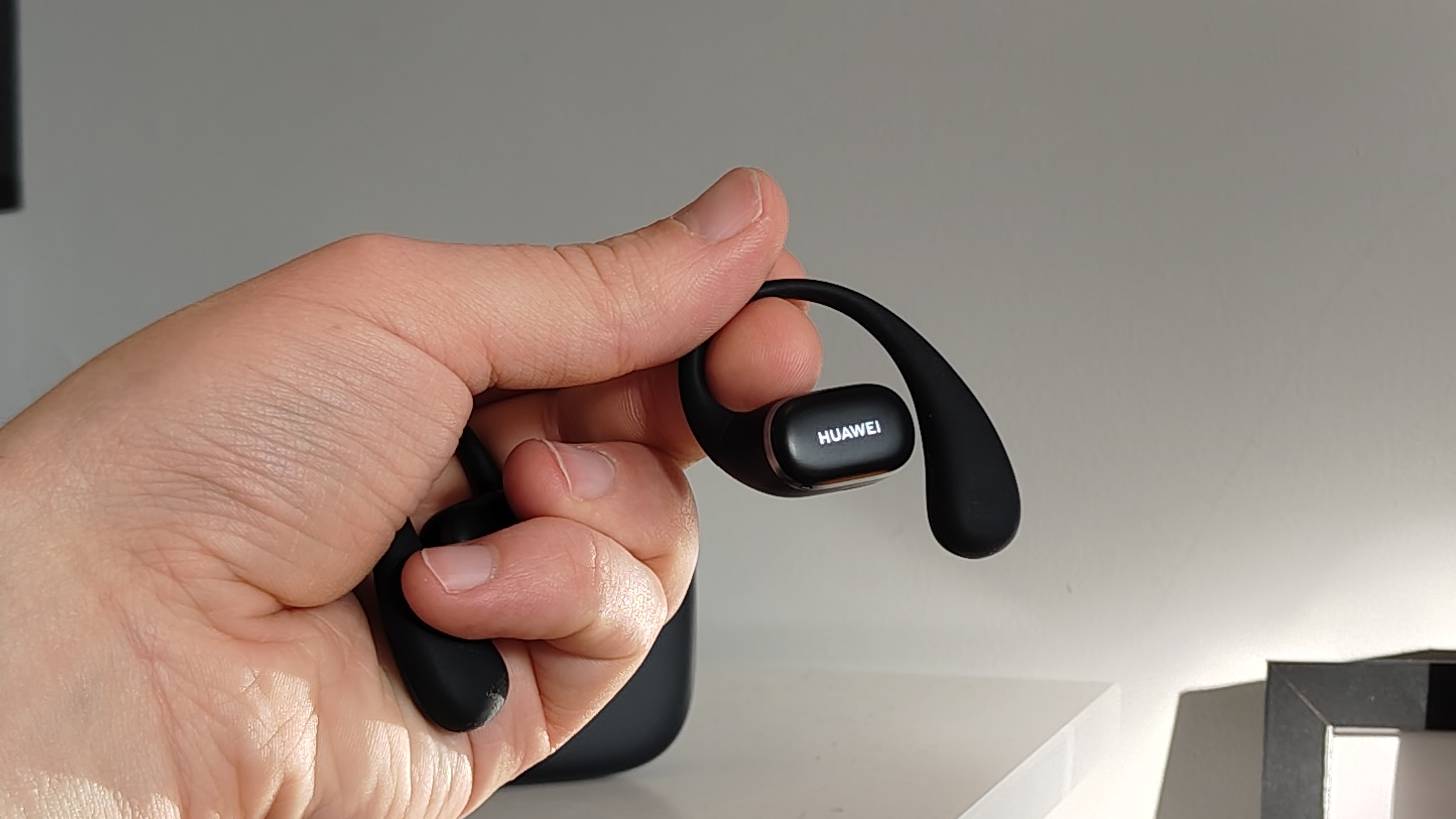
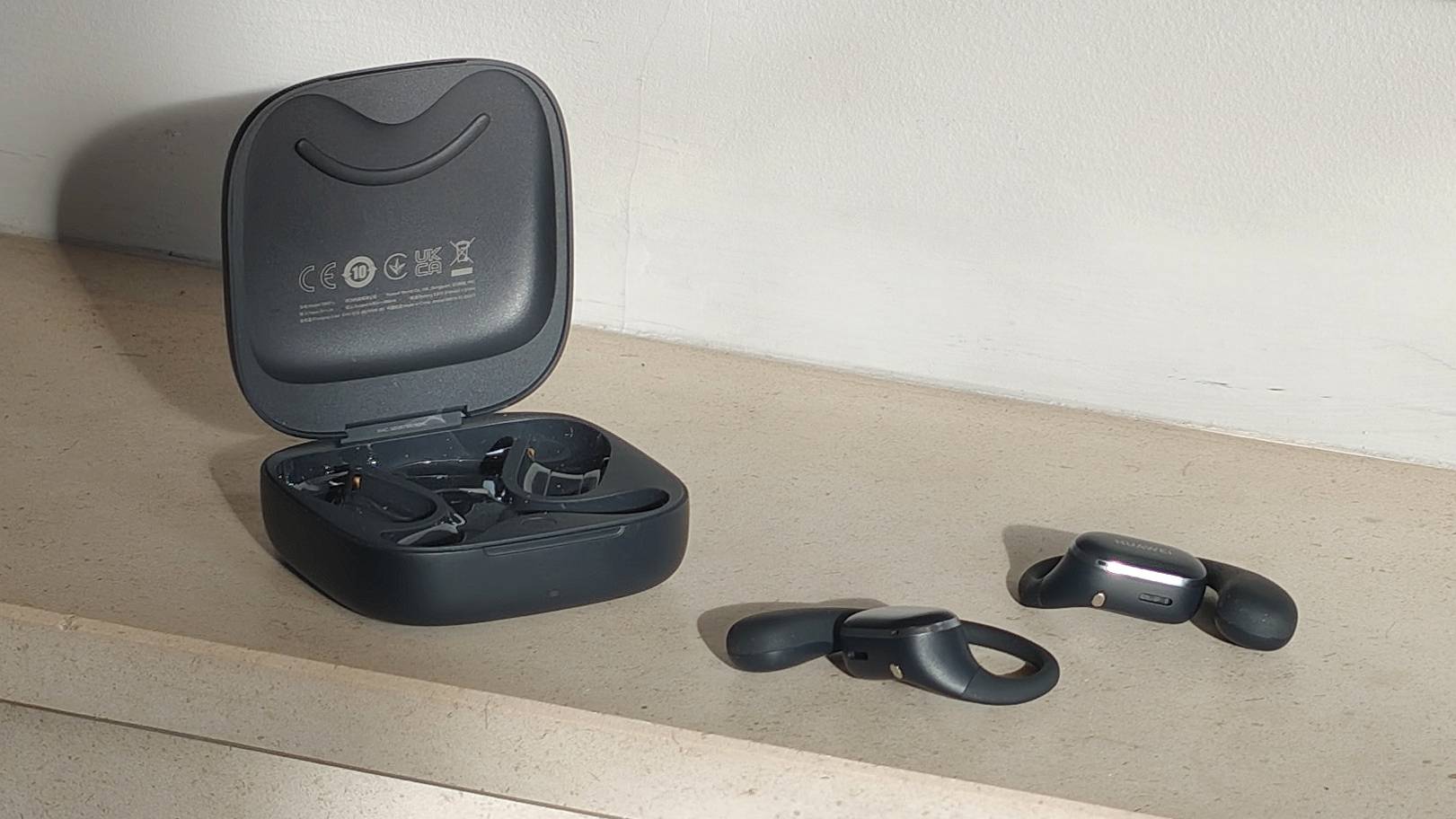
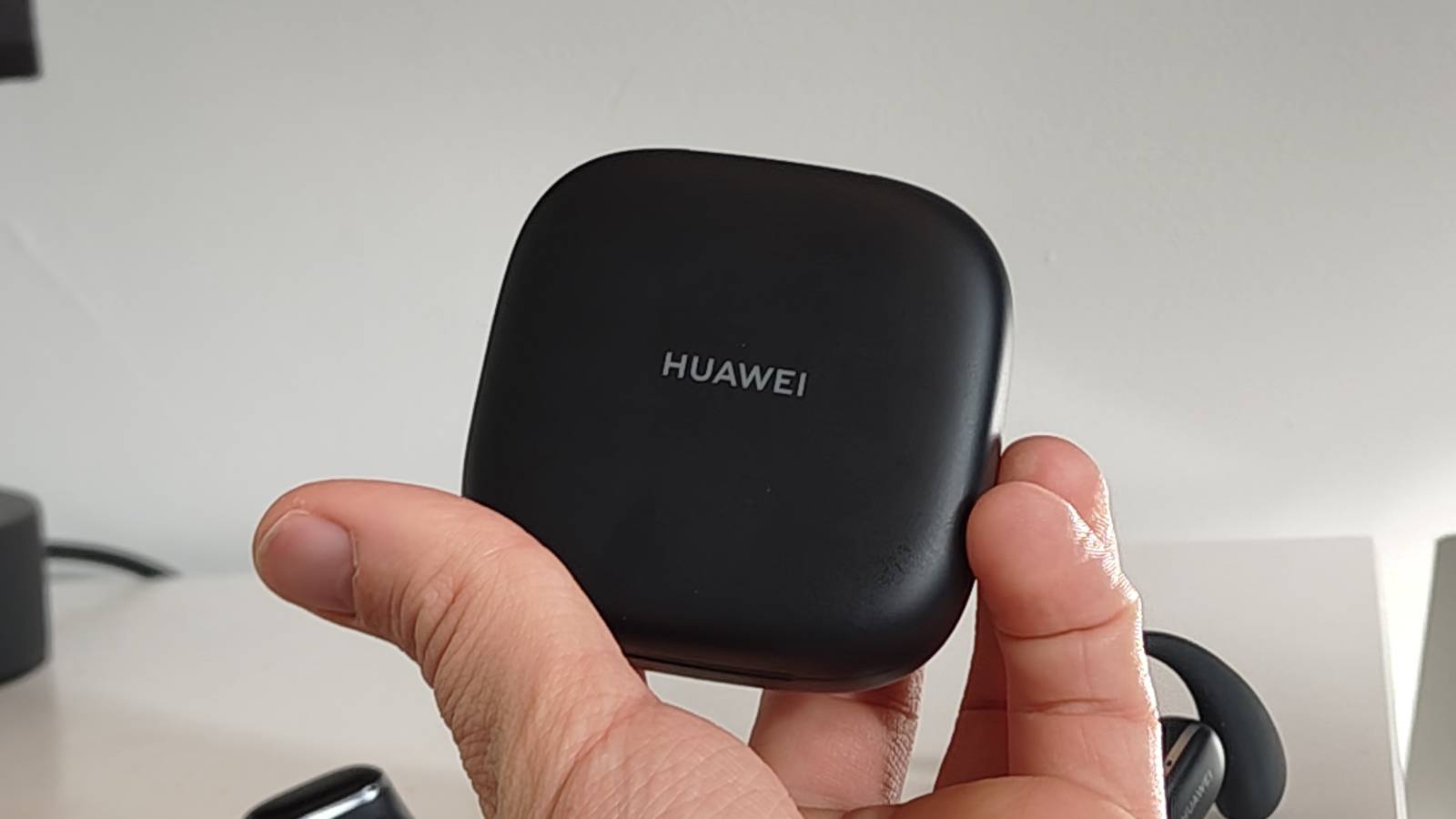
Specifications
Reasons to buy
Reasons to avoid
1-minute summary: Open earbuds are becoming increasingly popular, and from the options available today, I think the Huawei FreeArc are the best for most people, by a hair. These are the best-sounding open wireless earbuds we’ve tested so far for close to this price, with a soundstage and energy that outshine the rest. While open designs tend to sacrifice audio detail to bring you situational awareness, the FreeArc buds do manage to balance both well. They’re also comfortable, lightweight and stay secure during workouts as well as day-to-day life. The IP57 rating is a nice bonus too, making them great for outdoor or gym use. I do have some caveats, though: there's no ANC, and you have to sideload the Android app if you want to use it, though iPhone and Huawei users won’t have this issue. But the FreeArc still strike an impressive balance between comfort, sound quality and value, and I think they're the best alternative to the more traditional in-ear buds in this guide for this price.
Read our full Huawei FreeArc review

Reasons to buy
✅ You care about sound quality: If audio fidelity matters to you but you still want the benefits of an open design, the FreeArc buds are your best bet.
✅ You’re working with a mid-range budget: The Huawei FreeArc may not be super-cheap but if you're spending in the mid-range, they offer excellent value for money.
✅ You have an iPhone or Huawei phone: Android users might struggle with the app setup, but iPhone and Huawei users can expect a smoother experience.
Reasons to avoid
❌ You want to wait between charges: There's decent battery life from the buds, but the case only adds 23 hours total. If you don’t regularly top up your devices, that might feel a little limiting.
❌ You want to listen in noisy places: They shine in quiet settings, where the sound quality can really stand out. But in loud environments, background noise can easily overpower your audio.
❌ You have an Android phone and want to use the app: As we've mentioned, installing the app is frustrating for Android users. Not impossible, but possibly not worth it – though you can use them without the app.
Show full expert analysis ▼
In-depth analysis

The Huawei FreeArc buds keep things fairly simple feature-wise. You’ll get the basics you need here, such as touch controls, Bluetooth 5.3 and voice assistant support, along with a companion app for customization. However, some rivals are charging ahead with extras, particularly with active noice cancellation, which the FreeArc lack. The IP57 rating means the earbuds are dust and water resistant, which is great news for workouts. But the charging case has no water protection and feels a little basic overall. Battery life clocks in at 7 hours per charge with a total of 23 hours using the case, which is fine but definitely not best-in-class these days. One of the most notable downsides here is that Android users may find the app difficult to access and install, though things are much smoother on iOS or Huawei phones. So while they’re not the most feature-packed option, the FreeArc buds still deliver what matters most in this category.

Where the FreeArc truly shine is sound. For an open design, the audio is stunningly good. You get a wide soundstage, punchy bass, and crisp highs, which is a rare combo in buds that don’t sit in your ear canal. Music feels alive, energetic and full of detail, especially in quiet environments. The tuning is refined and balanced whatever you're listening to, offering enough presence to rival some traditional wireless earbuds. We found ourselves repeatedly surprised by the clarity and fullness of the audio. However, the lack of ANC does mean they’re best used in quieter spaces. If sound is your top priority and you want to stay aware of your surroundings, these are as good as open earbuds get.

The FreeArc buds are thoughtfully designed for both comfort and stability – not always an easy feat in an open design. They're lightweight with a design that gently hugs the outside of your ear, staying secure without the need to wedge into your ear canal. That’s a big win if you find traditional earbuds uncomfortable or want to listen out for ambient sounds. During testing, they held firm during runs and workouts, outperforming many other open designs. The IP57 rating means they’re built to withstand sweat, rain and dust. For open earbuds, getting both comfort and stability right is rare and we're happy to say that Huawei has nailed it here.

The Huawei FreeArc buds offer exceptional value for their asking price. After testing many of them, we know that open earbuds often make compromises when it comes to sound. But the FreeArc don’t just hold their own, they outperform much of the competition. The sound is far better than you’d expect at this price and the stable, comfortable design makes them ideal for everyday use, especially if you need awareness of your surroundings. If you’re looking for open wireless earbuds that actually sound great and feel good to wear all at a fairly affordable price for most people, this is the pair we’d recommend first.
Huawei FreeArc test results
Sound quality (ANC on) | N/A |
Sound quality | 5 / 5 |
Mic quality | 2.5 / 5 |
Battery life (ANC on) | N/A |
Battery life | 7 hours |
The best wireless earbuds for Samsung fans

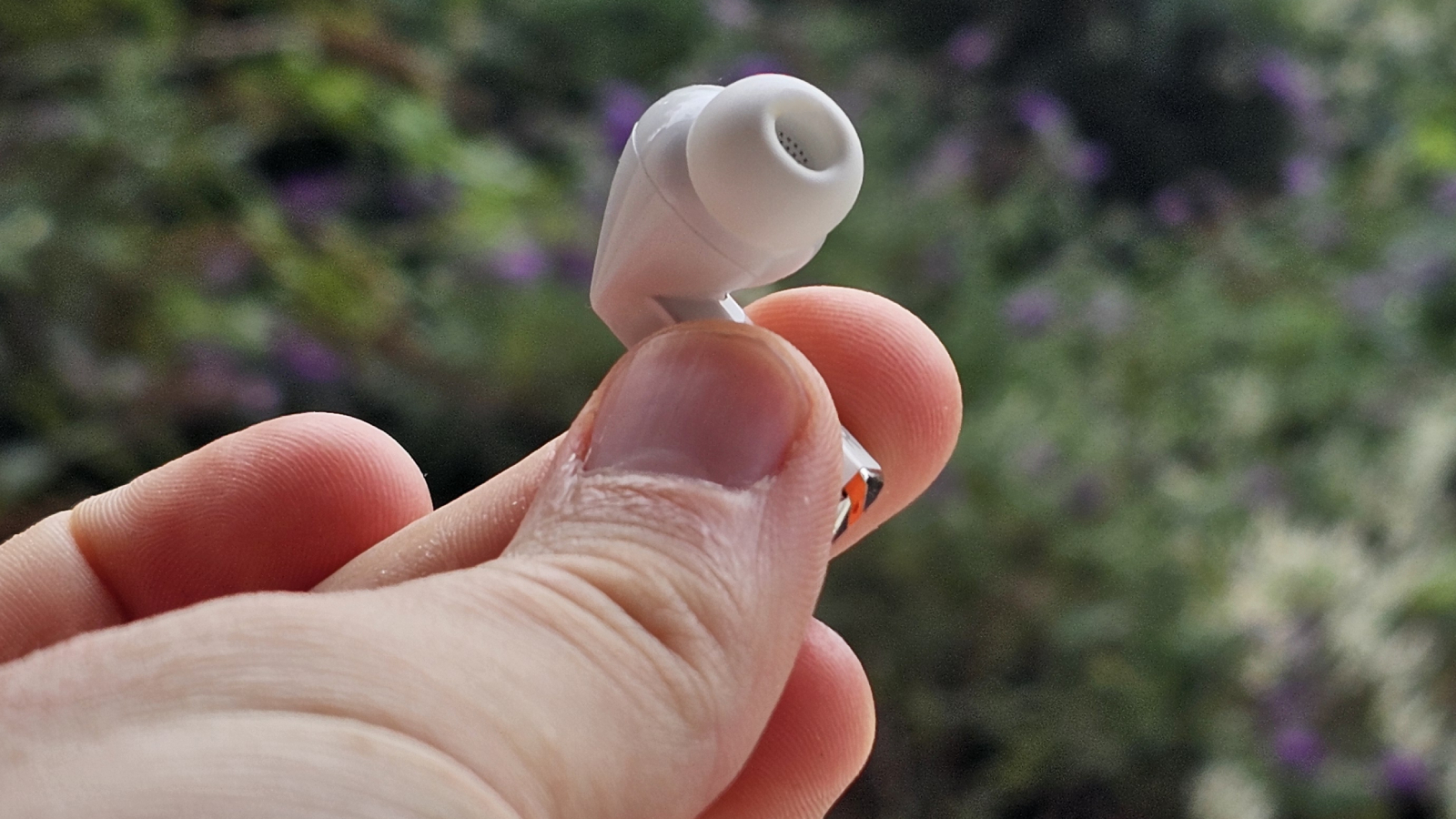

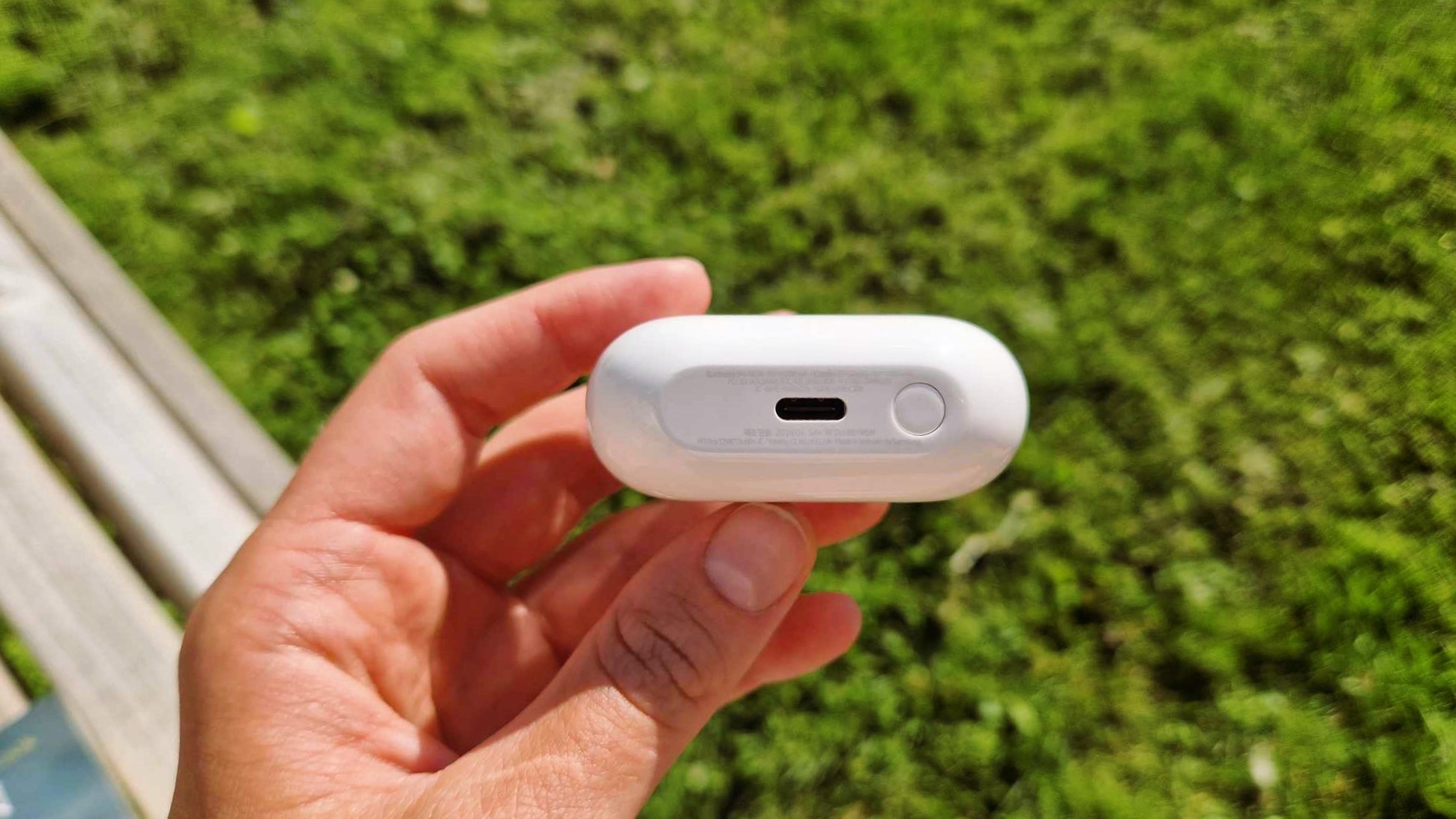

Specifications
Reasons to buy
Reasons to avoid
1-minute summary: Let's address the obvious here, it's fair to say that Samsung took some pages from the AirPods book with its latest Pro earbuds, switching them to a stem design, and keeping some of their best features exclusive to Samsung Galaxy devices. It means that for users of other Android devices, I'd generally point you to other options. But for Samsung owners, they're pretty damn great, and those exclusive options are juicy. The head-tracked spatial audio is effective, and Samsung's devices support Dolby Atmos, so you're getting the best version of it. The 24-bit Hi-Res Audio support is kind of mind-blowing as a feature, and means you really eke the most out of music streaming services with lossless support. The AI features are not really essential yet, but I suspect they'll get developed and improved rapidly, so they're future-proof. Most importantly, these earbuds sound excellent and offer strong active noise cancellation, so make an excellent package for the Galaxy fans. Especially because Samsung is known for its discounts, so they'll probably be great value if you buy smartly.
Read our full Samsung Galaxy Buds 3 Pro review

Reasons to buy
✅ You have a Samsung Galaxy phone: The Buds 3 Pro offer a load of extra smarts when used with Samsung phones, including spatial audio and AI features.
✅ You want Samsung's best audio quality: Samsung's 24-bit audio (again, if you have its own phones to use with the buds) is superb for elite music fans.
✅ You want strong active noise cancellation: These are highly effective at cutting off the outside world, without being big and bulky.
Reasons to avoid
❌ You want big features on another phone brand: General Android users won't get as much from these buds, and iPhone users don't even get an app to control them.
❌ You want the absolute best value: They're excellent, but they're not cheap, and non-Samsung owners won't get as much out of them.
❌ You don't like a stick design: Samsung changed from its previous buds-only design to a stick design that's especially futuristic. It won't be for everyone.
Show full expert analysis ▼
In-depth analysis

The Galaxy Buds 3 Pro are well-equipped, but they make the most sense if you have a Samsung phone to match them with. The active noise cancellation is seriously good no matter what phone you have, and impressed us a lot. But there is an AI-powered Adaptive mode here that only works with Samsung phones, though we found it not to make much of a difference in all honesty. The other AI features are also, frankly, not much of a draw. However, the Samsung-exclusive head-tracked spatial audio works well, and the (also exclusive) 24-bit/96kHz wireless audio support is a very nice boon for music fans who use the likes of Tidal or (perhaps improbably) Apple Music for higher-quality files. There's no multi-point switching between non-Samsung devices, so while they're very well-featured for Samsung owners, anyone else is better off elsewhere.

Our review said that these are "some of the best wireless earbuds I’ve tested for sound", and this was helped by the (Samsung exclusive) Ultra High Quality Sound wireless tech and the Adaptive EQ for personalizing the audio. We found the sound to be energetic and dynamic, with great weight to the bass and clarity to the treble. The soundstage is wide, and songs get the chance to be suitable big when they should be, and with individual instruments able to be picked out of the mix easily. They're right up there with the best buds for this kind of price.

Samsung has evolved these buds to an AirPods-like design rather then the circular blob design that it previously used, a choice we think might divide people. Doubly so, since the stem is triangular and has a light on it, which is very angular and futuristic. However, they're lightweight, and they're comfortable to wear, so if you don't mind the look, there are no complaints in using them generally. However, we found the eartips to be difficult to remove safely – it's very easy to tear them. So be careful if you need a size other than Medium; pull carefully by grabbing near where they attach to the buds, and keep your nails well clear.

The official price of $249 / £219 / AU$399 is very competitive compared to other premium earbuds if you're a Samsung owner – less so otherwise, since so many options are locked away. However, Samsung often does aggressive deals on its earbuds during sales season, so you might see some prices much lower than this – they'll become even better if so. But again, we'd still say they're really for Samsung owners only.
Samsung Galaxy Buds 3 test results
Sound quality (ANC on) | 4.5 / 5 |
Sound quality (ANC off) | 4 / 5 |
Mic quality | 3.5 / 5 |
Battery life (ANC on) | 6 hours |
Battery life (ANC off) | 7 hours |
The best wireless earbuds for sound
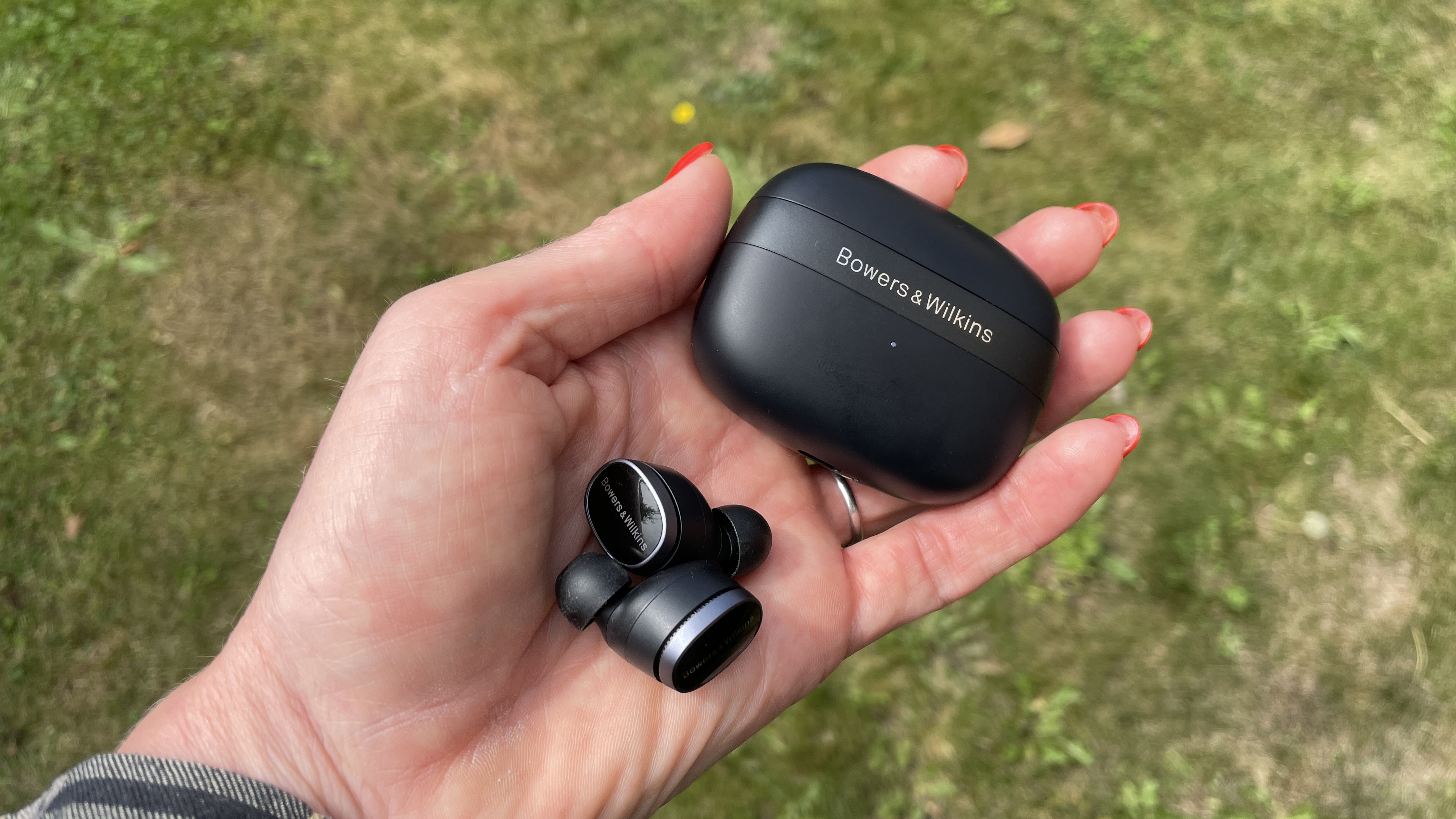
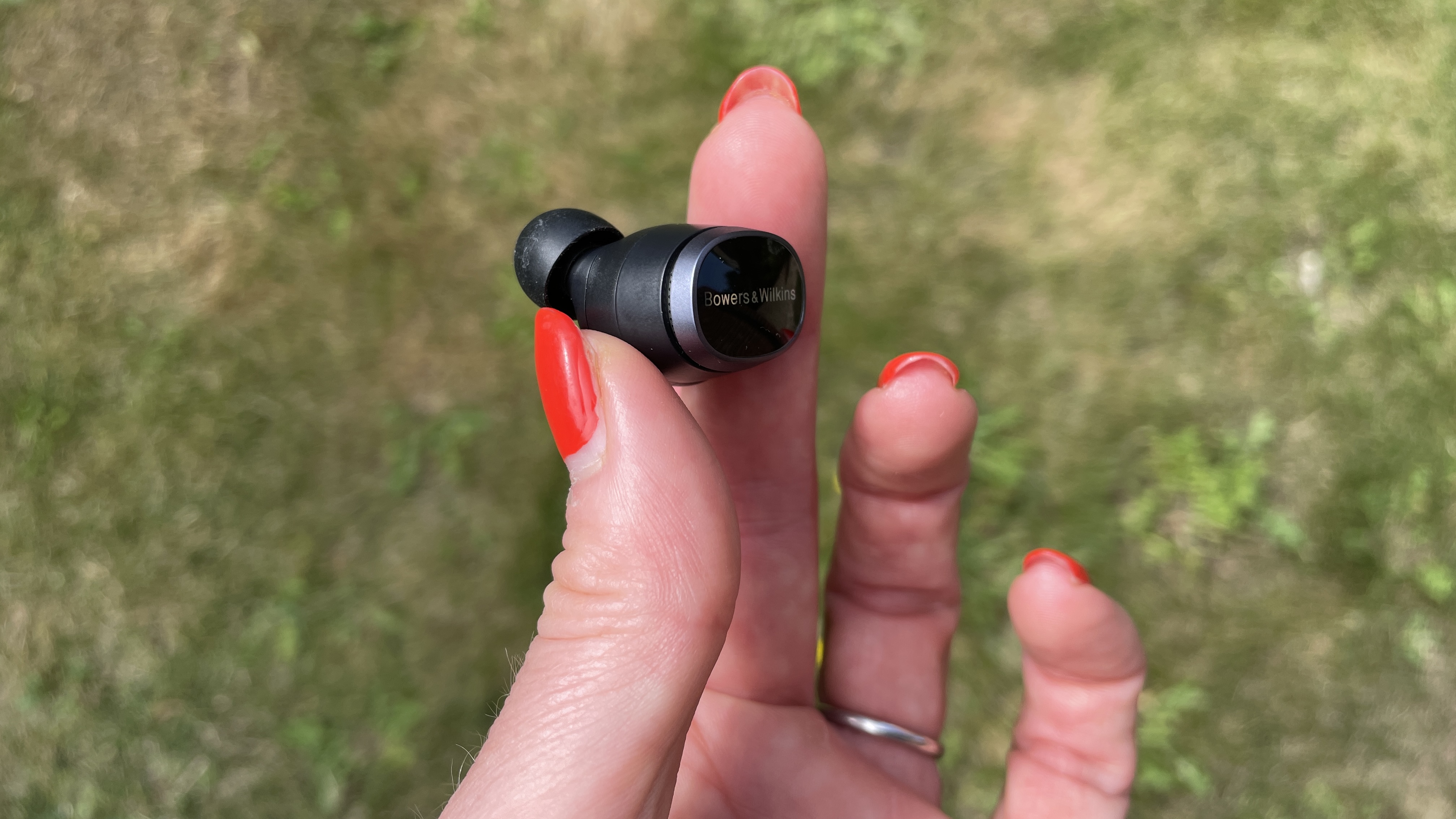
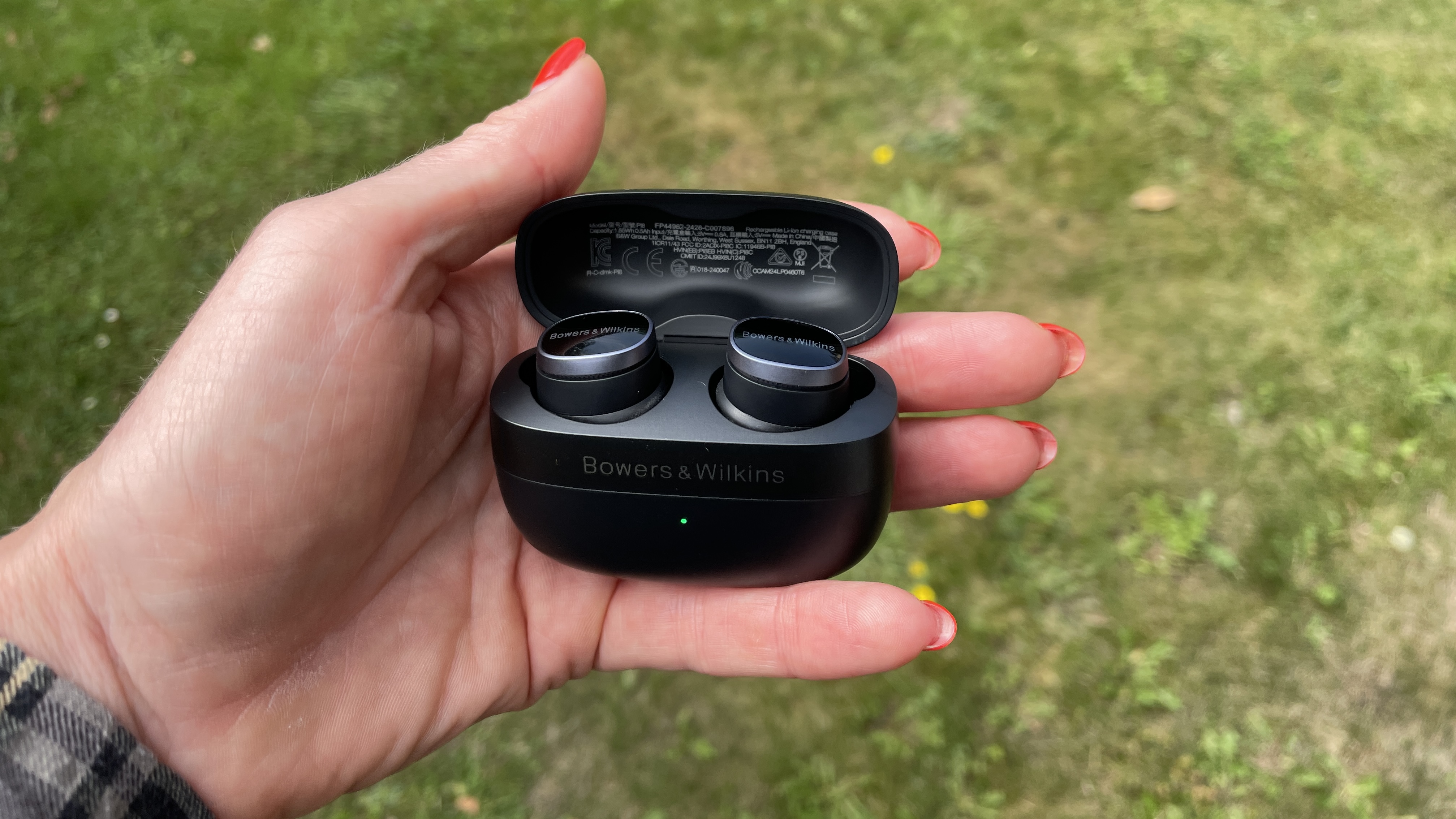
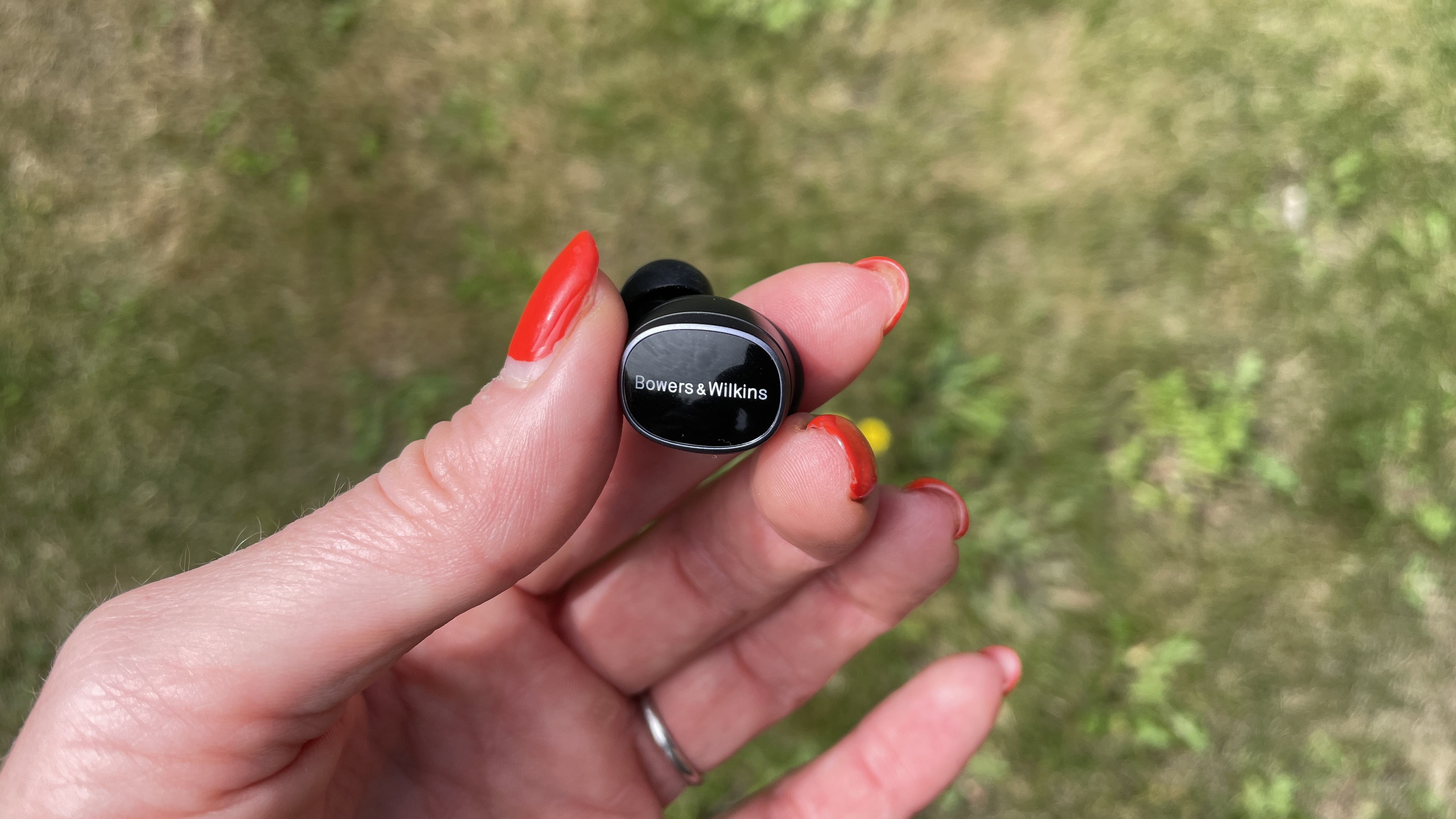
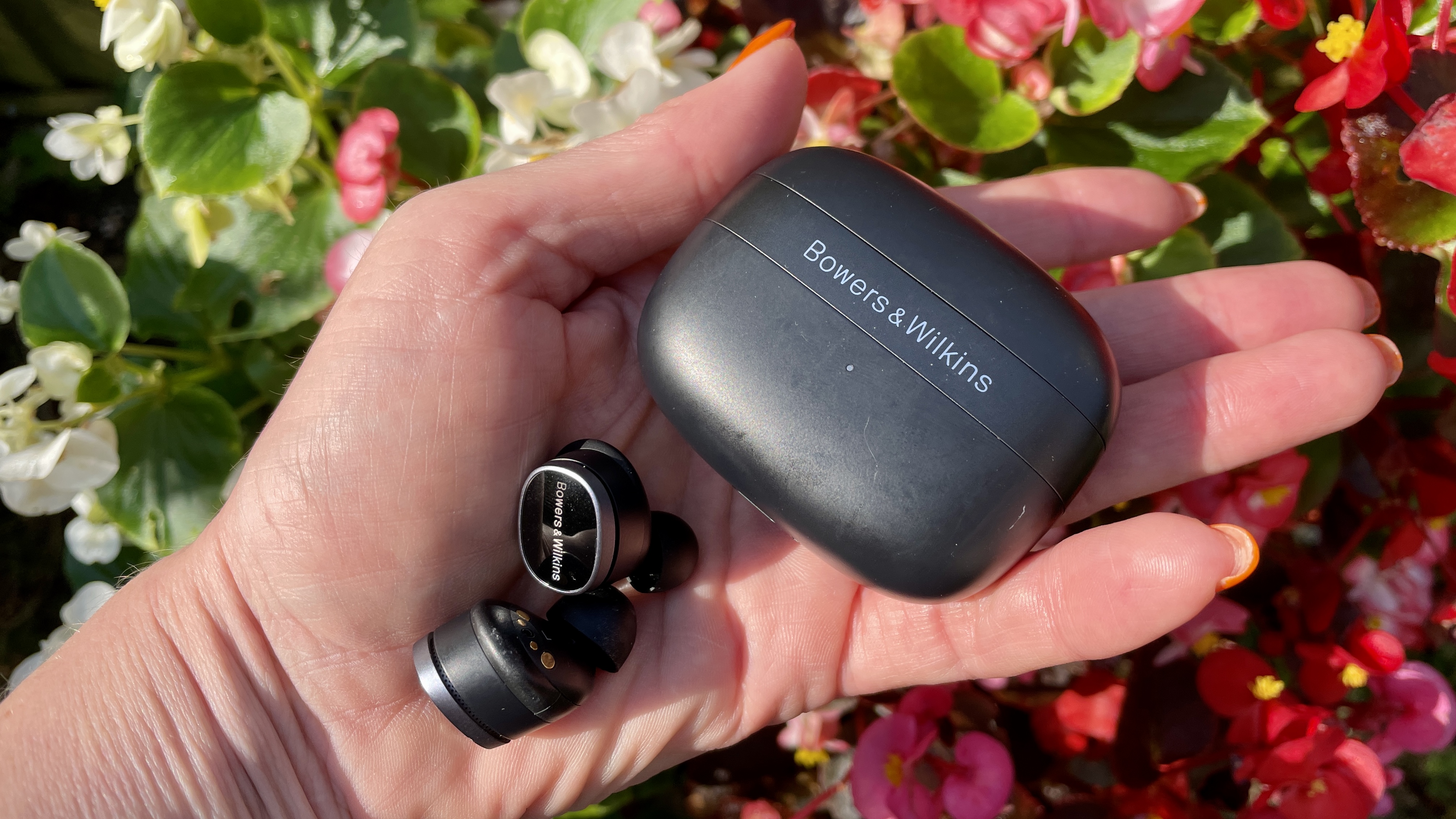
Specifications
Reasons to buy
Reasons to avoid
1-minute summary: Let's not be coy; the Pi8 are are completely different to the unreliable (and quite uncomfortable) Pi7 S2 that Bowers & Wilkins put its name to before them. The company approached the challenge of solving the older siblings' snafus with both humility and grace too, completely redesigning the driver housings – to look not unlike the also-excellent 2023 Technics EAH-AZ80 – and adding an upgraded DAC, DSP and amplifier. Yes, the Pi8 effectively bypass Qualcomm's digital-to-analog converter for even better audio quality compared to their direct rivals. B&W's commitment to sound doesn't surprise me though; what does is fact that they can nullify noise as well the Bose QuietComfort Ultra Earbuds (Gen 2) or the AirPods Pro 3. That feeling of being wrapped in a comforter of silence happens, but without any sense of wind-tunnel nausea. Also, you finally get on-ear volume control, which is something I've been begging companies to implement for years, particularly in this premium sector. There's no spatial audio with head-tracking and no ear-tip fit tests or hearing profiles. No, B&W wants music (unaltered and at its most detailed) to be the star of the show here and the company has far exceeded that brief. I cannot fault the sound quality the Pi8 earbuds are able to deliver wirelessly, or when using the case as a transmitter for aptX Adaptive quality at up to 24-bit/96kHz. And that's something I so rarely write.
Read our full Bowers & Wilkins Pi8 review

Reasons to buy
✅ You prioritize sound quality above all else: They offer the most zealous, balanced, detailed audio I've heard in a true wireless earbuds design. ANC if top-tier too.
✅ You want buds that really fit: B&W has reworked everything. Put them in and just leave them – no twisting, wedging or jamming them in again.
✅ You want a wired connection too: The case for the Pi8 can be connected to USB-C ports or 3.5mm ports, and beams the sound to the buds in high quality – perfect for in-flight entertainment.
Reasons to avoid
❌ You want spatial audio: No dice here, I'm afraid, in any form.
❌ You want personalized sound tests: No, you don't get that here either.
❌ You need to access ANC profiles and volume at all times: You have to choose between on-ear volume control, scrolling between your ANC profiles, or accessing your voice assistant.
Show full expert analysis ▼
In-depth analysis

Aside from the excellent ANC, there's also a useful 'Pass Through' mode that lets you hear a colleague talking next to you – on the odd occasion you really need that. There's no 'adaptive' ANC option and I don't care – when the full-fat version works this well, why get granular? Now, the ace up the sleeve is that aside from the no-nonsense, pocketable appeal of the Pi8's case, you can plug that USB-C port (USB-C to 3.5mm and USB-C cables are supplied) into a non-Bluetooth wired source and it'll double as a wireless audio re-transmitter in aptX Adaptive quality up to 24-bit/96kHz. Yes, in-flight entertainment systems and tray tables just got much less stressful! There are no hearing tests, ear-tip fit tests, personalized sound profiles or head-tracked spatial audio processing here, but these are things we can live without. They more than make up for it in other areas.

I don't know if I've ever written a TechRadar 'Sound' review section as positive as this one. It feels as if the B&W Pi8 happily unpack, weigh, open out, examine, layer and finally present whatever music I send to them with the talented hand of a French pâtissier, revealing juicy bass frequencies few earbuds can relay. I'm also struck by the pin-point accuracy of article placement in mixes. Vocals spring out from my cheekbones, my temples and beneath my chin in raucous and zealous mixes. Refreshingly, noise cancellation and ambient profiles never make anything go off kilter either. For musicality, neutrality, attack, drive, dynamic nuance, balance across the frequencies and all the other things I usually pick apart, Bowers & Wilkins' back-to-the-drawing-board approach has paid off. Wow, these earbuds sound good…

The redesign here was needed, even if the earpieces might not look quite as high-end as the metallic, Swiss-watch style driver housings of the Pi7. What we have now is a plastic build, but it's premium matte plastic that seems to murmur 'I'm expensive' and the point is, they fit so well you'll feel a millionaire when wearing them. The mic and sensors on the older Pi7 models weren’t in the best position, but this has all been fixed for Pi8. Right under the touch-sensitive top plate are the mics and sensors – as far away from your head and ear folds as it's possible to put them. I typically switch to the smaller set when choosing ear tips, but since the neck of the earbud isn't long (and the design is so well weighted), I don't think the tip size is too important here. They might look a little bulky (and they do weigh 7g each), but I was surprised at just how naturally and unobtrusively they fit. One minor negative (and it's similar to the one I encountered with the JBL Live Beam 3, directly below this entry) is that you need to ditch a set of on-ear control functions again. Yes, you can now get on-ear volume control by long-pressing either Pi8 earbud, but to get it you need to forego scrolling through ANC profiles and access to your voice assistant. That's where my gripes end though, because when you factor in that case retransmission feature, this is a beautiful design from Bowers & Wilkins – and a ripping up of the design playbook that probably didn't come easy.

Sonically the Pi8 are the best earbuds I've heard in a wireless design, and as you'd expect, you do need to pay a premium for that. Which is why there's no getting around it, the Bowers & Wilkins Pi8 are not cheap. But if you want excellent, unadulterated, high-quality audio in a comfortable build, then it's here in spades. If you value sound quality above all else, this is where to look. So sure, it's not the cheapest, but it is the best for sound. For stamina however, the Pi8 can be beaten (it's no good having great audio and wireless transmission from the case if you're caught needing a battery top-up before the flight), and if you want spatial audio, or hearing tests mixed in with the ANC, you'll also be better served with other options in this list.
Bowers & Wilkins Pi8 test results
Sound quality (ANC on) | 5 / 5 |
Sound quality (ANC off) | 5 / 5 |
Mic quality | 4 / 5 |
Battery life (ANC on) | 6.5 hours |
Battery life (ANC off) | 8.5 hours |
The best wireless earbuds for battery life
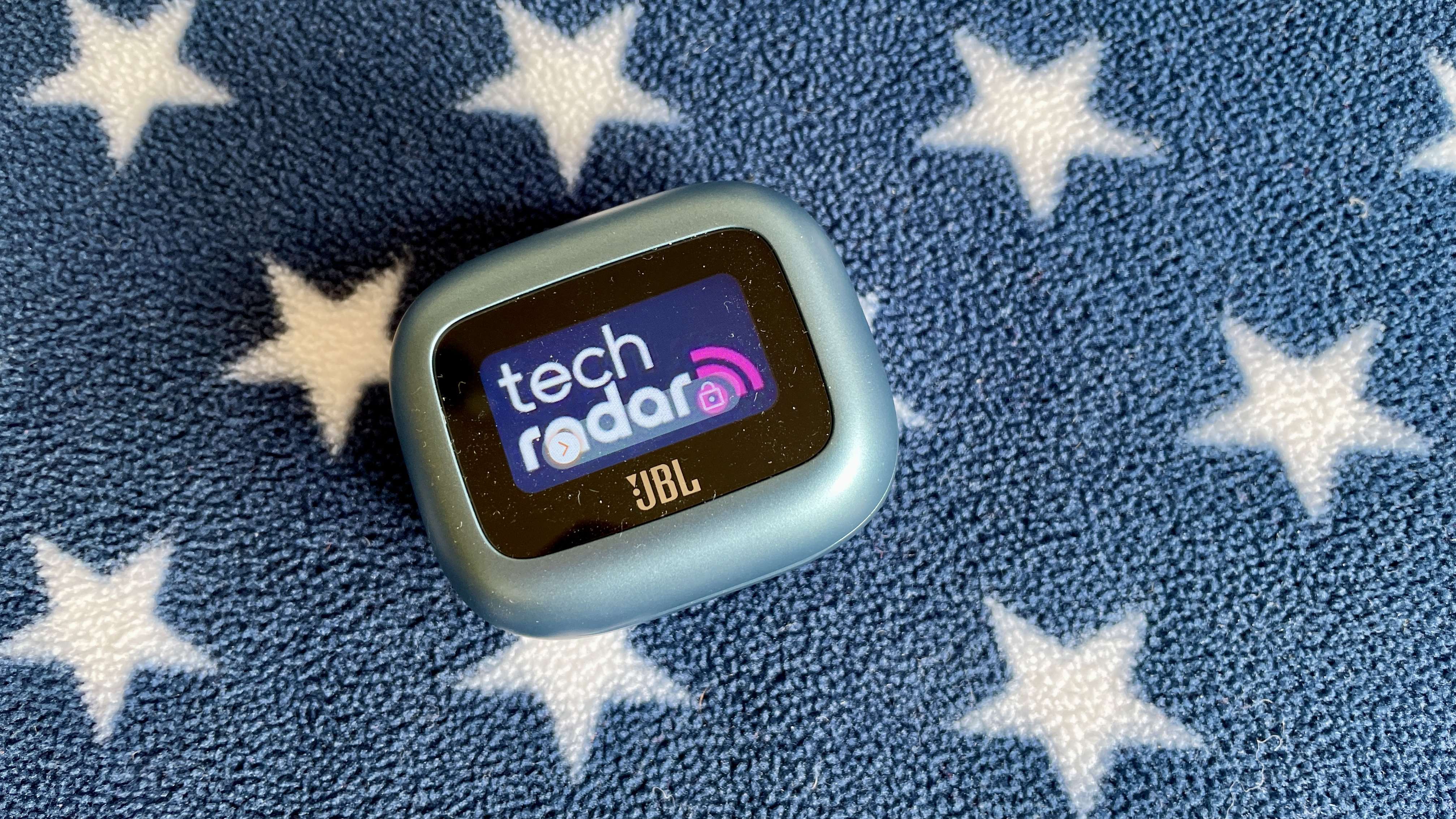
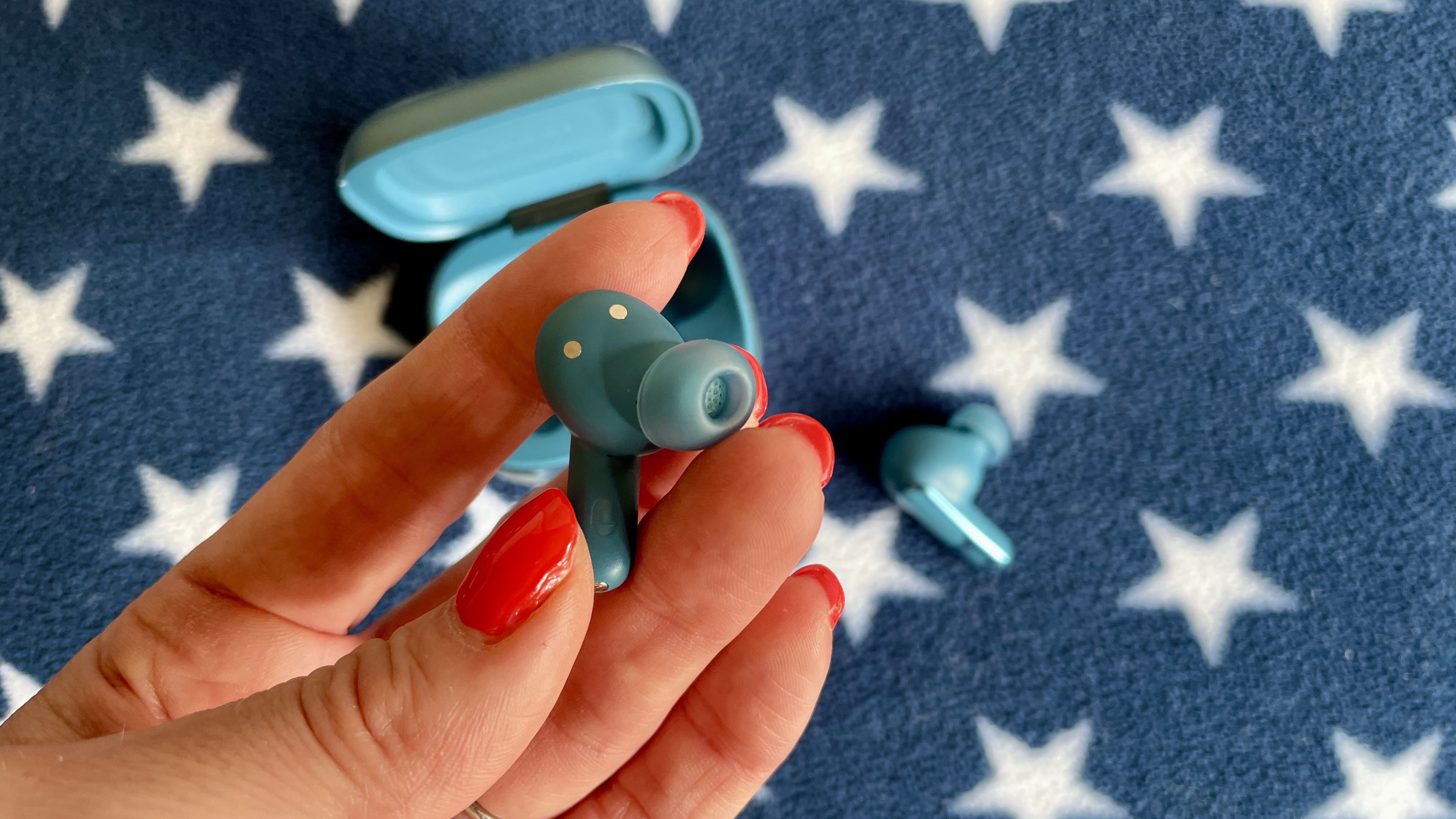
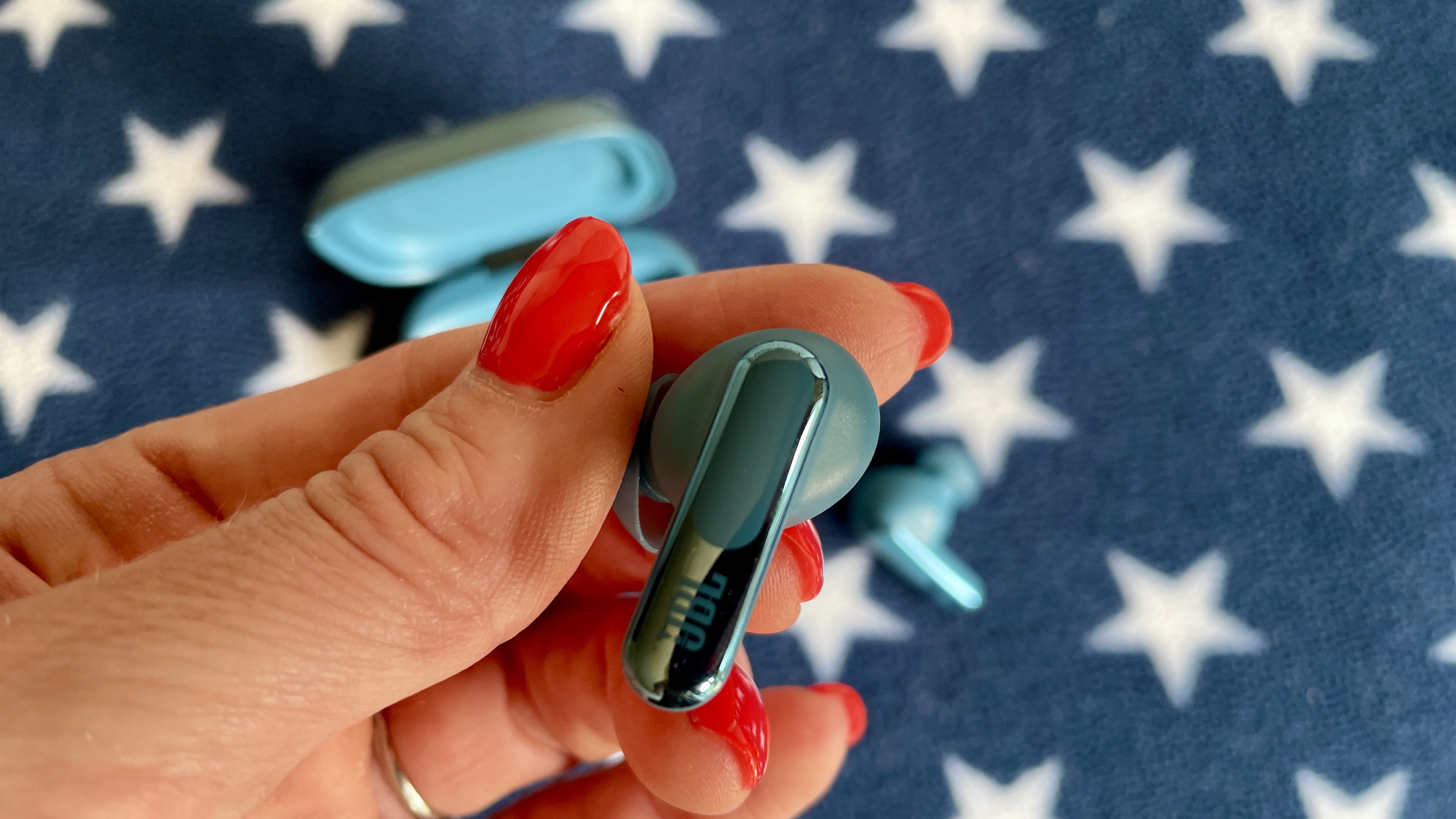
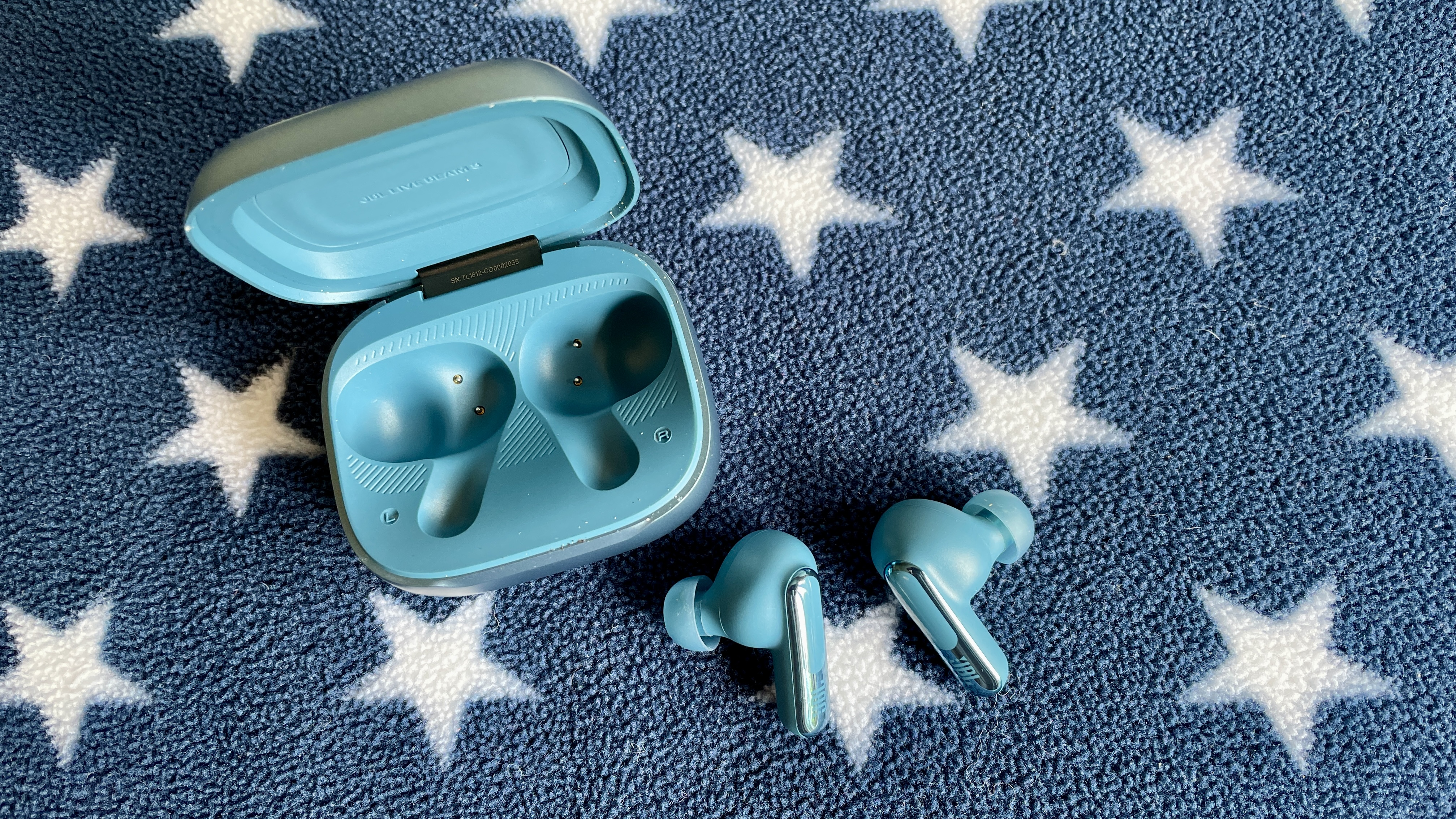
Specifications
Reasons to buy
Reasons to avoid
1-minute summary: The fact that they're in this guide as my 'best for battery' choice is valid. Because even though there's a whacking great touchscreen on the box, try as I might, I couldn't get it to affect the 12-hour stamina within the earbuds, or the 48-hour total including the case, during my tests. I'll be honest though, I also really wanted to get these earbuds into this guide to highlight both their lock-screen wallpaper novelty (which might remind you of the Polaroid stickers people used to adorn their phones with a few years ago), and that their sound is deadly serious. The audio quality in the Live Beam 3 is delicious; that famous Harman curve of rich bass and elevated treble, now represented in the best way. Also of note is Personi-Fi, which creates an excellent personalized sound profile, and JBL's splendid call-handling perks. OK, the spatial audio profiles didn't wow me, and the ANC is fine rather than ground-breaking, but so much else did surprise me that they're more than worthy of a spot here. And did I mention, they're not even JBL's flagship earbuds, so prices are refreshingly low?
Read our full JBL Live Beam 3 review

Reasons to buy
✅ You want the best battery: If you want a reliable pair of buds you'll rarely need to charge, you've found them. 10 hours with ANC on from the buds, and 48 hours total is massive.
✅ You like cool new tech ideas: Some people might think the screen on the case is a gimmick, others will love this addition and make great use of it. I think it works well.
✅ You enjoy personalized sound profiles: Fire up JBL's Personi-Fi test and get to listening – you'll soon see what all the fuss is about.
Reasons to avoid
❌ You're not always a fan of in-ears: Although they were comfy during testing, some people might find they go too far into your ear canals.
❌ Spatial audio is a priority: You do get some sense of immersion, but you won't get that directional, three-dimensional 'where are my earbuds' style presentation here.
❌ You want only-the-best ANC: The noise-cancellation here is good and there are plenty of options for tweaking it. But you won't get that 'bubble of silence' feeling that Bose delivers.
Show full expert analysis ▼
In-depth analysis

You think I'm going to lead with the smart case don't you? Sorry… Call-handling is fantastic, thanks to the numerous options JBL's supplied to enhance it, including Sound Level Optimizer, Sound Setting, Voice Setting, VoiceAware and Private Call Mode – all of which I've explained in-depth in my review. Suffice to say that during my tests, a combination of these meant my friend on the other end said I sounded as if I was just talking on the phone, which is rare. That surgical attention to detail here continues across the board with the Live Beam 3. Take the EQ: six EQ presets; Adaptive EQ for real-time adjustments; the option of toggling on 'Low Volume EQ' and even 'Leakage Compensation' to sort the sonics if the tips you've fitted don't provide a tip-top seal. ANC is a similar story. Customize functionality by toggling Adaptive ANC and/or Auto Compensation, which adjusts things based on your ear canal and wearing status once more – and if you switch Adaptive ANC off, you're presented with a slider that offers seven increments of noise-nixing. The big question is does it nix noise as deftly as the Bose QuietComfort Ultra Earbuds (Gen 2) or the AirPods Pro 3 can? Not quite. And the same goes for the JBL Beam 3's spatial audio profiles (movies, music or gaming have been supplied). But that's the only reason I knocked half a star off in this rating. And I haven't even mentioned Personi-Fi! After various hearing tests, you're presented with a written report, which offers a mini verdict on the compensation required for each ear and a shiny new profile just for you. And the screen means that if you like putting a picture of your pet or significant other on your earbuds (and why ever not?) there's no other case currently on the market that'll let you do that. Gimmicky? Sort of. Fun? Absolutely.

The JBL Live Beam 3 are cohesive, responsive and zealous across the frequencies. It seems a shame to listen to lowly Spotify streams when Sony's LDAC (from a compatible device such as a Sony Xperia smartphone) is on the menu. They're able to unearth an extra ounce of detail through the strummed guitars and vocal in Noah Kahan's acoustic Stick Season, but can also serve up Melissa Etheridge's guttural I'm the Only One vocal confidently and without muddying the track's bass-walking, axe-stalking grimy country feel. Sonically they're a big hit in my books and see JBL at their best. Think big, exuberant sound that knows when to have it large, but also when to pull back a tad to let certain instruments shine. It feels like high-end sound for mid-range money, which is a rare find.

I have small ears, but I found these buds incredibly easy to wear. Although it is worth noting that the shape of the earpiece means it'll sit quite far into your ear canal. Look at JBL's other designs if you don't like that feeling. The on-ear touch functions require a compromise (you need to ditch a set of functions – either Playback Control, Ambient Sound Control, or Volume Control) which is a drawback when other options let you do it all. But the good news is that's where my criticism ends. You'll either love the quirky case or hate it, but I think it's very fun. It means the box is deeper than your average case, but the little lanyard loop on the top right (as you look at the screen) is very cute. Because you've now got lock-screen wallpaper to show off! I really liked the fact that th build quality here – of both the case and the buds – feels resoundingly expensive. And actually, it isn't.

The JBL Live Beam 3's enviable battery life plus the joyous sound and call quality (with their plethora of customizations) are well worth the asking price here. And the noise cancellation will please almost everyone. Oh, and there's the fun touchscreen case too, which doesn't even affect the commendable stamina. Given the competitive asking price of the JBL Live Beam 3 (Bose's closest alternative costs $299 / £299 / AU$449, which is $100 / £120 or AU$200 more than the JBL – and there's no screen on the case there) there's an incredible amount to enjoy here for the price.
JBL Live Beam 3 test results
Sound quality (ANC on) | 4 / 5 |
Sound quality (ANC off) | 4 / 5 |
Mic quality | 4 / 5 |
Battery life (ANC on) | 10 hours |
Battery life (ANC off) | 12 hours |
Best wireless earbuds test results comparison
More wireless earbuds we've tested
AceFast AceFit Pro: A pair of open buds that look cool, but ultimately disappoint in several key areas, including a poor battery life, lack of features and several critical design issues. Read our full AceFast AceFit Pro review to find out more.
AKG N5: There’s plenty to like about the AKG N5, from impressive audio quality to a solid feature set. But design quirks and underwhelming battery life hold them back from standing out in a competitive field. As we found in our full AKG N5 review, they’re premium buds, just not quite at a price that feels justified.
Apple AirPods 4: Apple's newest ice-white stemmed buds arrived in September 2024, in two flavors. You can see our full AirPods 4 review for our thoughts on the non-ANC model, but the cheaper set don't feature here because, honestly, we think you can do better for your money.
Apple AirPods Pro 2: They're now beaten by the Pro 3 buds, but the older pair are still well worth your time. Not to mention they're great value for money if you can find them discounted. Battery life is average but in every other way they're seriously impressive, look cool and ANC is fantastic. Take a look at our full Apple AirPods Pro 2 review for more.
Anker Soundcore Liberty 5: These Anker buds are a great cheaper alternative to AirPods, which is what they're probably designed to be. They deliver detailed audio, solid bass and they're packed with features. Audiophiles would ultimately be disappointed, however, and ANC isn't anything special either. But do take a look at our Anker Soundcore Liberty 5 review for the full story.
Anker Soundcore Aeroclip: Open earbuds are having a real moment, and as you’ll see in our Anker Soundcore Aeroclip review, we loved this fresh take on the form factor, which clips around your ear. The audio is surprisingly good, and the fit is comfortable. There’s some sound leakage and not quite enough waterproofing to make them a top pick – but if you’re after an open design, they’re well worth checking out.
Anker Soundcore C40i: Another pair of open earbuds that have some notable pros, like decent 3D audio and an impressive bass response. But they ultimately can't compete with the sheer amount of top-performing rivals in this category, especially when comfort and battery life are lacking. Take a look at our full Anker Soundcore C40i review for more.
Apple AirPods 4 with Active Noise Cancellation: These sound great and have noise cancellation that's far better than we ever expected anything without a real in-ear seal to achieve. They also have impressive spatial audio, and lots of other smart features for iPhone users, which we explored in our AirPods 4 with Active Noise Cancellation review. However, the AirPods Pro 2 are basically always around the same price as these, and they're superior, so these don't make the list while that's true.
Bose QuietComfort Ultra Earbuds (1st Gen): The audio and ANC superiority of the new model has kicked these out of our list above, but if you can find them for a great discount while stocks last, we'd happily recommend them! They'll be a bargain around the $200 / £200 mark – especially because their noise cancellation is still second-best-in class. Here's our full Bose QuietComfort Ultra Earbuds review for more on them.
Bowers & Wilkins Pi6: These B&W buds feel premium, are comfortable to wear and sound great. As you'll see from our Bowers & Wilkins Pi6 review, we really enjoyed testing them. However, they are a little pricey, especially considering they're light on some of the top-tier features we'd expect to see, and we experienced some minor connectivity issues.
CMF Buds Pro 2: We recently tested these budget buds that come in a range of funky color options that put the usual beige, white and black options to shame. And we liked parts of them very much in our CMF Buds Pro 2 review, but the overall package just doesn't match the likes of the Nothing Ear (a) above, or other options.
Earfun Air 2 NC: These budget wireless earbuds are well worth considering if you're looking for effective ANC at a very low price. However, read our Earfun Air 2 NC review and you'll discover they don't deliver in terms of detail and we don't love the design either. Still, for the money they're not bad at all.
Earfun Air 4 Pro Plus: Expect great stamina from these buds with a lightweight build we enjoyed testing too. But, as you can see in our full Earfun Air 4 Pro Plus review, they're just not that great for sound and don't reach the high standard set by other rivals in this guide.
Edifier Lolliclip: Another strong open earbud option, the Lolliclip wraps around your ear and delivers impressive sound for the design. Uniquely, they also offer health tracking features like heart rate and blood oxygen monitoring. The companion app is a bit underwhelming, and EQ options are limited – but definitely check out our full Edifier Lolliclip review if you’re curious.
Google Pixel Buds Pro 2: Battery life in Google's August 2024-issue flagship buds is good, plus they're small and (hang it all) ridiculously cute-looking, but otherwise these Google buds were sadly disappointing across the board. We don't want to knock them any more here – we just want you to be aware of why they're not featured – but read our Google Pixel Buds Pro 2 review to find out why.
Happy Plugs Clip: Another pair of open earbuds and while these may look cool and we liked the charging case, they ultimately disappointed in some critical ways. Audio quality is poor, they're lacking in features and the design leaves a lot to be desired. Read the full details in our Happy Plugs Clip review.
Huawei FreeArc: If you’re curious about the open earbud trend, Huawei’s FreeArc buds are a great place to start. You’ll get top-tier sound, a comfortable fit, and a solid price point. As we note in our Huawei FreeArc review, they’re not flawless – getting the app can be tricky on some devices, and battery life is just okay – but if you’re intrigued, they’re well worth a closer look.
JLab Epic Open Sport: With thumping bass and an open ear design, these buds are a great choice for fitness. But they're not exactly cheap and competition is fierce in the open earbuds space, which is why they didn't quite make this guide but are still well worth considering if you need sports buds. Take a look at our full JLab Epic Open Sport review for more.
JLab Go Pods ANC: These super cheap JLab buds are a solid pick if you want effective ANC on a budget. They're not the most polished all-rounders but if your top priority is cutting noise without spending too much, then they're a smart choice. Read our full JLab Go Pods ANC review to find out more.
LG xboom Buds: We’re not going to lie, we were a bit disappointed by these buds. Yes, they sound good, especially the bass, and you get solid Auracast support plus a great companion app. But they fall short on style and comfort, which kept them out of our top picks. However, it’s worth reading our full LG xboom Buds review if you’re curious.
Noble FoKus Rex5: These bold-looking buds are finished to an incredibly high standard with great specs and a sound we described as "speedy and insightful" in our Noble FoKus Rex5 review. However, if your ears are on the small side, you're unlikely to get on with them as they're quite big. And if you like bass, they're lacking a bit in that low end.
OpenRock S: The open earbuds category is getting competitive and the OpenRock S do a good job at justifying themselves, with a stable fit, solid battery and affordable price. But they feel a little too functional with a charging case that's too chunky and an overall sound that falls short when compared to rivals. Read all the details in our OpenRock S review.
Sony LinkBuds Fit: We rated these as being some of the most comfortable and stable earbuds we've ever tested in our Sony LinkBuds Fit review, which is obviously perfect for the fitness audience they're aimed at. We said that their "bold sound" is ideal for workouts, and while the ANC isn't amazing, it does a good enough job. Annoyingly, though, the touch controls aren't as reliable as we'd like, and we really think they should come with more sizes of in-ear tips. Still, if you want Sony quality in workout buds, they're well worth consideration.
Sony WF-1000XM5: A massive pair of earbuds (metaphorically – they're really rather small in literal terms) that aren't on our list. Why? Well, they're good, but we don't think they're better than competing models at the same price – ie. Bose and Technics. As we said in our Sony WF-1000XM5 review, the ANC was sadly weaker than expected, and sonically they are beaten by the Technics EAH-AZ100 sitting pretty at the top of this guide.
Sony WF-C700N: These are five-star earbuds, and you can read why in our full Sony WF-C700N review, but the short version is that they're super-comfortable, have lots of great features, and sound fantastic for their affordable price. So why aren't they in the list? Because the Noting Ear (a) kicked them out by hitting all of the notes above, but slightly better in most ways. It's a tough world out there…
Sony WF-C710N: If you’re after another budget-friendly option, check out our Sony WF-C710N review. They’re not in this main guide because they’re not perfect – no LDAC support, the new colorway looks a bit cheap, and the on-ear controls could be better. But if you want affordable ANC that performs surprisingly well, they’re definitely worth a look.
Xiaomi Buds 5 Pro: Xiaomi's February 2025-issue wireless buds are better than the non-Pro Buds 5 (we tested the 'regular' Bluetooth option, not the concurrently-released Wi-Fi-enabled set) but they're twice the price, and although our Xiaomi Buds 5 Pro review is largely positive, we just felt there are better options out there for the money.
How to choose the best wireless earbuds
With so many wireless earbuds to pick from, how do you know which are right for you? There are a few key considerations you need to bear in mind.
The first is price. How much can you afford? You can get a good pair of wireless earbuds for under £100/$100. But often you do get what you pay for in terms of connectivity, build and noise cancellation.
Next up is form. Do you intend to hit the gym, bike or pavement with your earbuds? Then you'll need a design that'll stay put. Or maybe small and minimal is what you're after, so opt for a pair of discrete true wireless buds.
The best sounding earbuds are exactly that – our pick of the wireless earbuds that sound fantastic. These are far from the best cheap earbuds out there, but if you're passionate about hearing music with clarity, richness and powerful bass, these are the ones you need to consider.
It's still important to pick earbuds that feel good in your ears, but the models in our guide above have been picked for sound quality first and foremost, with those that excel in extra features such as noise cancellation or workout-friendly designs noted separately.
What kind of speakers do wireless earbuds use?
All the wireless earbuds in our guide produce their sound using dynamic drivers, so that's one tech element you don't have to thing about. This is the most common kind of speaker technology in everything from big loudspeakers to over-ear headphones to earbuds. To explain how dynamic drivers work, and why they’re so dominant in wireless earbuds, we spoke to Andy Kerr, Director of Product Marketing and Communications at Bowers & Wilkins, which has over 60 years of experience creating these kinds of drivers in both headphones and loudspeakers.
“Dynamic drivers use a magnet, a voice coil (typically made from winds of copper wire wound around a circular form), and a diaphragm/drive unit (a thin cone of material that makes the sound). The narrow end of the diaphragm's cone is attached to the voice coil; the wide end of the diaphragm is held in place by a rubber surround, also called ‘suspension’. When electrical current is supplied to the voice coil, it becomes electromagnetic. This creates a push-pull interaction between the coil and the magnet, which it is coiled around, causing the coil to move up and down over the magnet rapidly. Since the coil is attached to the bottom of the drive unit, its movement pushes the drive unit up and down in response, creating sound pressure waves that your ears and brain translate into sound,” explains Kerr.
“A single dynamic driver can be made very compact, is light, and is highly efficient in terms of battery life, which is of course hugely relevant in the age of wireless earbuds. Dynamic drivers are also very popular in headphone designs essentially because they give companies like Bowers & Wilkins a way to use our knowledge and experience from designing and manufacturing them – for both loudspeakers and headphones – while customizing and continually improving the technology over time. For example, our approach to drive unit design combines stiffness in the material (for accuracy and fast response) plus good excursion (meaning how far the diaphragm is capable of moving, for deeper bass performance) that's equally important for both earbuds and loudspeakers."
Dynamic drivers are not the only earbuds driver technology available: planar magnetic is the most common other type, and we’re about to see the launch of more earbuds using a new solid-state driver. Some earbuds also combine a dynamic driver with a smaller solid-state driver to create a wider sound range, which is often known as dual-driver technology. It’s possible to have more than two drivers in earbuds, but it’s very uncommon in wireless earbuds.
What is noise cancellation in earbuds?
One of the hottest features in wireless earbuds right now is active noise cancellation (ANC) – this used to be the preserve of premium buds, but is now common even among many budget models.
All in-ear earbuds block some noise thanks to the seal formed between the ear tips and your ear canal. This stops a lot of noise coming in, and is known as 'passive' sound isolation.
But active noise cancellation goes a step further to remove outside noise from what you're hearing. The technology was introduced by Bose, and the company has been making ANC tech for over 30 years, so we asked John Rule, Senior Engineer at Bose Corporation, to explain noise cancellation.
"Today, noise cancellation in the majority of headphones and earbuds is achieved through a combination of both active and passive technologies. For active noise reduction, sophisticated electronics work with microphones both inside and outside the earcups to sense the sound around you and then measure, compare, and react – instant by instant – to produce an opposing cancellation signal," says Rule.
Imagine you're trying to walk in a straight line, and someone is pushing you from one side to stop you walking straight. That's outside noise, interfering with what speakers are trying to do. Now imagine someone pushes you from the other side in a way that exactly balances out the first push, so you're walking straight again – that's active noise cancellation, counteracting the interference by 'cancelling' it out.
Bose's John Rule emphasizes that it's not just the circuitry doing the work, though. He says, "Passive noise reduction also plays a role in headphone performance. When you place an earcup over your ear or an earbud in your ear, some noise is physically blocked. The cup or bud design, materials used, clamping force of the headband, shape of the ear tips, and many other factors contribute to a comfortable fit while providing a good seal against incoming noise. When active and passive elements are combined, the result is cancellation of the noise you don’t want to hear, such as a plane engine or annoying vacuum. This lets you hear what you want, whether that’s your music or silence."
Wireless vs true wireless: what's the difference?
Wireless earbuds have existed for a while now, basically since Bluetooth was invented. Though battery-powered and not physically connected to your phone, they have a cord connecting both buds – and sometimes a band around the neck too.
True wireless earbuds have no cord whatsoever. While wireless allows us to wear headphones a few feet away from our music players, True Wireless cuts the cord between the earbuds, giving us true freedom. If you're looking to go full wireless, we also have a round-up of the best true wireless headphones, but you'll find our top picks here, too.
Wireless headphones are traditional over-ear or on-ear headphones without the wire – the two earcups are connected by a headband. Check out the best wireless headphones for more.
Which brand of wireless earbuds is best?
In this guide we've included all of the best audio tech and earbuds brands on the market today. But the question of which brand is best depends on what you're looking for.
Sony is certainly one of the best wireless earbuds brands, and one of the best audio brands generally. It consistently brings out great-sounding products and has led the way with fantastic true wireless earbuds year-on-year. The Sony WF-1000XM5 didn't make it into this list for reasons given a little above, but we still gave them a very positive review! You really can't go wrong at any budget with Sony's range right now.
If you're looking for a pair of premium wireless earbuds and have a high budget for a new pair, then check out high-end brands like Bose – though Technics is a great audio name that's currently having a fantastic product run. Otherwise, if you're looking for a budget pair of earbuds, the Nothing Ear (a) are currently our best budget choice. But Earfun and JLab also make some of our favorite cheaper wireless earbuds.
Which wireless earbuds are best?
Right now, we currently rate the Technics EAH-AZ100 as our favorite balancing price, sound quality and features. They're not cheap, but they're worth every penny.
However, if you have more specific priorities, you might want to consider other buds in our list. Like the the Nothing Ear (a) if you're on a budget. Or the Bose QuietComfort Ultra Earbuds (Gen 2) if you want the best ANC buds you can buy.
What are the best value for money wireless earbuds?
All of the options in our best wireless earbuds guide are good value for money. However, if you're looking for a budget pair of buds we've got some of those too.
The Nothing Ear (a) are our top budget pick because they're cheap, offer great audio and they're comfortable. Top value all round. If you're looking for super budget, the JLab Go Air Pop are incredibly cheap at under £20/$20. They sound great for the price and are light, small and comfy. If you want a pair of budget buds that also pack in ANC, take a look at the Earfun Air Pro 3, which are discounted at the time of writing to $79 / £79.
Which is better: Bose or Beats?
In the battle between Bose and Beats, it depends what you're looking for. In our opinion, Bose is the better option for sheer audio performance and noise cancelling tech. The Bose QuietComfort Ultra Earbuds (Gen 2) can't be beaten in terms of ANC.
However, Beats earbuds offer a great fit and excellent sound. Particularly the Beats Fit Pro, which we highly recommend if you're looking for a pair of earbuds for working out. They're also a little more affordable than Bose options and have a more stylish design.
Which wireless earbuds are just as good as Apple AirPods?
The most recent AirPods Pro 3 are excellent if you want a comfy fit, quality audio, excellent ANC and have an iPhone as there are some feature only iOS users can access. They're even marginally cheaper than some of the competition, which is not something we get to say about Apple a ton… However, the Technics EAH-AZ100 have them beaten for cross-platform support and sound quality. In terms of ANC, the Bose QuietComfort Ultra Earbuds (Gen 2) are slightly better than the AirPods Pro 3 – though they are similar, that might come down to personal preference.
When it comes to the cheaper AirPods models, we think there are lots of better option, especially for value. The Nothing Ear (a) are the big alternative we'd point you towards if you're looking at non-pro AirPods.
What are the best wireless earbuds for Android?
Our top three picks in this guide are all a perfect match for Android phones, and cover a broad range of budgets: we think the Technics EAH-AZ100 are the best overall, but at a premium price; the Nothing Ear (a) are an incredible option that's more affordable but still has premium features for a budget option.
However, if you have a Samsung phone in particular, you should strongly consider the Samsung Galaxy Buds 3 Pro, which have special features that specifically work with Samsung phones, including great spatial audio and higher-quality audio support.
How we test the best wireless earbuds
☑️ More than 2,400 audio reviews
☑️ 16 years of product testing
☑️ Over 16,000 products reviewed in total
☑️ Nearly 200,000 hours testing tech
We've tested every pair of wireless earbuds in this guide to ensure they meet some key criteria, all detailed in our full reviews. But to give you an insight into our process, we’ve detailed what we’re looking for below. You can read our full article on how we test earbuds if you want to learn more.
AI: When you see “AI” mentioned with earbuds or headphones, it usually means machine learning and algorithms are being used to enhance some part of your listening experience. Read our AI in your earbuds guide to find out exactly what this means and what to look out for.
ANC: In terms of active noise cancellation, we want to find buds that work well to drown out ambient noise day-to-day in a variety of environments. We test them in our pretty typical office environment, out walking in city traffic, and on public transport.
Audio: We're looking (listening?) for earbuds that sound good first and foremost – we want to hear clear, rich audio that does justice to every genre. We listen to both high-quality source music, as well as lower-quality streams, as well as movies and videos. Voices should be natural, instruments should stand out from each other, and there should be a good sound balance overall between bass, mid-range and treble.
Comparison: This isn't the only music our reviewers will listen to, obviously – but by using these songs as the starting point, we can make specific and direct comparisons between earbuds, while will make it easier for you to follow the subtlety of their differences, we hope. Then our reviewers can use other tracks to explore the individual nuances of each pair of earbuds.
Features: We also consider battery life, testing claims ourselves to ensure that most of the buds we pick will last long enough to not be annoying. And then we look at extra features, such as sound personalization and other app support – this can make a big difference to the overall value of two earbuds that are the same price.
Microphone testing: We also test the microphones, and to help you choose the right earbuds, we record ourselves reading a particular passage, and embed them here, so you can simply play back the recordings and see what you think. These are recorded indoors and to a basic recording app, for consistency – we'll also test them out in the wind and with background noise, during cellular calls, as part of our overall judgment.
Sound quality testing: The starting point of our process is that our reviewers use a particular playlist of songs as their first port of call for listening to the sound quality of the earbuds. We'll listen to these songs with active noise cancellation turned both on and off, to see if there are any differences in the detail or balance. The playlist is available for anyone to copy on your streaming service of choice, with notes on elements to listen out for, if you'd like to try it.
Value and comparison: Of course, all of our testing is then balanced against lots of other factors, not the least of which is price. We know that a pair of cheap earbuds won't sound as good as premium ones – so we're judging them against competition at the same kind of price, not against something wildly different.
Latest updates to the best wireless earbuds
December 8, 2025
Refreshed the introduction. Added the Earfun Air 4 Pro Plus into our 'also consider' list. Checked all of the copy in the guide to ensure everything is up to date.
November 7, 2025
Refreshed the introduction. Added the AirPods Pro 3 to replace the older AirPods Pro 2 model, which are now in our 'also consider' list. Checked all of the copy to make sure everything is up to date.
September 30, 2025
Refreshed the introduction. Added in details of the next generation of products we're reviewing, including the AirPods Pro 3 and Nothing Ear (3), just in case readers want to wait to find out how we rate them before they buy our recommendations here. Refreshed our 'how we test' section and adding in mention of AI. Added the JLab Go Pods ANC buds to our 'also consider' section, after recent testing.
August 4, 2025
Switched the Nothing Ear (a) to our 'Best budget' option after recent price drops. Added the Cambridge Audio A100 as our 'Best mid-range' pick. Removed the 'Best cheap ANC' entry, because that's now well covered by the Nothing. Added the new Bose QuietComfort Ultra 2nd Gen as our best pick for active noise cancellation. Added several new entries we've recently tested into the 'More we've tested' section based on recent reviews.
June 3, 2025
Added the Huawei FreeArc as the top pick in a new 'best open earbuds' category. Also added a handful of new product recommendations into our list of other earbuds we've tested based on recent reviews.
Read more updates
May 2, 2025
Added several new recommendations into our 'also consider' section based on recent testing.
April 10, 2025
Added a new 'Quick List' to the top of the guide to make it easier for readers to quickly find what they're looking for. Checked to make sure all copy is bang up to date and reflects our current top picks.
March 17, 2025
Updated the intro to reflect current tech trends and designs. Added new recent entries to our list of other products we've tested, including one from Xiaomi.
February 17, 2025
Checked all products against our latest reviews. Added new recent entries to our list of other products we've tested. Updated our explanation of how we test to be easier to read through.
January 17, 2025
We have a new pair of buds at number one! The Technics EAH-AZ100 replace the Technics EAH-AZ80, thanks to their improved sound quality, strong battery life, and the addition of great extra features including Dolby Atmos spatial audio.
December 24, 2024
Checked all products against our latest reviews. Added more information to our list of other earbuds we've reviewed.
November 26, 2024
Replaced the Bose QuietComfort Earbuds 2 as our 'best for ANC' pick with the Bose QuietComfort Ultra Earbuds based on our testing. The Ultra buds are newer and are now reduced, making them a better option for most people – the older model is also now largely out of stock.
November 22, 2024
I rewrote the introduction to this guide to explain more about how we choose and compare the wireless earbuds, and what kind of testing and development backs up our recommendations.
November 13, 2024
Removed some links from this guide. Added a dedicated Black Friday advice section, to better direct readers to potential deals I'm already seeing.
November 1, 2024
We rewrote and redesigned this guide with more information about each product, to make it easier to see which buds will be the best fit for you.
October 7, 2024
Replaced the JLab JBuds Mini with the Sony WF-C510 as our 'best budget' pick based on our review.
September 19, 2024
Replaced the Samsung Buds 2 Pro with the Samsung Buds 3 Pro based on our review. Refreshed our guide to other earbuds worth consideration.
September 3, 2024
Corrected an error with the product listings in this guide.
August 6, 2024
Updated our note on other earbuds to consider based on our latest reviews.
July 12, 2024
Added the JBL Live Beam 3 as the best wireless earbuds for a long battery life, based on our recent review.
June 12, 2024
Added test result scores from our real-world testing methodology to each product, as well as a comparison table, to make it easier to see which earbuds sound best, and have the best real battery life. You can also listen to samples from the microphones on each pair of earbuds.
May 22, 2024
Updated the 'Also consider' section with information on recently reviewed earbuds and why they didn't make the list.
April 23, 2024
Swapped Sony WF-C700N for Nothing Ear (a) based on our reviewer's experience with both products. Updated the 'Also Consider' section with information about other recent earbuds that didn't make the list.
March 21, 2024
Removed Sony WH-1000XM4 due to stock running extremely low. Moved Technics EAH-AZ80 as our new #1, and reordered other products to round out our selections.
February 29, 2024
Checked all products against latest reviews and pricing. Updated the 'Also consider' section with new products, and added more information to our 'How to choose' section'.
January 29, 2024
Added the Final ZE8000 as the best option for excellent sound quality. Checked all other products against out current reviews, and added a new 'Other wireless earbuds to consider' section to help provide context to our choices.
December 20, 2023
Updated the list to remove the Cambridge Audio Melomania 1 Plus, which is no longer available to buy. Rewrote some entries to add more comparisons between products on our list.
November 10, 2023
Checked all products against our latest review. Added more at-a-glance buying advice for all earbuds in the list.
October 5, 2023
Updated the order of rankings and completely refreshed the format of the guide to include a new quick menu to make it easier to find right buds to suit your needs.
TechRadar earbuds coverage
Buying guides
- Best earbuds
- Best noise-cancelling earbuds
- Best open earbuds
- Best AirPods
- Best wired earbuds
- Best earbuds for small ears
- Best workout headphones
Top reviews
- Apple AirPods 4 review
- Sony WF-1000XM5 review
- Bose QuietComfort Earbuds review
- Nothing Ear (3) review
- Beats Powerbeats Pro 2 review
- Sony WF-C710N review
Explainers
- How to choose and buy earbuds: avoid buying the wrong earbuds for you with our handy guide
- What is active noise cancellation? Everything you wanted to know about ANC headphones (but were too afraid to ask)
- AI in your earbuds: what it means, the types of AI available, what's in the pipeline – and how you can avoid it if you want
- What is Hi-Res Audio? Lossless music explained (and how to get it)
First-hand experience
- Need cheap wireless earbuds right now? Here are the three best options I’ve tested
- I tested $5 wireless earbuds and they didn’t even last a week – here’s what I learned
- It took 30 seconds of rain for me to realize: open earbuds are a genuine running essential
- Want to get into audiophile-grade sound? I’d start with these excellent yet affordable wired earbuds
Sign up for breaking news, reviews, opinion, top tech deals, and more.

Matt is TechRadar's Managing Editor for Entertainment, meaning he's in charge of persuading our team of writers and reviewers to watch the latest TV shows and movies on gorgeous TVs and listen to fantastic speakers and headphones. It's a tough task, as you can imagine. Matt has over a decade of experience in tech publishing, and previously ran the TV & audio coverage for our colleagues at T3.com, and before that he edited T3 magazine. During his career, he's also contributed to places as varied as Creative Bloq, PC Gamer, PetsRadar, MacLife, and Edge. TV and movie nerdism is his speciality, and he goes to the cinema three times a week. He's always happy to explain the virtues of Dolby Vision over a drink, but he might need to use props, like he's explaining the offside rule.
- Becky ScarrottAudio Editor